Blog & News Section
Safety Insights & Industry Updates.

The Crucial Role of Top Management in Achieving ISO 22002 Compliance
Explore how top management's leadership drives ISO 22002 compliance, ensuring robust food safety management through commitment, policy, and oversight.
FSMS leadership, ISO 22002 compliance, PRP implementation, food safety prerequisites, leadership in food safety, management commitment, top management role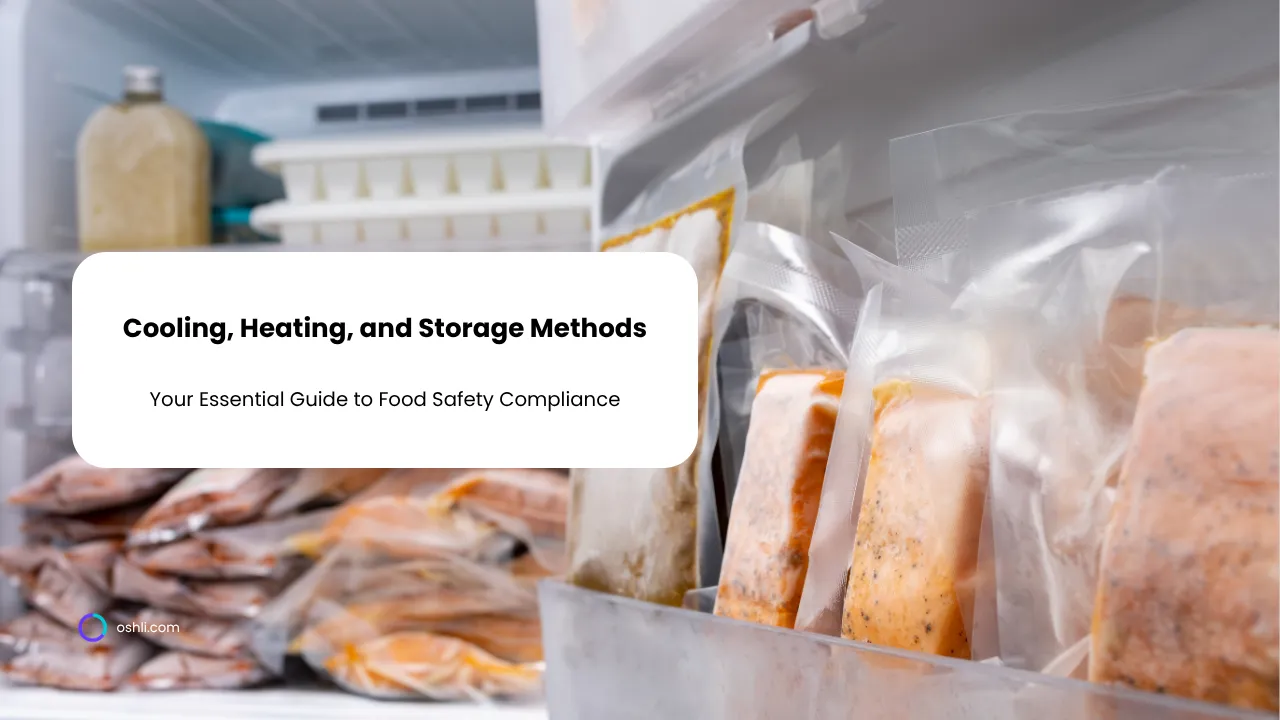
Cooling, Heating, and Storage Methods: Your Essential Guide
Discover how to create a cooling, heating, and storage methods template to ensure food safety, meet compliance, and optimize temperature control with free templates.
HACCP-compliant food storage and temperature control tips, best practices for reheating leftovers safely, food storage guidelines for fridge, freezer, and pantry, how to cool hot food quickly and safely, proper heating techniques to maintain food safety, safe food cooling methods to prevent bacterial growth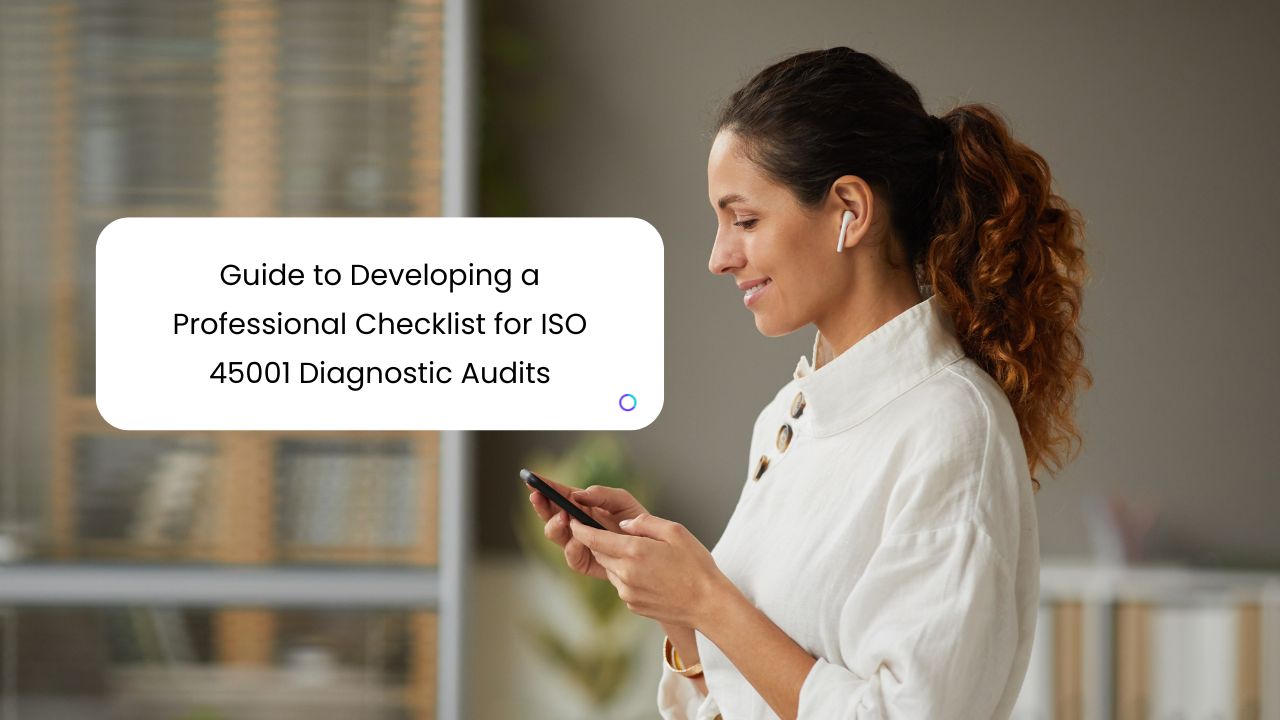
Guide to Developing a Professional Checklist for ISO 45001 Diagnostic Audits
The ISO 45001 standard establishes a framework for Occupational Health and Safety Management Systems (OHSMS), aiming to enhance employee safety, reduce workplace risks, and create safer working conditions. A diagnostic audit aligned with ISO 45001 is a proactive approach that allows organizations to assess current compliance, identify weaknesses, and prioritize improvements. Central to this process is a professionally structured checklist that ensures consistency, accuracy, and depth in audit execution.
Developing Audit Checklist, Diagnostic Audit ISO 45001, ISO 45001 Audit Guide, ISO 45001 Checklist, OH&S Audit Checklist, Workplace Safety Audit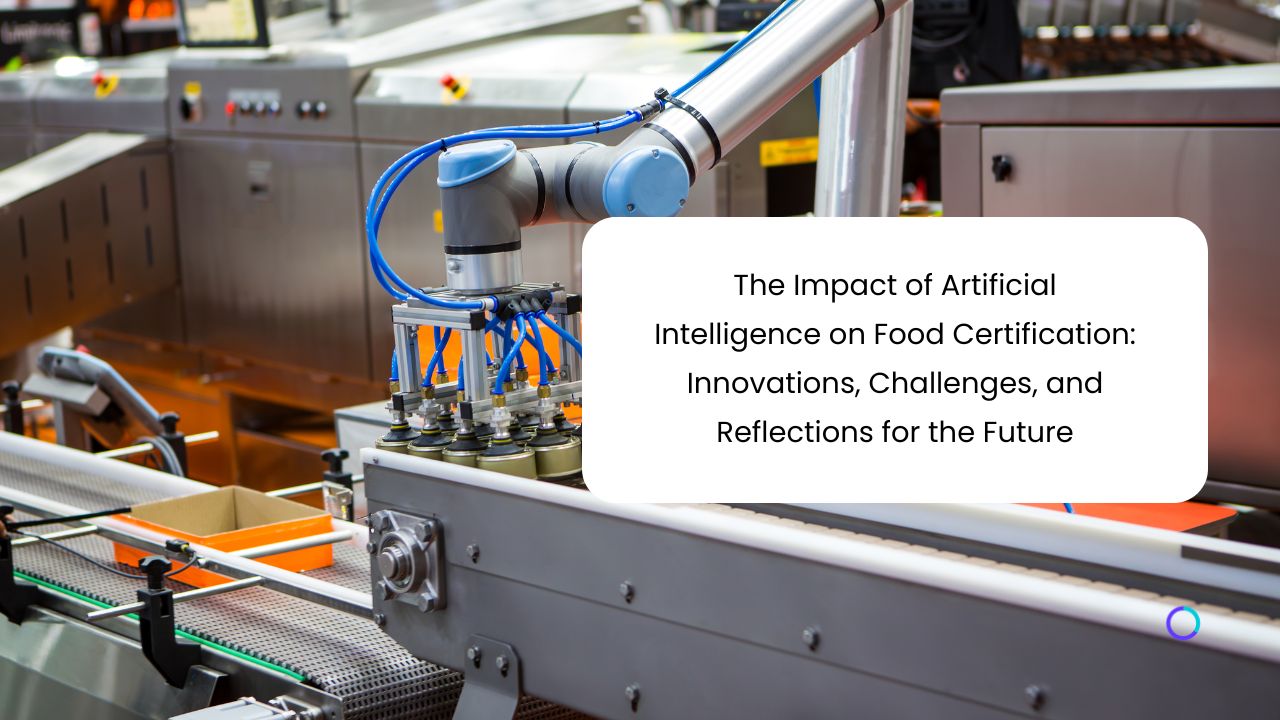
The Impact of Artificial Intelligence on Food Certification: Innovations, Challenges, and Reflections for the Future
Food certification has long been a cornerstone for ensuring the quality, safety, and consumer trust in the products we eat. In recent years, artificial intelligence (AI) has been transforming various sectors—and food certification is no exception. This article, written in approximately 3000 words, dives deep into how AI is reshaping the world of food certification. It explores the benefits, the uncertainties, and raises questions that invite us to rethink the traditional models of food safety.
AI Food Certification, AI Food Industry Challenges, Artificial Intelligence Food Safety, Food Certification Technology, Future of Food Certification, Innovations Food Certification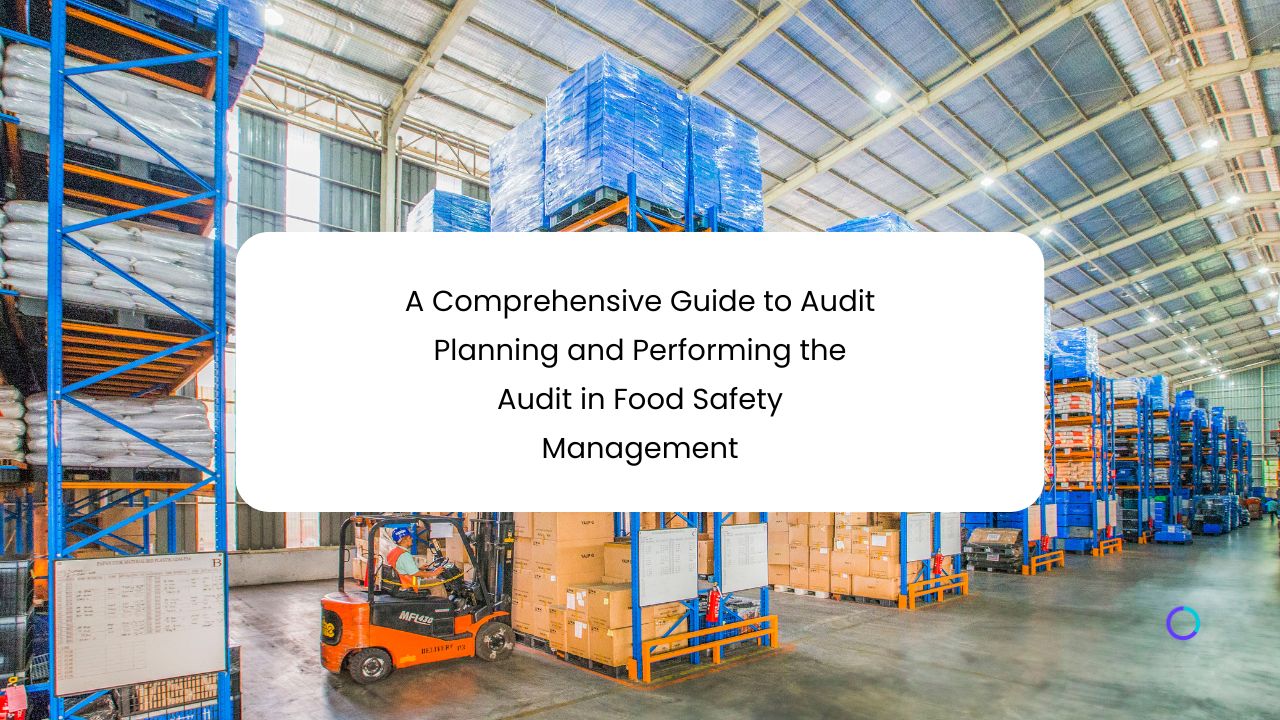
A Comprehensive Guide to Audit Planning and Performing the Audit in Food Safety Management
Learn how to plan and perform effective food safety audits, from defining audit objectives and scope to conducting document reviews, interviews, and on-site inspections. This comprehensive guide covers risk management, selecting audit methods, assigning audit team roles, and generating meaningful audit findings for continuous improvement.
Audit Performing Food Industry, Food Industry Audits, Food Regulations Audit, Food Safety Audit Planning, Food Safety Management Audit, HACCP Audit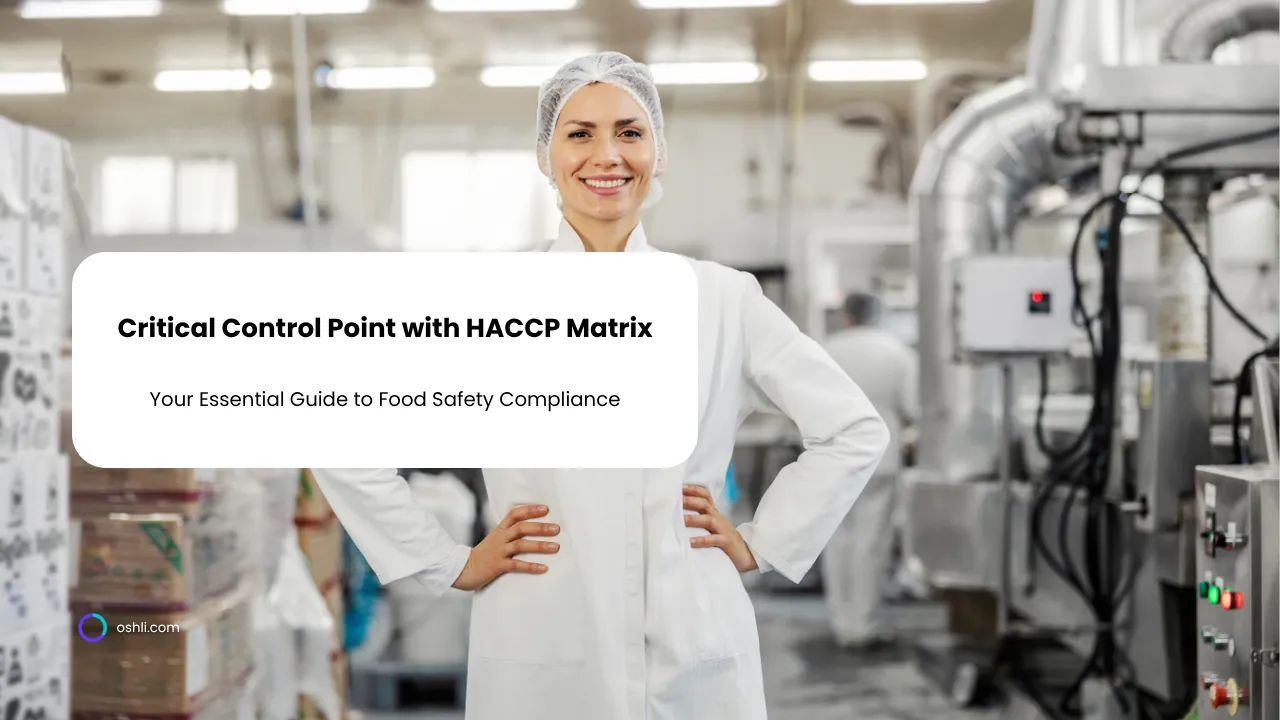
Define Critical Control Point with HACCP Matrix: Your Essential Guide
Discover how to define critical control point with HACCP matrix to ensure food safety, meet compliance, and streamline operations with free templates.
HACCP compliance: how to document and monitor Critical Control Points, HACCP matrix template for defining Critical Control Points, best practices for implementing CCPs in food production, difference between CCPs and PRPs in food safety management, how to identify CCPs using a HACCP matrix step-by-step, what is a Critical Control Point (CCP) in HACCP?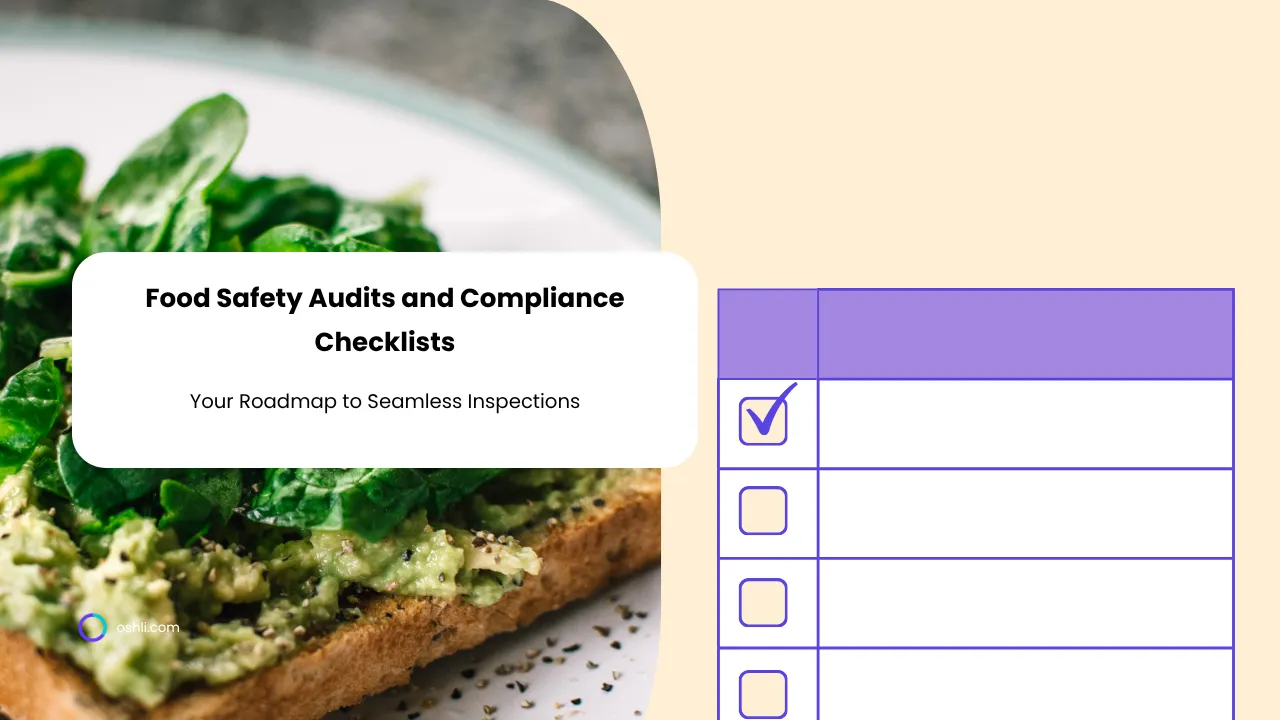
Food Safety Audits and Compliance Checklists: Your Roadmap to Seamless Inspections
Unlock the secrets to acing food safety audits with practical checklists, a ready-to-use template, and insider tips that make compliance your competitive advantage.
food safety audits, food compliance checklists, food safety audit guide, food safety inspections, road map food safety, seamless inspections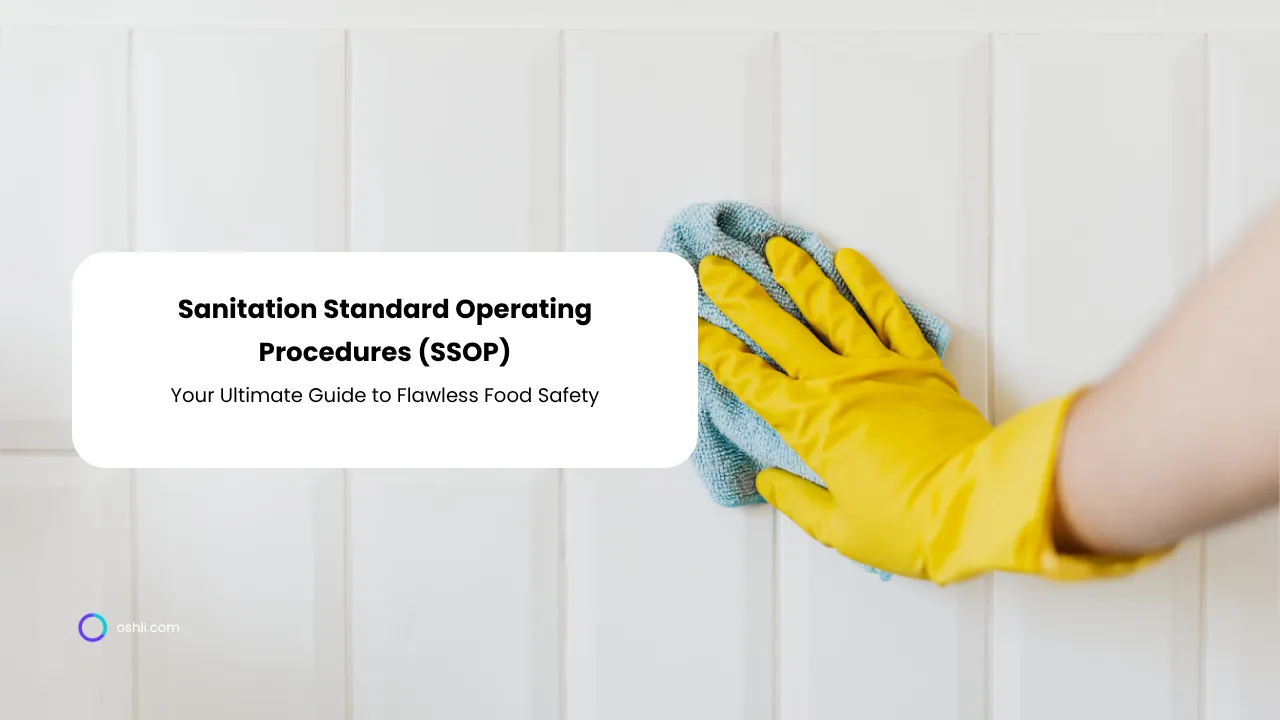
Sanitation Standard Operating Procedures (SSOP): Your Ultimate Guide to Flawless Food Safety
Dive into SSOP mastery: Learn how sanitation standard operating procedures build a hygiene fortress, complete with a customizable template and real-world strategies for compliance.
SSOP checklist, SSOP food industry, commercial kitchen sanitation, food processing sanitation, food safety SSOP, sanitation SOP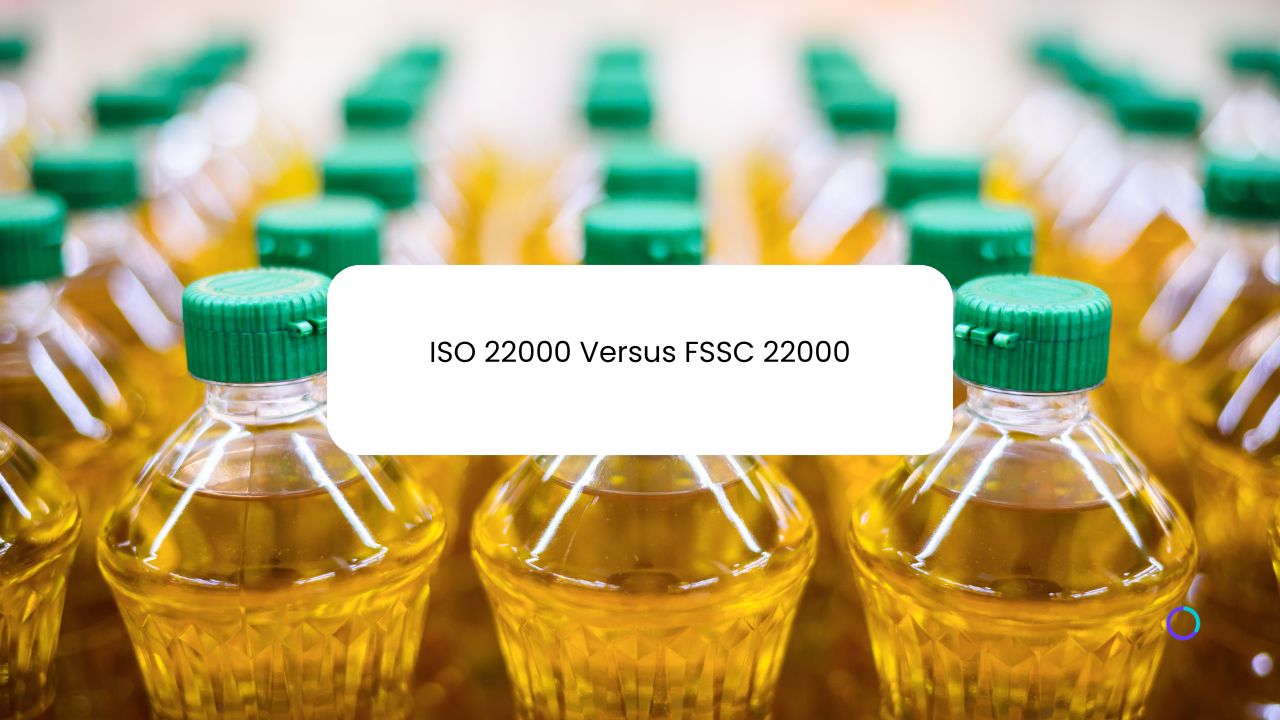
ISO 22000 Versus FSSC 22000: Understanding Key Differences and Implementation Strategies in Food Safety Management
In this comprehensive article, we will explore the essential elements of **FSSC 22000**, compare it with **ISO 22000**, and delve into related topics such as the **Global Food Safety Initiative (GFSI)**, prerequisite programs (PRPs), certification requirements, and steps toward achieving FSSC 22000 certification. By the end of this discussion, you will gain a deep understanding of these critical food safety standards and be well-positioned to make informed decisions regarding their implementation.
FSSC 22000 Implementation, FSSC 22000 vs ISO 22000, Food Safety Certification Strategies, Food Safety Standard Comparison, GFSI vs ISO 22000, ISO 22000 vs FSSC 22000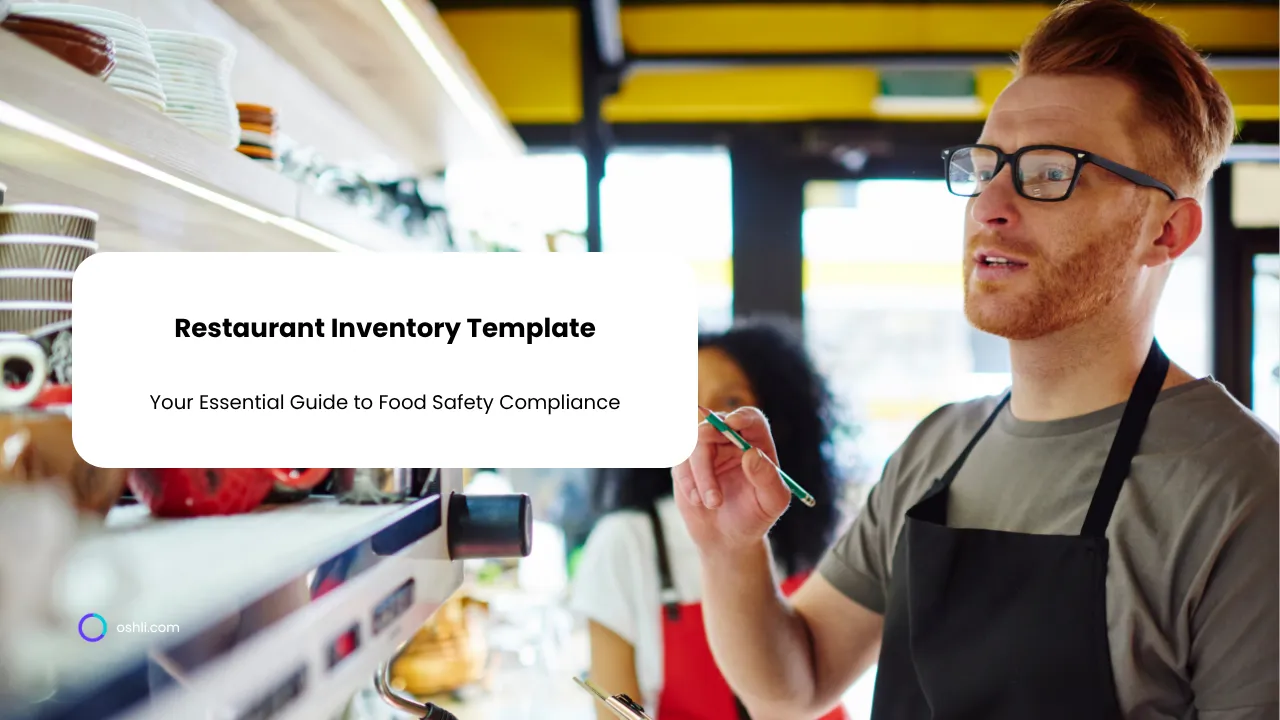
Restaurant Inventory Template: Your Essential Guide
Discover how a restaurant inventory template simplifies stock control, reduces costs, and boosts efficiency with free, customizable downloads.
food inventory template, inventory guide restaurant, restaurant inventory management, restaurant inventory spreadsheet, restaurant inventory template, restaurant stock control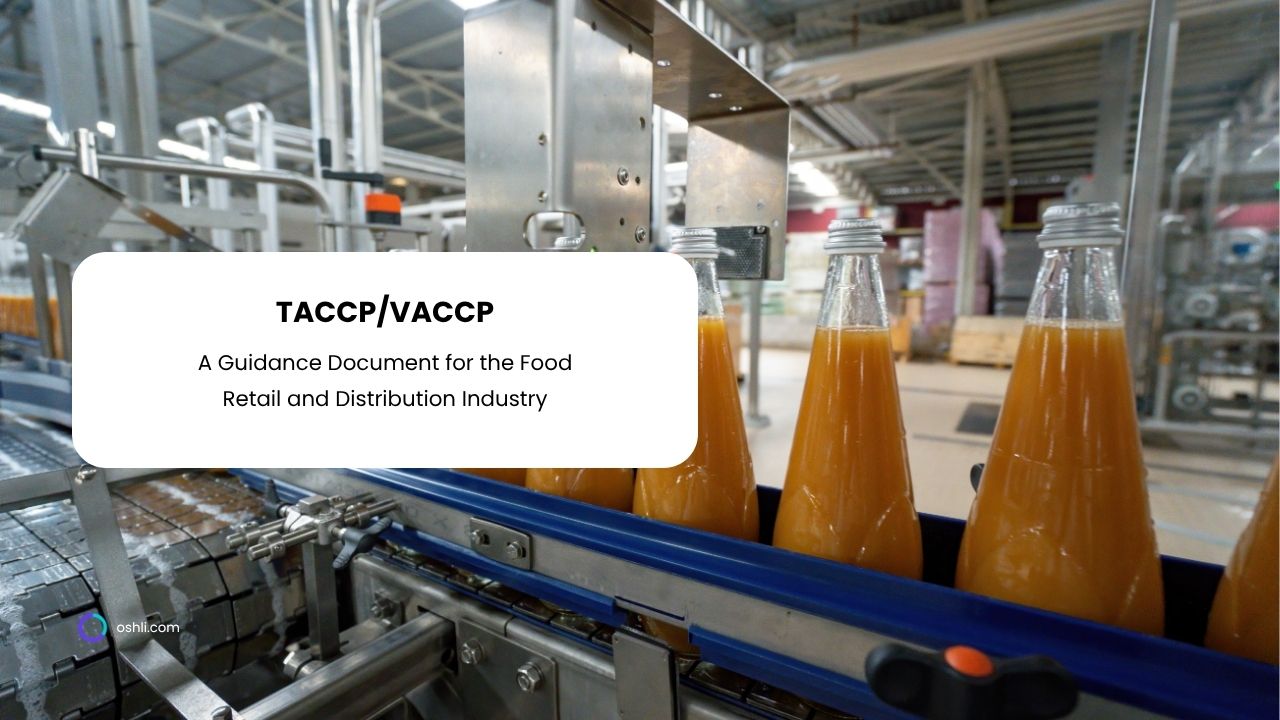
TACCP/VACCP: A Guidance Document for the Food Retail and Distribution Industry
Practical guide to implementing TACCP and VACCP in food retail and distribution, covering team formation to mitigation strategies and continuous review, to strengthen defense and fraud prevention in the supply chain.
ISO 22002, retail, HACCP, TACCP, VACCP, distribution, food defense, food fraud, mitigation strategies, supply chain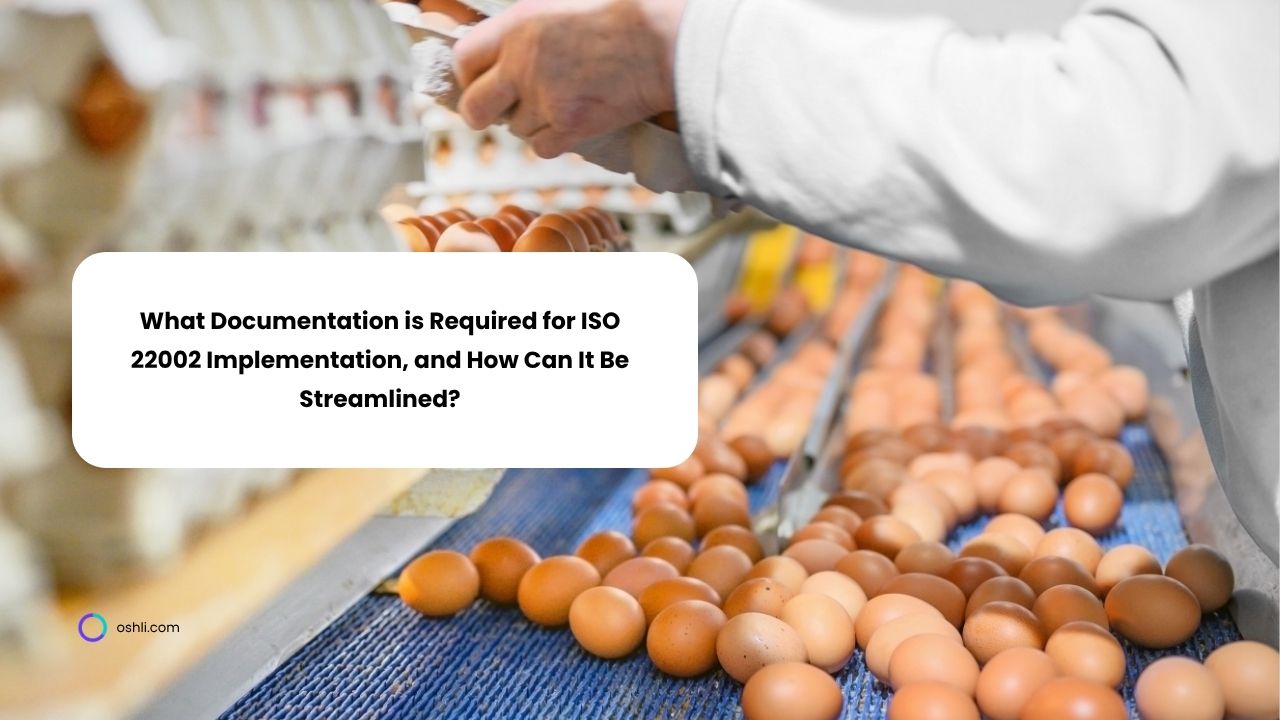
What Documentation is Required for ISO 22002 Implementation, and How Can It Be Streamlined?
Implementing ISO 22002 requires robust documentation for prerequisite programs (PRPs) to ensure food safety. This guide outlines essential documents and shares friendly tips to streamline the process for smoother compliance.
ISO 22002, ISO 22000, prerequisite programs, PRP requirements, food safety documentation, food safety management system, streamlining ISO implementation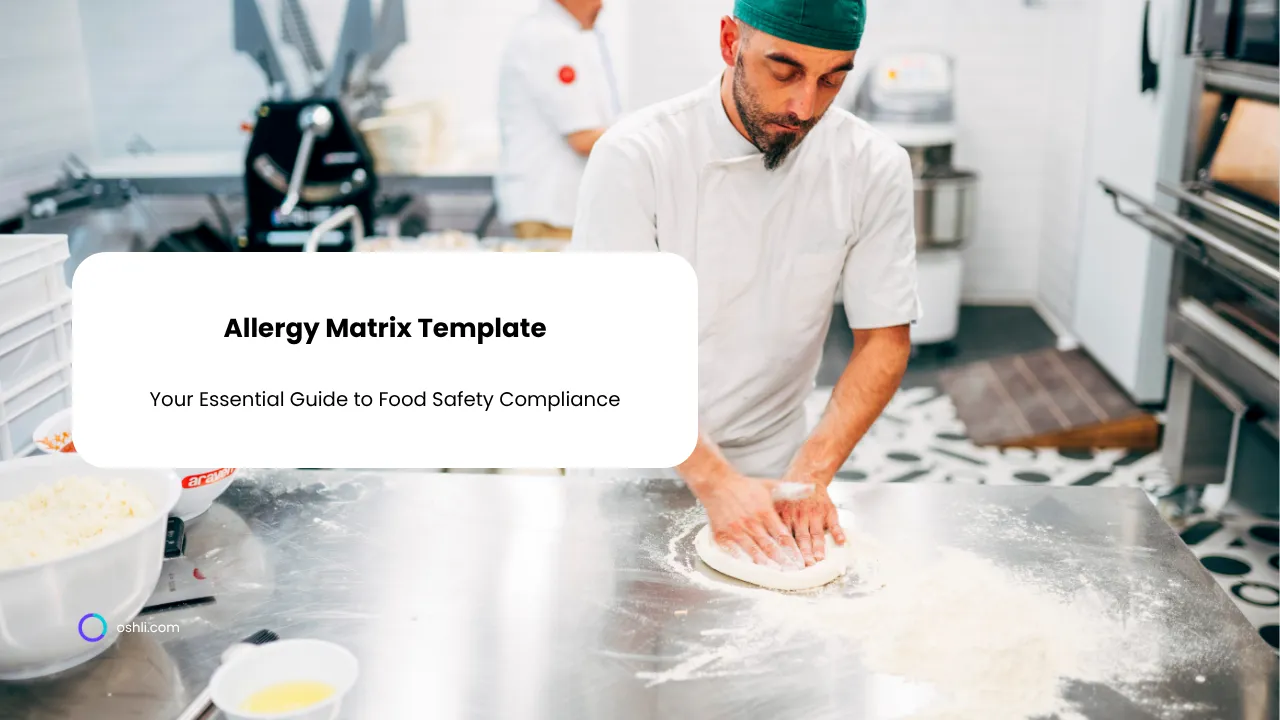
Allergy Matrix Template: Your Essential Guide
Discover how to create an allergy matrix template to ensure safety, meet compliance, and track allergens effectively with free, customizable templates.
allergy management guide, allergy matrix template, food allergy tracking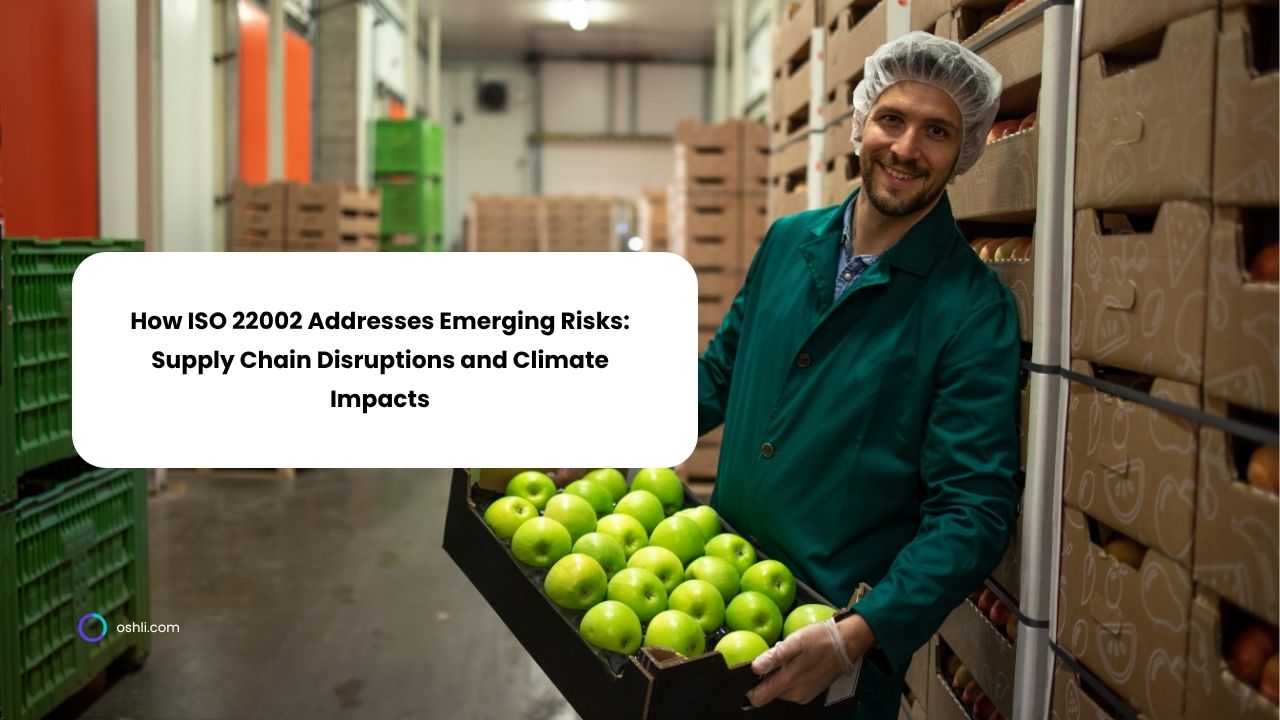
How ISO 22002 Addresses Emerging Risks: Supply Chain Disruptions and Climate Impacts
Discover how ISO 22002:2025 strengthens food safety against supply chain disruptions and climate impacts through proactive prerequisite programs and resilience strategies.
ISO 22002, ISO 22000, food safety standards, prerequisite programs, climate impacts, emerging risks, food industry resilience, supply chain disruptions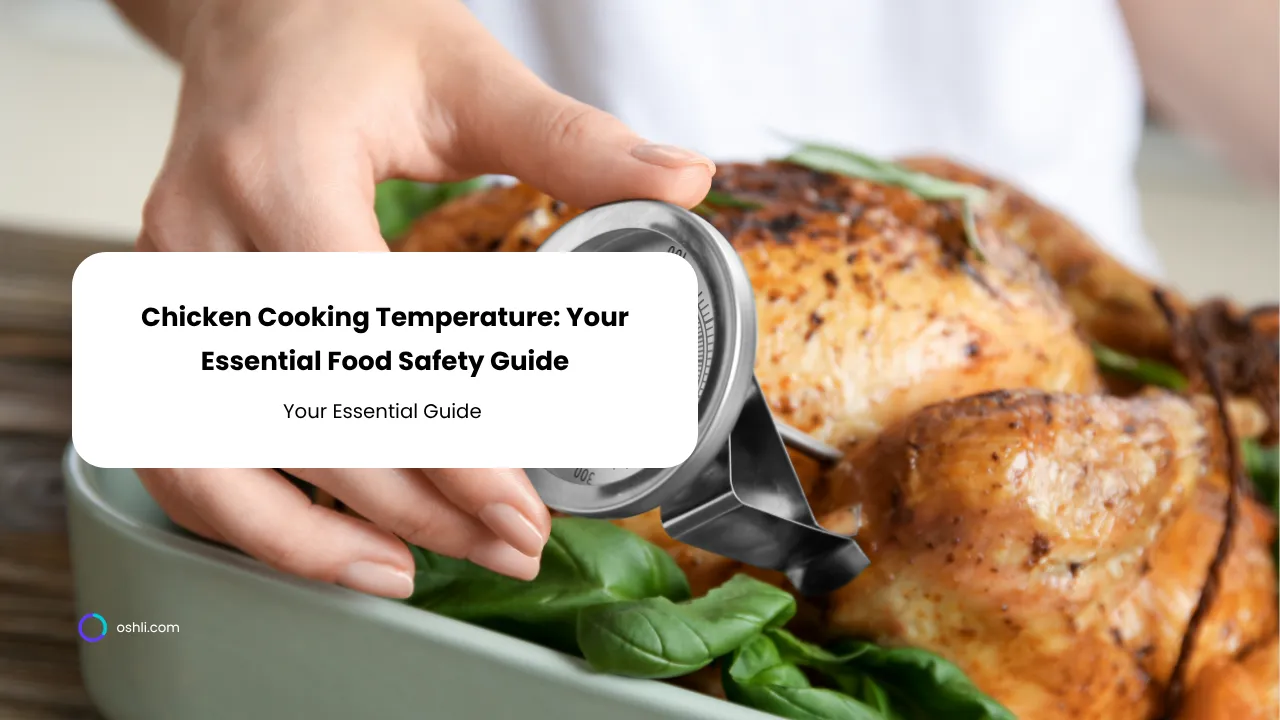
Chicken Cooking Temperature: Your Essential Food Safety Guide
Discover safe chicken cooking temperatures to ensure food safety, meet compliance, and prevent risks with free, customizable temperature charts.
best practices for cooking chicken thoroughly, chicken cooking temperature for food safety, food safety tips for grilling, baking, or frying chicken, how to cook chicken safely to avoid salmonella, safe chicken cooking temperature guide, what internal temperature should chicken reach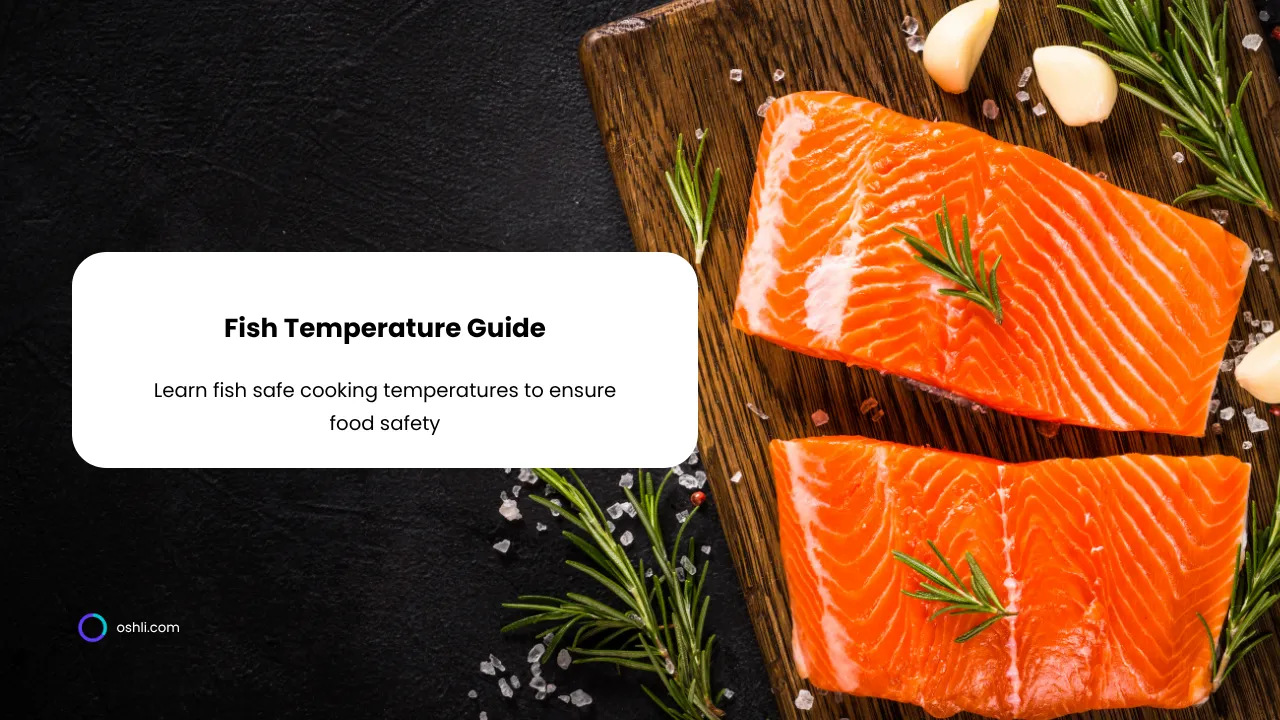
Fish Cooking Temperature: Your Essential Food Safety Guide
Discover safe fish cooking temperatures to ensure food safety, meet compliance, and achieve perfect results with free, customizable temperature charts.
fish cooking safety tips and best practices, food safety guide for cooking seafood, how to check if fish is fully cooked and safe to eat, how to cook fish properly to avoid foodborne illness, recommended internal temperature for fish, safe fish cooking temperature guide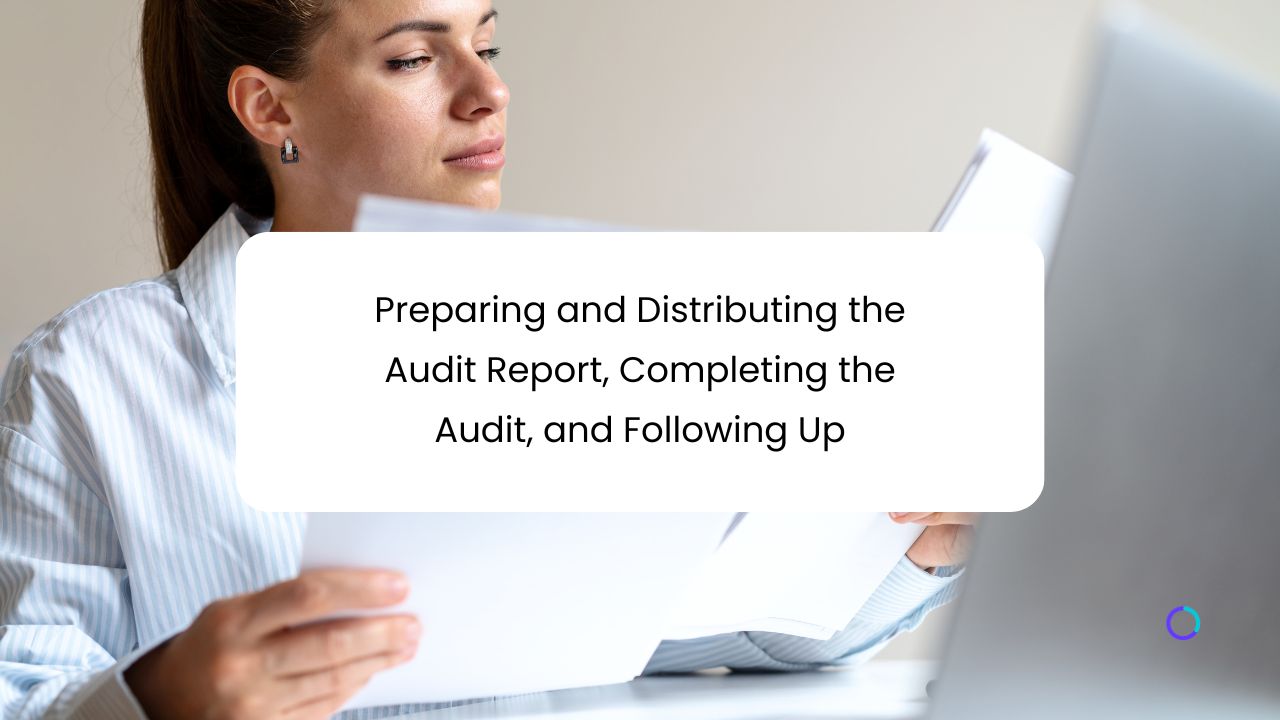
Preparing and Distributing the Audit Report, Completing the Audit, and Following Up
Food safety audits are vital for maintaining compliance with standards like ISO 22000, FSSC 22000, and HACCP. This article explains how to prepare and distribute the audit report, finalize the audit process, and conduct effective follow-up activities, all leading to successful certification and continuous improvement.
Audit Completion Steps, Audit Follow-up Process, Audit Report Food Safety, Audit Report Preparation, Distributing Audit Reports, Post-Audit Procedures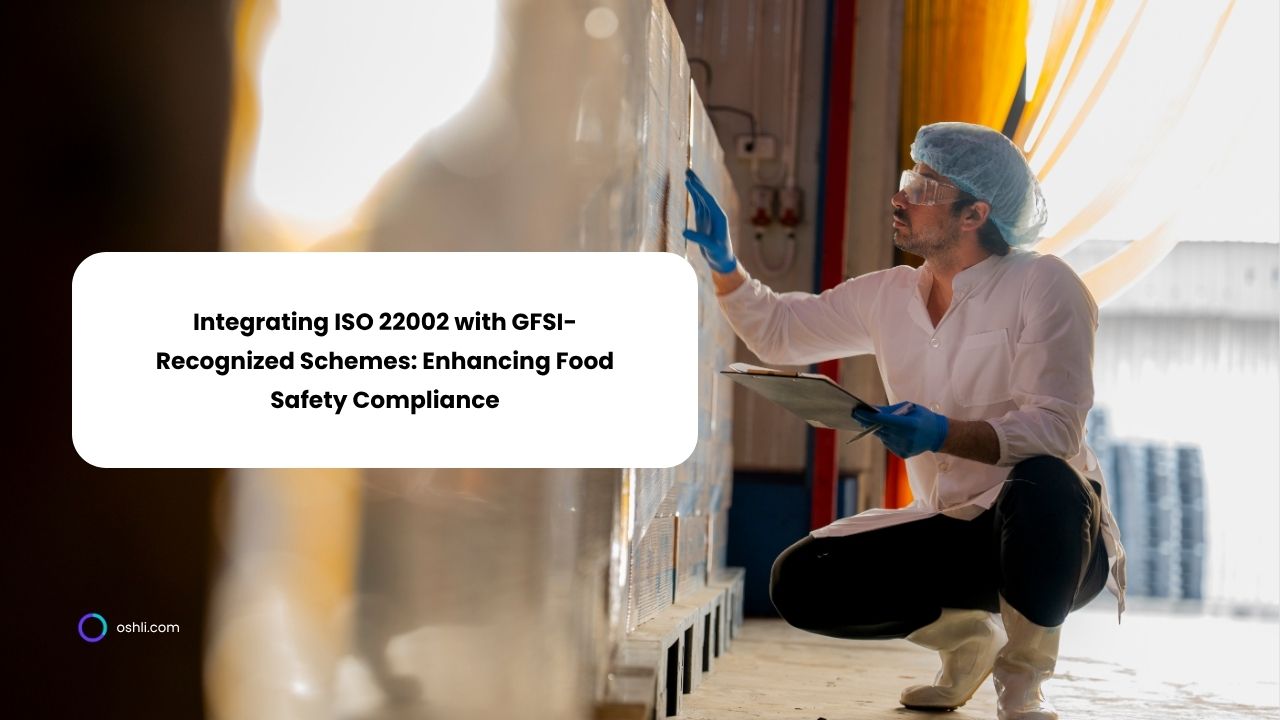
Integrating ISO 22002 with GFSI-Recognized Schemes: Enhancing Food Safety Compliance
Explore the benefits of integrating ISO 22002 prerequisite programs with GFSI-recognized schemes for enhanced food safety management, reduced audit fatigue, and global supply chain resilience.
HACCP, food safety standards, prerequisite programs, BRCGS, FSSC 22000, GFSI schemes, ISO 22002 integration, SQF, audit fatigue, supply chain compliance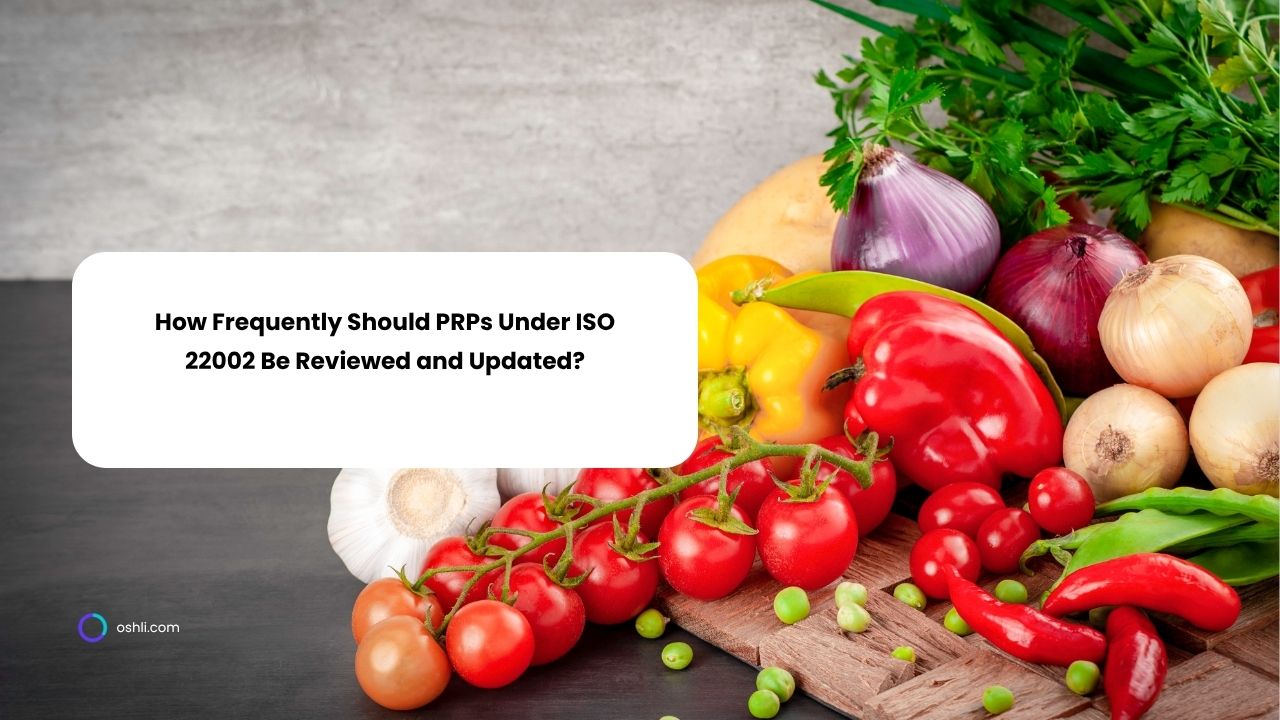
How Frequently Should PRPs Under ISO 22002 Be Reviewed and Updated?
Learn how often to review and update PRPs under ISO 22002 for optimal food safety. This guide covers key factors, best practices, and tips for seamless compliance.
ISO 22002, food safety, ISO 22000, prerequisite programs, PRPs, management review, review frequency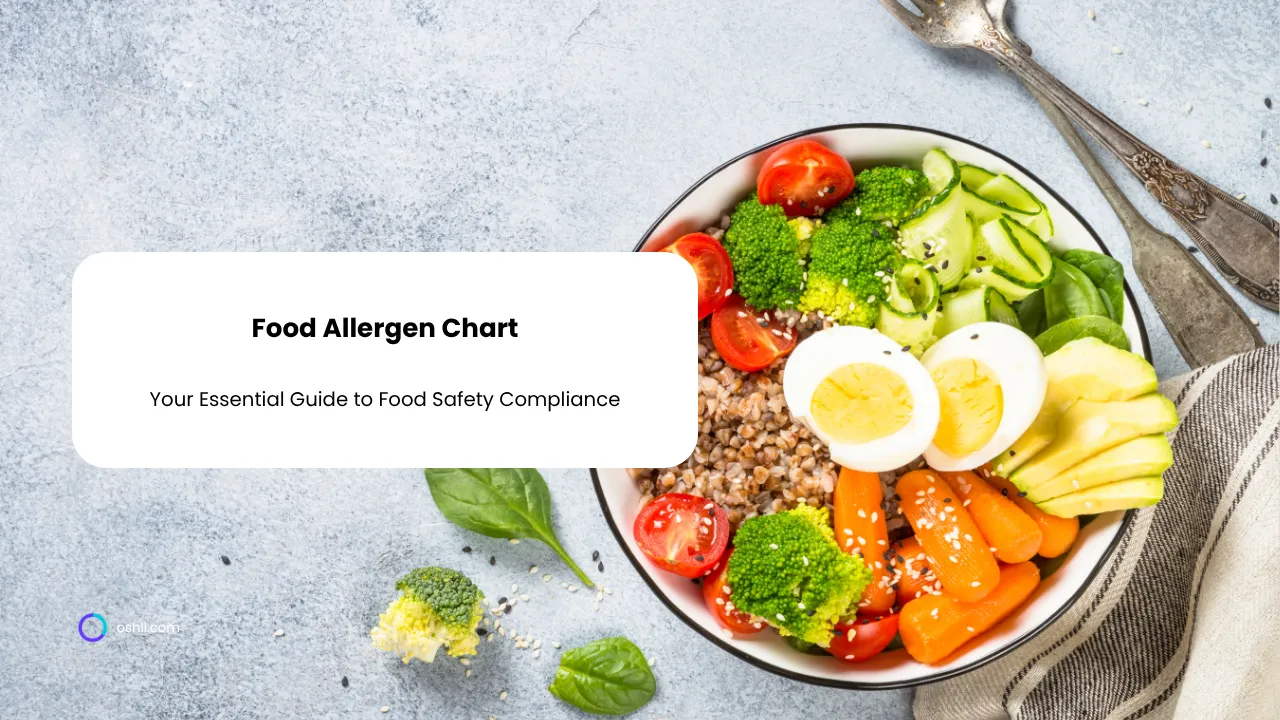
Food Allergen Chart: Your Essential Guide
Discover how to create a food allergen chart to ensure safety, meet compliance, and manage allergens effectively with free, customizable templates.
comprehensive food allergen chart for restaurants and kitchens, food allergen cross-contamination prevention tips, how to read and use a food allergen chart for safety, printable food allergen chart for staff training, top 14 food allergens: identification and avoidance guide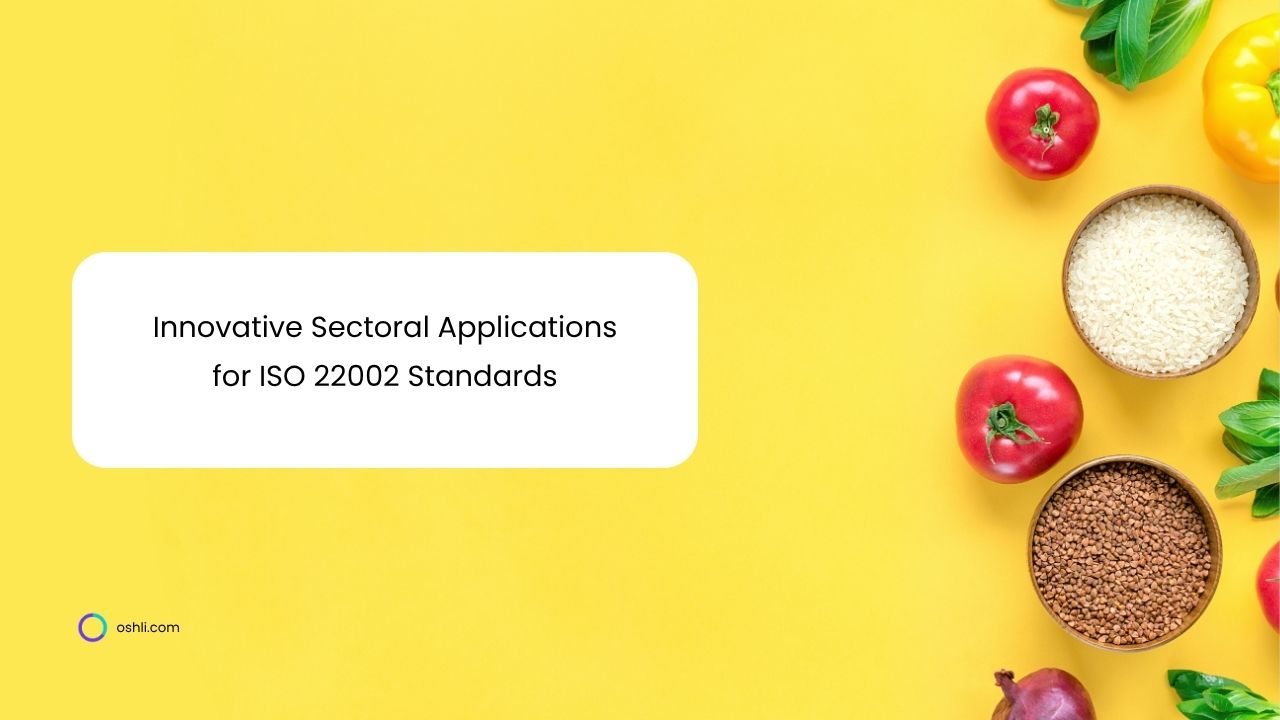
Innovative Sectoral Applications for ISO 22002 Standards
Recommendations for innovative examples for ISO 22002 standards, integrating emerging technologies like AI and IoT for sectoral adaptations in food safety, focusing on predictive prevention and traceability.
AI, ISO 22002, IoT, animal feed, blockchain, catering, food manufacturing, food safety, packaging, predictive prevention, retail, traceability, transport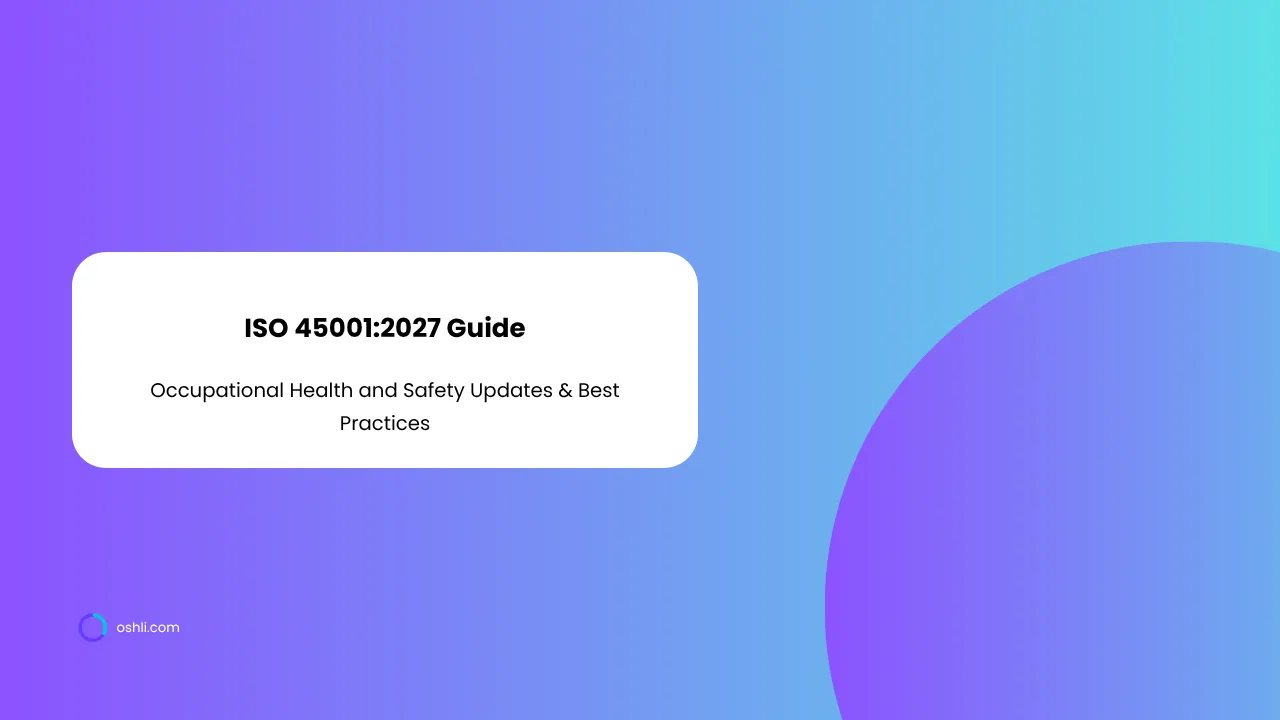
Everything About ISO 45001:2027: Occupational Health and Safety Revisions, Best Practices, and Preparation Guide
Master ISO 45001:2027 with this ultimate guide covering occupational health and safety revisions, practical best practices, and a preparation roadmap for compliance and workplace safety.
ISO 45001:2027 compliance guide, ISO 45001:2027 occupational health and safety, ISO 45001:2027 requirements and updates, best practices for ISO 45001:2027 certification, how to implement ISO 45001:2027, key changes in ISO 45001:2027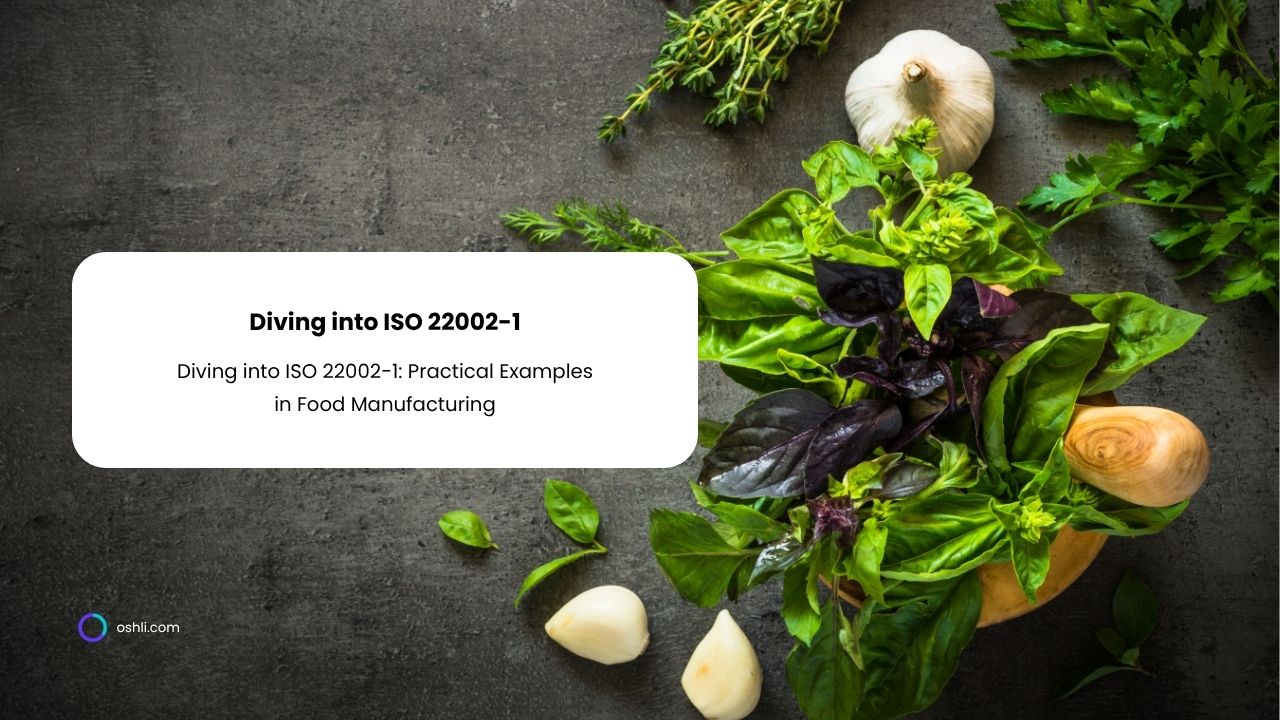
Diving into ISO 22002-1: Practical Examples in Food Manufacturing
Unlock the essentials of ISO 22002-1 with real-world applications in food manufacturing. Learn how prerequisite programs bolster food safety, from layout design to pest control.
FSMS leadership, ISO 22002 compliance, PRP implementation, food safety prerequisites, leadership in food safety, management commitment, top management role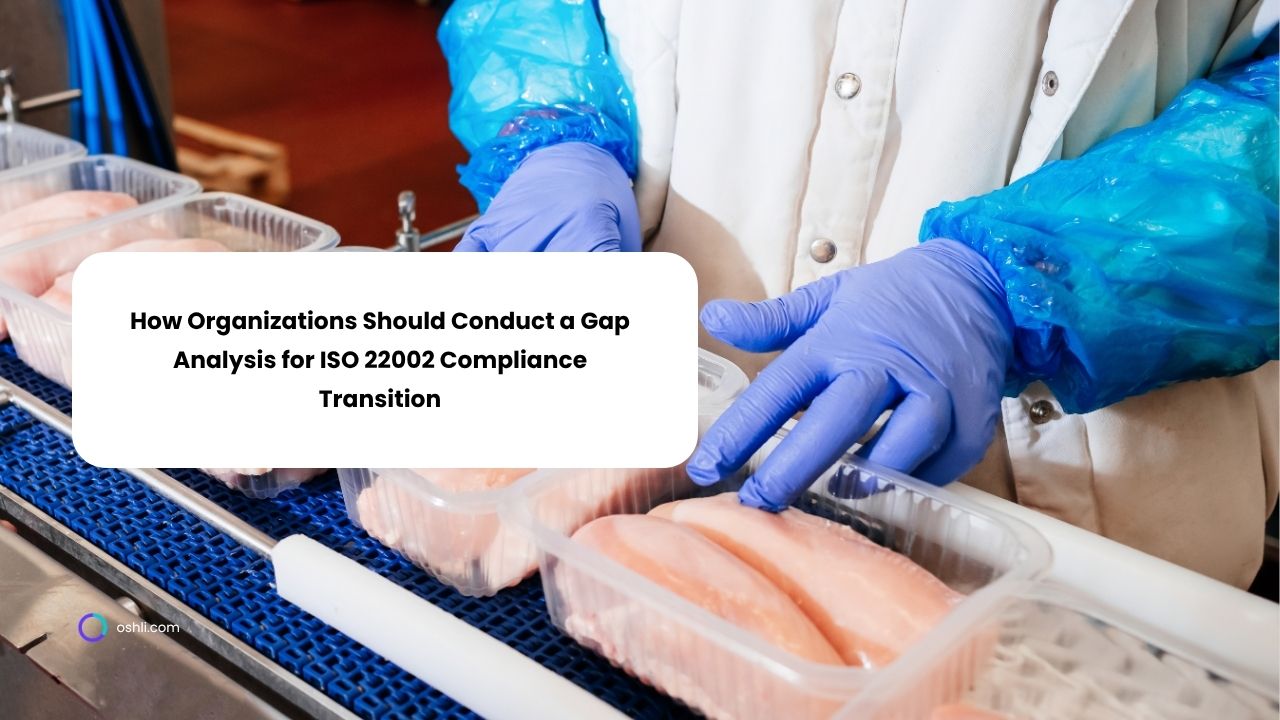
How Organizations Should Conduct a Gap Analysis for ISO 22002 Compliance Transition
Learn how to perform an effective gap analysis to transition to ISO 22002 compliance, ensuring robust food safety prerequisite programs (PRPs) and regulatory alignment for your organization.
ISO 22002, food safety, prerequisite programs, PRPs, compliance transition, food industry, gap analysis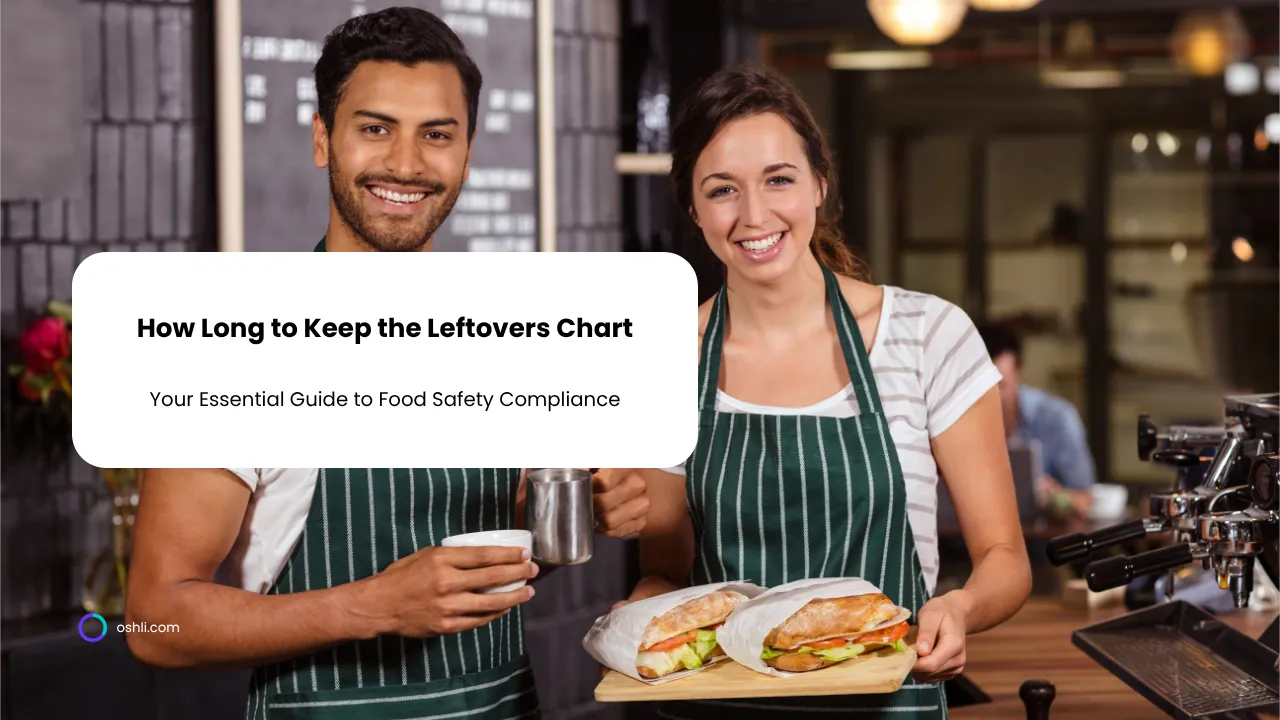
How Long to Keep the Leftovers Chart: Your Essential Guide
Discover how to create a leftovers storage template to ensure food safety, meet compliance, and manage shelf life with free, customizable charts.
food storage guidelines: how long to keep leftovers safely, leftover food safety chart for fridge and freezer storage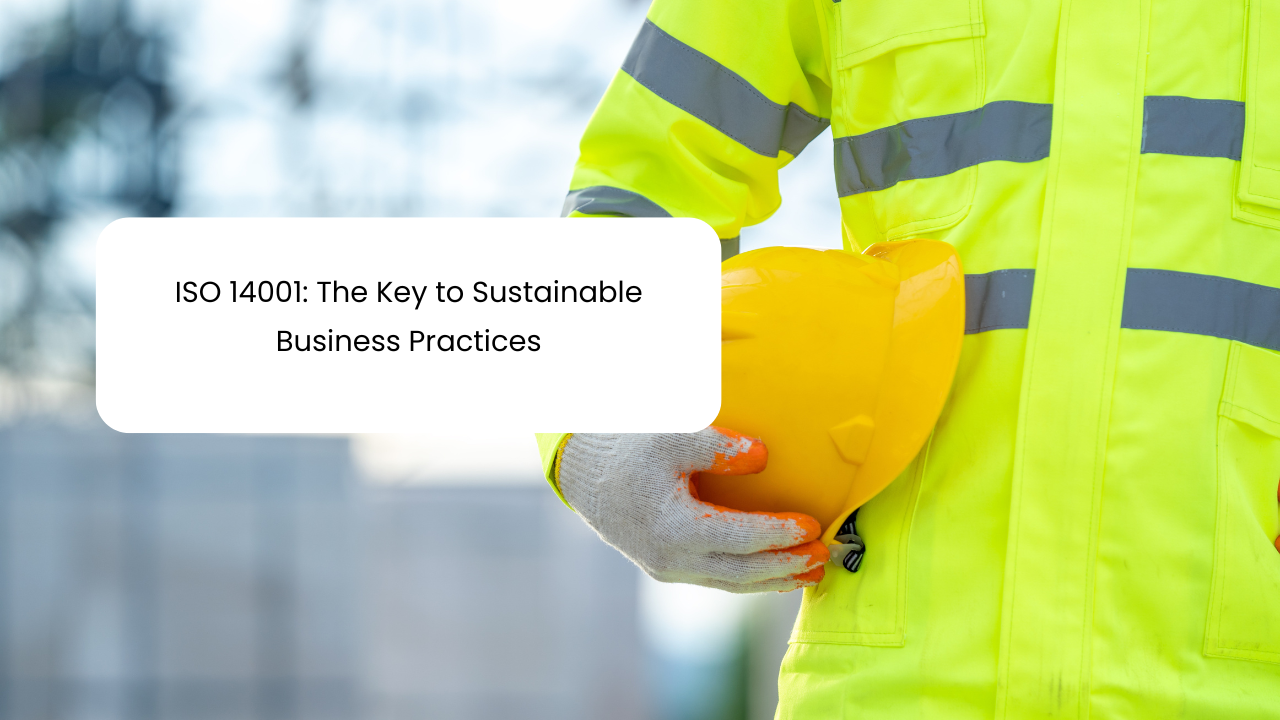
ISO 14001: The Key to Sustainable Business Practices – A Comprehensive Guide
This comprehensive guide is designed with empathy and respect for the challenges you face daily. We understand that environmental engineers work tirelessly to protect our natural resources and ensure that every business process is aligned with sustainable practices. Here, we explore the key aspects of ISO 14001 and offer actionable steps to help you integrate these standards into your organization. Whether you’re new to ISO 14001 or looking to refine your existing environmental management system, this article will empower you to lead with confidence and achieve lasting sustainability.
ISO 14001:2026 certification process, ISO 14001:2026 environmental management updates, ISO 14001:2026 sustainability best practices, how to comply with ISO 14001:2026, implementing ISO 14001:2026 for businesses, key changes in ISO 14001:2026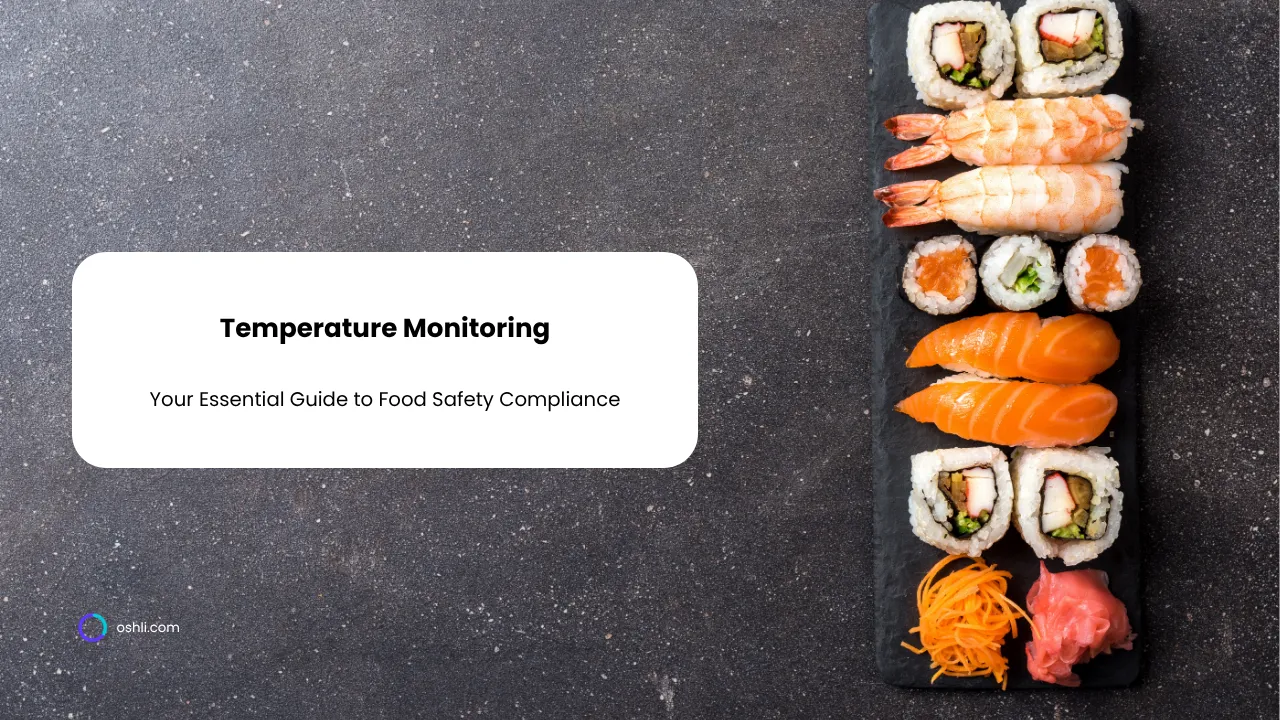
Temperature Monitoring: Your Essential Guide
Discover how to create a temperature monitoring template to ensure food safety, meet compliance, and track temperatures effectively with free, customizable tools.
HACCP temperature monitoring guidelines for restaurants and food businesses, best practices for food temperature monitoring in kitchens, digital vs. analog thermometers: which is best for food safety?, essential tips for tracking safe cooking and storage temperatures, how to use a food thermometer for accurate readings, temperature monitoring guide for food safety compliance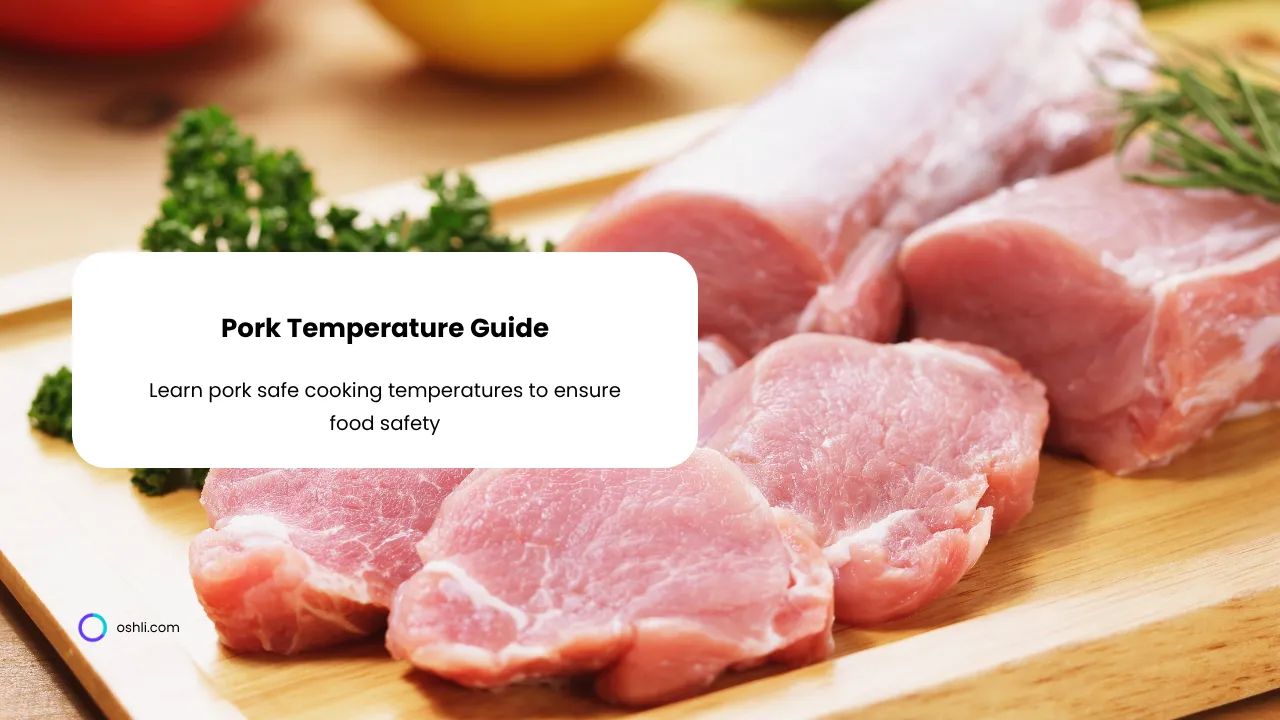
Pork Temperature Guide: Your Essential Guide
Discover pork safe cooking temperatures to ensure food safety, meet compliance, and prevent risks with free, customizable temperature charts.
best practices for grilling, roasting, or frying pork, food safety tips for cooking pork chops, ribs, and tenderloin, how to cook pork properly to avoid foodborne illness, pork cooking temperature guide for food safety, safe pork cooking temperature chart, what internal temperature is safe for pork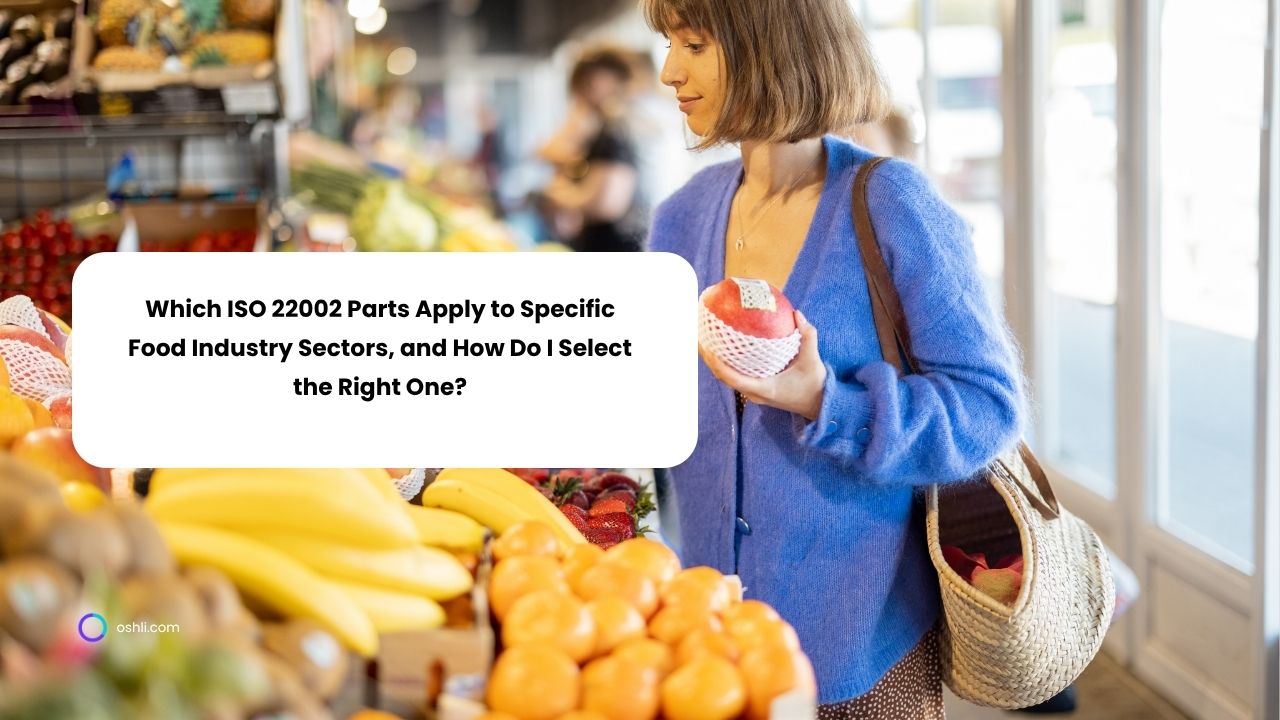
Which ISO 22002 Parts Apply to Specific Food Industry Sectors, and How Do I Select the Right One?
Navigating ISO 22002 prerequisite programs? This guide breaks down applicable parts for key food industry sectors and offers tips on choosing the best fit for your operations.
ISO 22002, animal feed, catering, food manufacturing, food safety standards, prerequisite programs, GFSI certification, ISO compliance, PRP selection, food packaging, retail wholesale, transport storage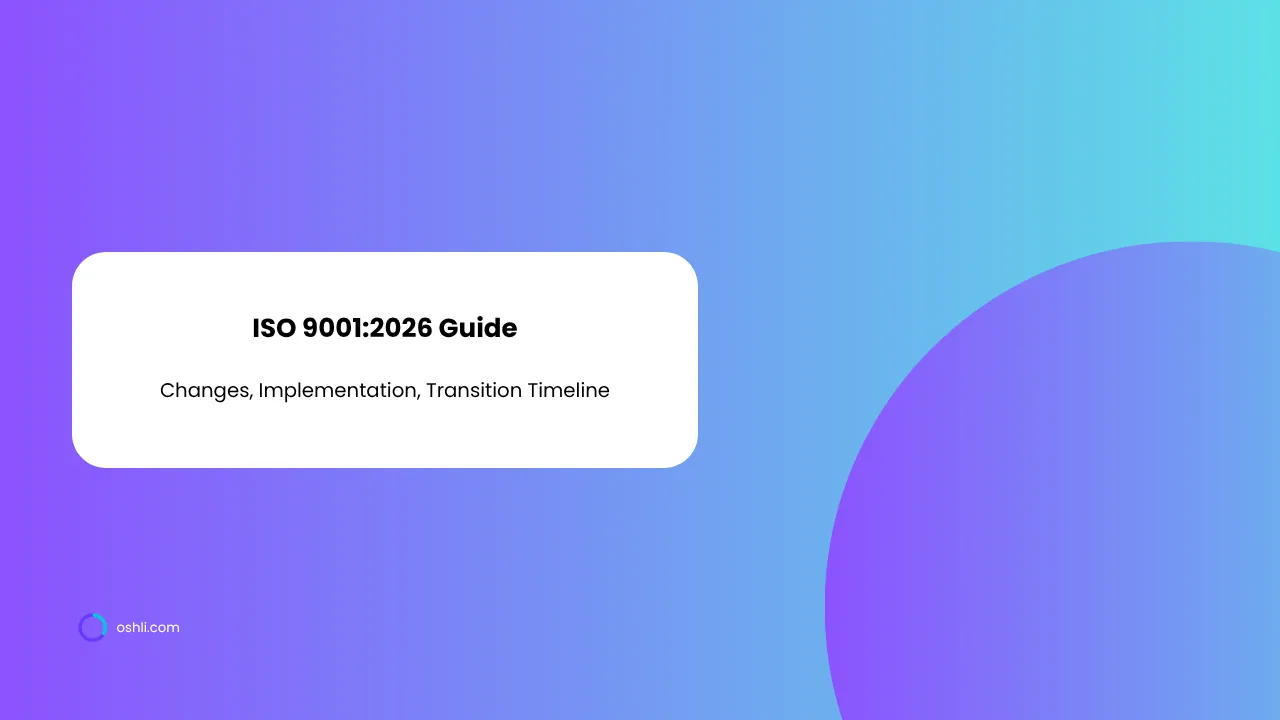
The Complete Guide to ISO 9001:2026: Changes, Implementation, and Transition Timeline
Get ready for ISO 9001:2026 with this comprehensive guide covering key changes, step-by-step implementation, and the transition timeline to stay compliant.
ISO 9001:2026 best practices for compliance, ISO 9001:2026 certification requirements, ISO 9001:2026 quality management system updates, benefits of ISO 9001:2026 for businesses, how to implement ISO 9001:2026 standards, key changes in ISO 9001:2026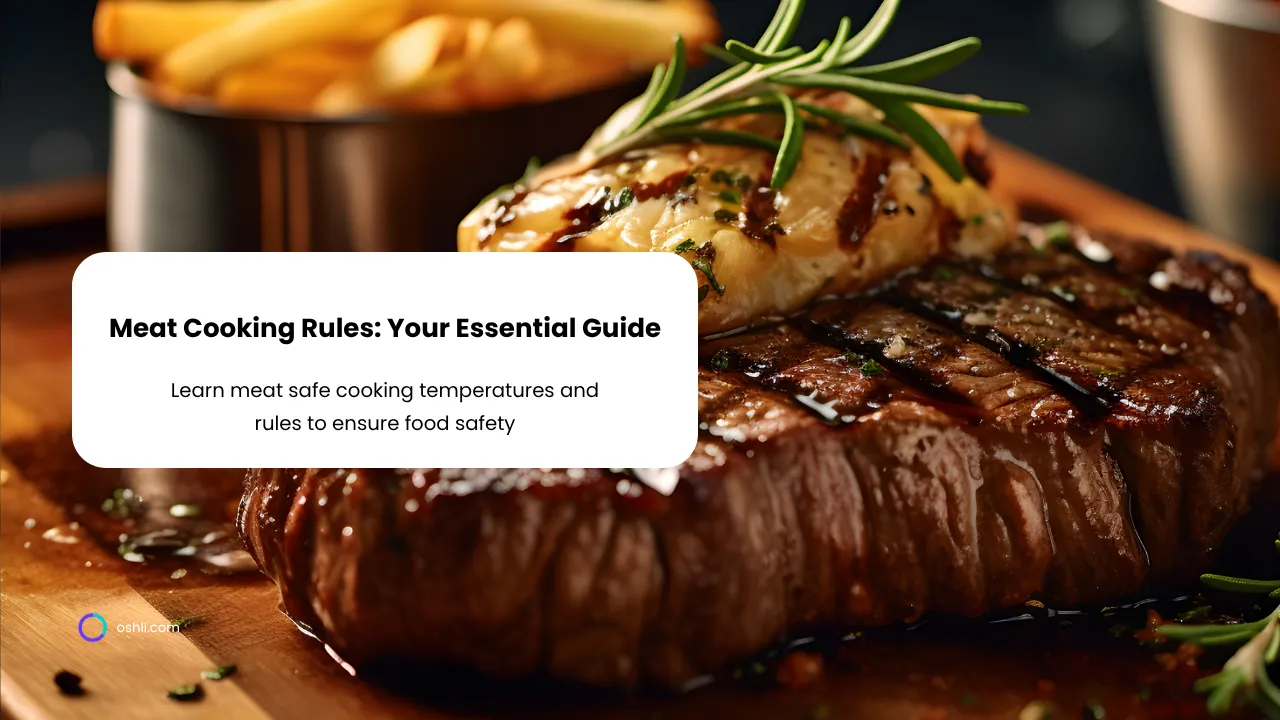
Meat Cooking Rules: Your Essential Guide
Discover meat safe cooking temperatures and rules to ensure food safety, meet compliance, and achieve perfect results with free, customizable templates.
avoiding foodborne illness when cooking meat, best practices for cooking beef, pork, and poultry, how to cook meat properly and safely, internal temperature chart for meat cooking, meat cooking rules for food safety, safe meat cooking temperatures guide
The Ultimate Food Safety Plan Template: Your Step-by-Step Guide to Compliance and Confidence
Discover a ready-to-use food safety plan template that ensures compliance and boosts confidence. From hazard analysis to verification, get step-by-step strategies for your team.
Develop Food Safety Plan, Food Compliance Guide, Food Safety Documentation, Food Safety Plan Template, HACCP Plan Example, Step-by-Step Food Safety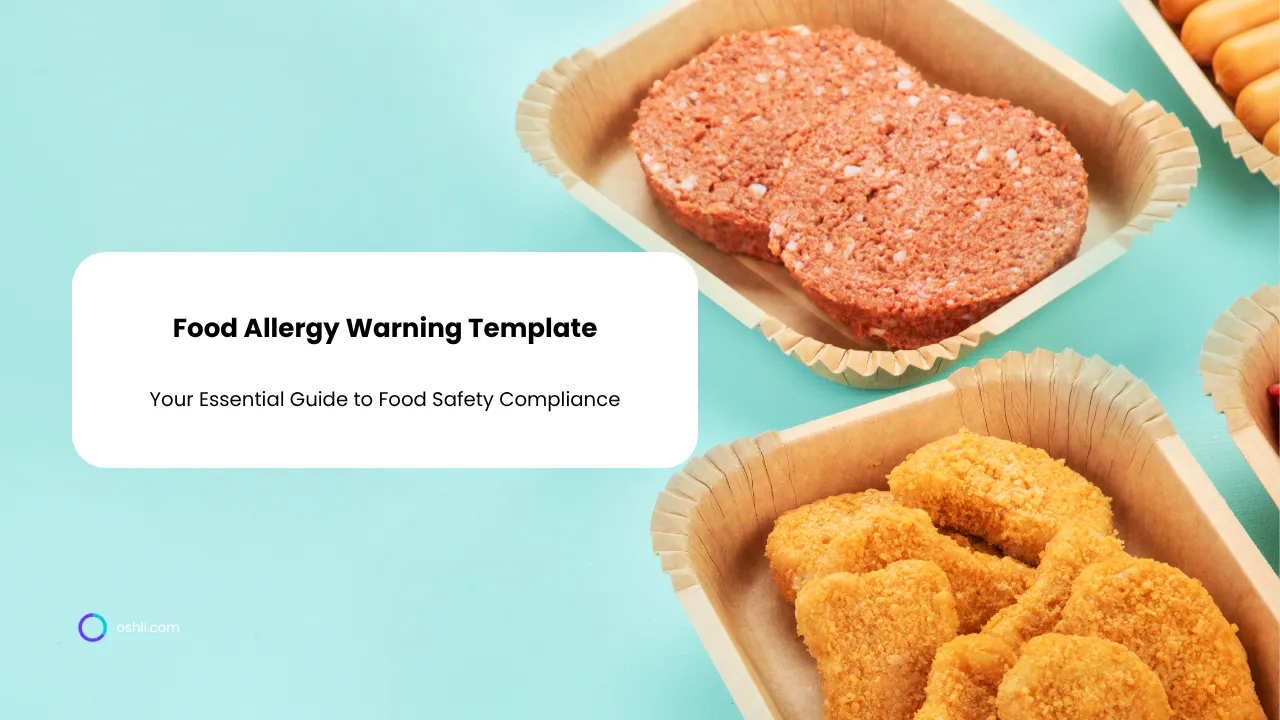
Food Allergy Warning Template: Your Essential Guide
Discover how to create a food allergy warning template to ensure safety, meet compliance, and communicate allergens effectively with free templates.
best practices for allergen management in food service, essential guide to food allergy communication for menus, food allergy warning label template for restaurants and food businesses, free printable food allergy warning templates, how to create effective allergen warning labels, legal requirements for allergen labeling in food products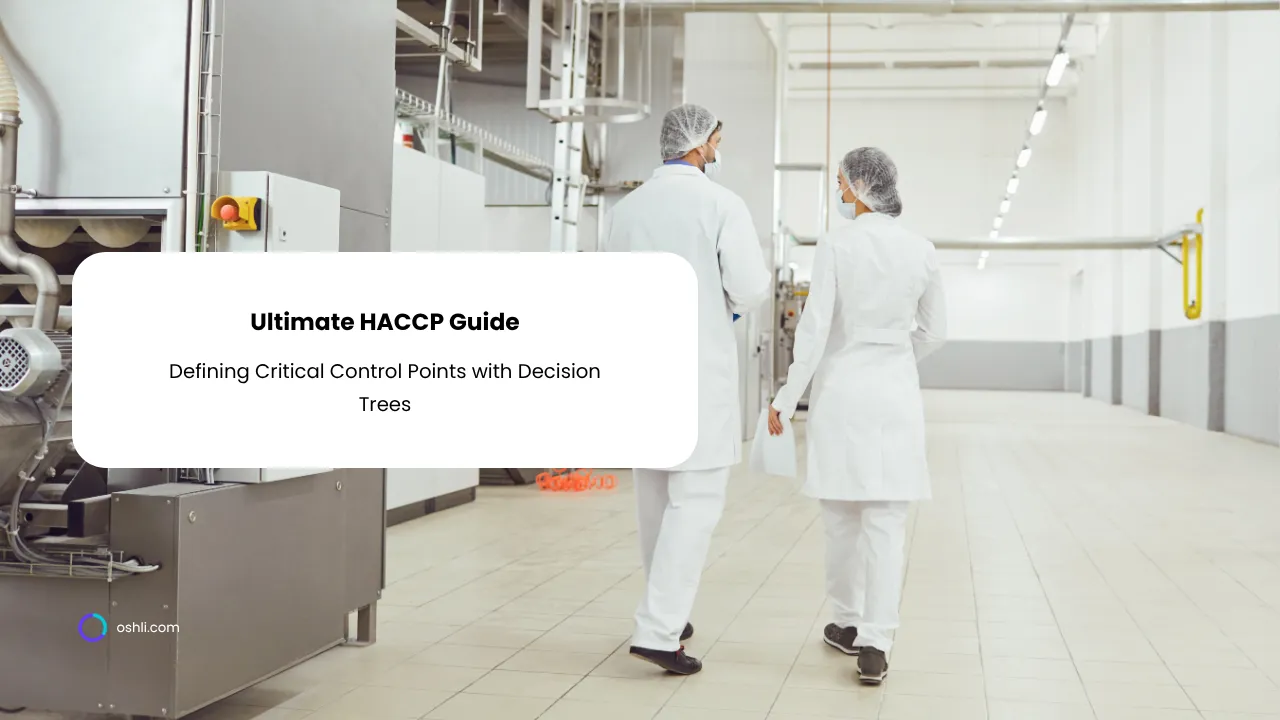
Defining Critical Control Points with Decision Trees: Your Ultimate HACCP Guide
Unlock the power of decision trees to define critical control points in HACCP. This guide includes a free template, real-world examples, and pro tips for seamless implementation.
codex ccp decision tree, critical control points decision tree, determine critical control points, food safety decision tree, haccp decision tree guide, identify ccp haccp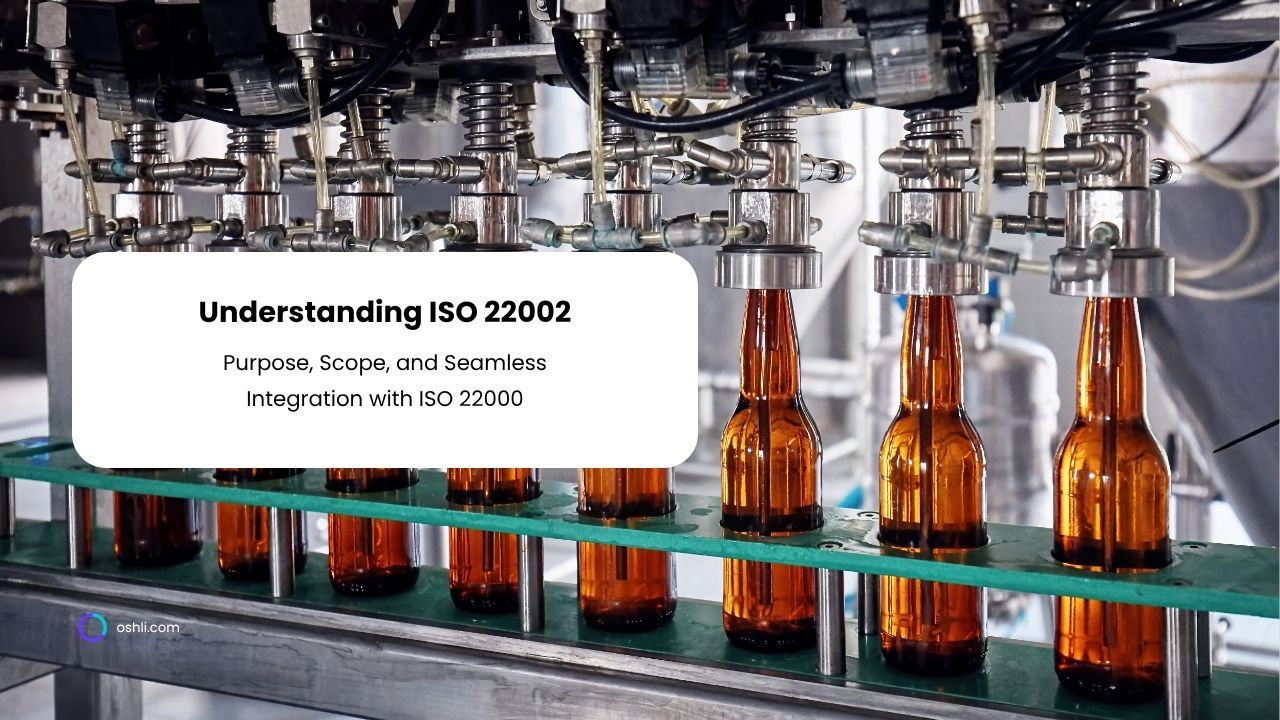
Understanding ISO 22002: Purpose, Scope, and Seamless Integration with ISO 22000
Explore ISO 22002's role in food safety management, its detailed scope across sectors, and its vital integration with ISO 22000 for a robust FSMS framework.
ISO 22002, food manufacturing, FSMS, HACCP integration, ISO 22000, food safety standards, prerequisite programs, supply chain safety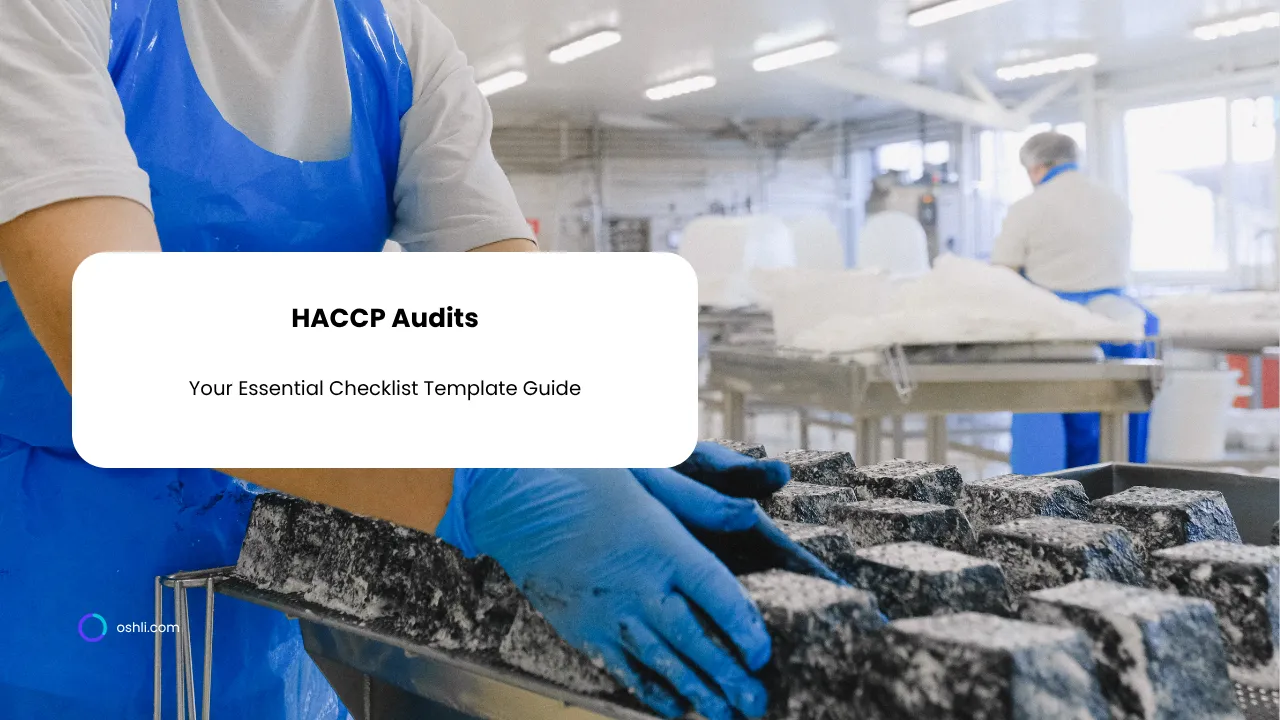
HACCP Audits: Your Essential Checklist Template Guide
When it comes to keeping food safe and operations smooth, nothing beats a solid HACCP audit. But let's face it—diving into the details without a clear roadmap can feel overwhelming. That's where a well-structured checklist comes in.
HACCP audit preparation, HACCP audits, HACCP checklist template, HACCP compliance guide, essential HACCP checklist, food safety audits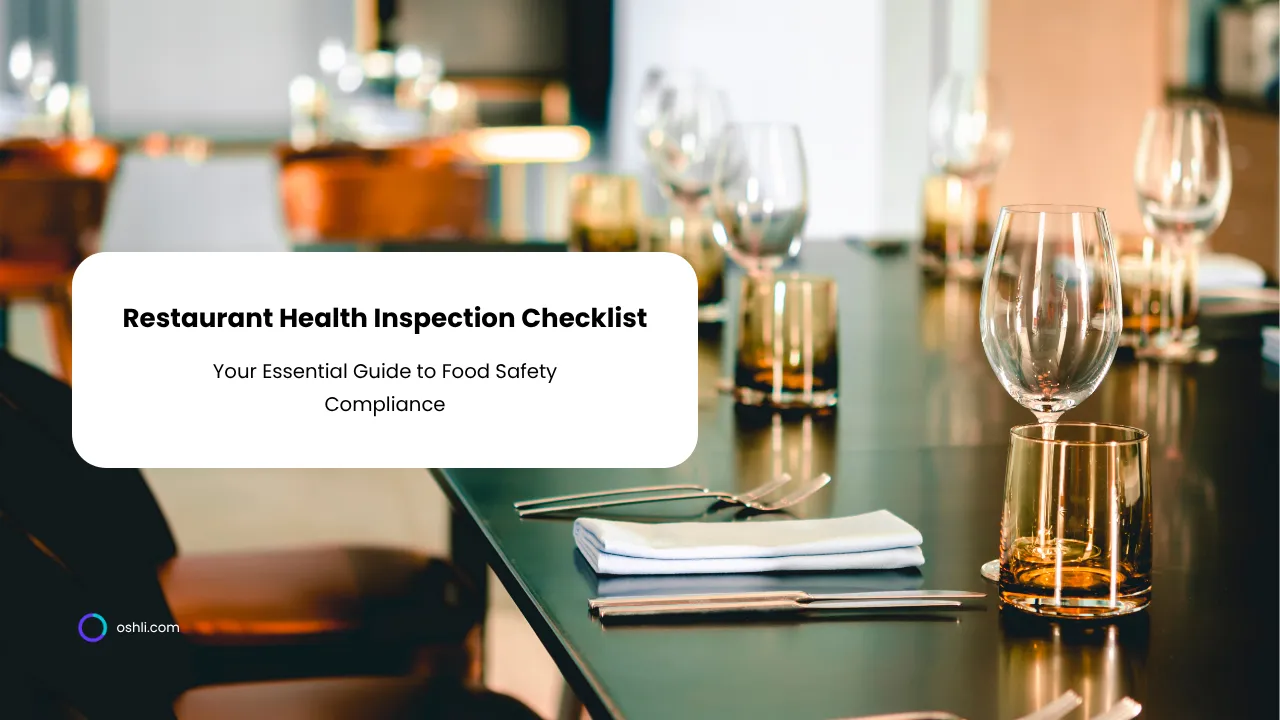
Mastering the Restaurant Health Inspection Checklist: Your Essential Guide
Discover key components of a restaurant health inspection checklist, from food safety to sanitation, and get tools like free templates to stay compliant.
restaurant health inspection, food safety inspection guide, health inspection checklist, mastering health inspection, passing health inspection, restaurant compliance health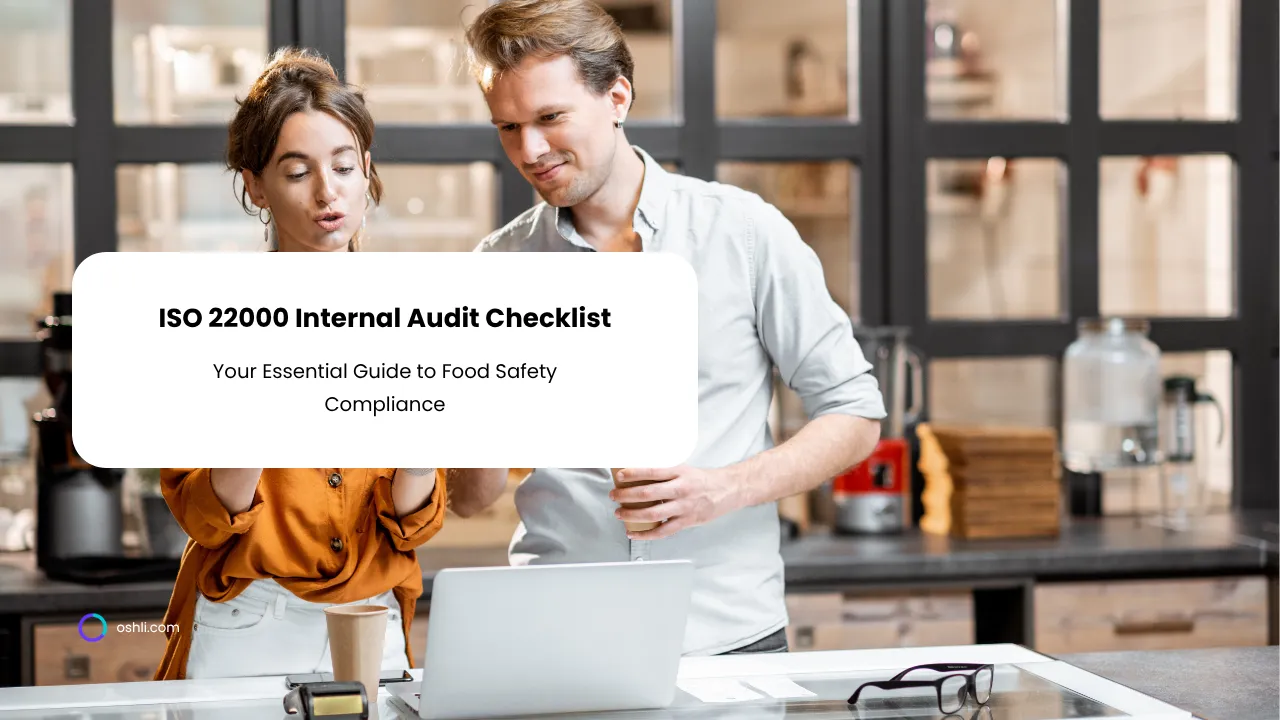
ISO 22000 Internal Audit Checklist: Your Essential Guide to Food Safety Compliance
Learn how to use an ISO 22000 internal audit checklist to ensure food safety compliance with our step-by-step guide and free template.
food safety audit checklist, internal audit food safety, iso 22000 audit template, iso 22000 checklist, iso 22000 compliance, iso 22000 internal audit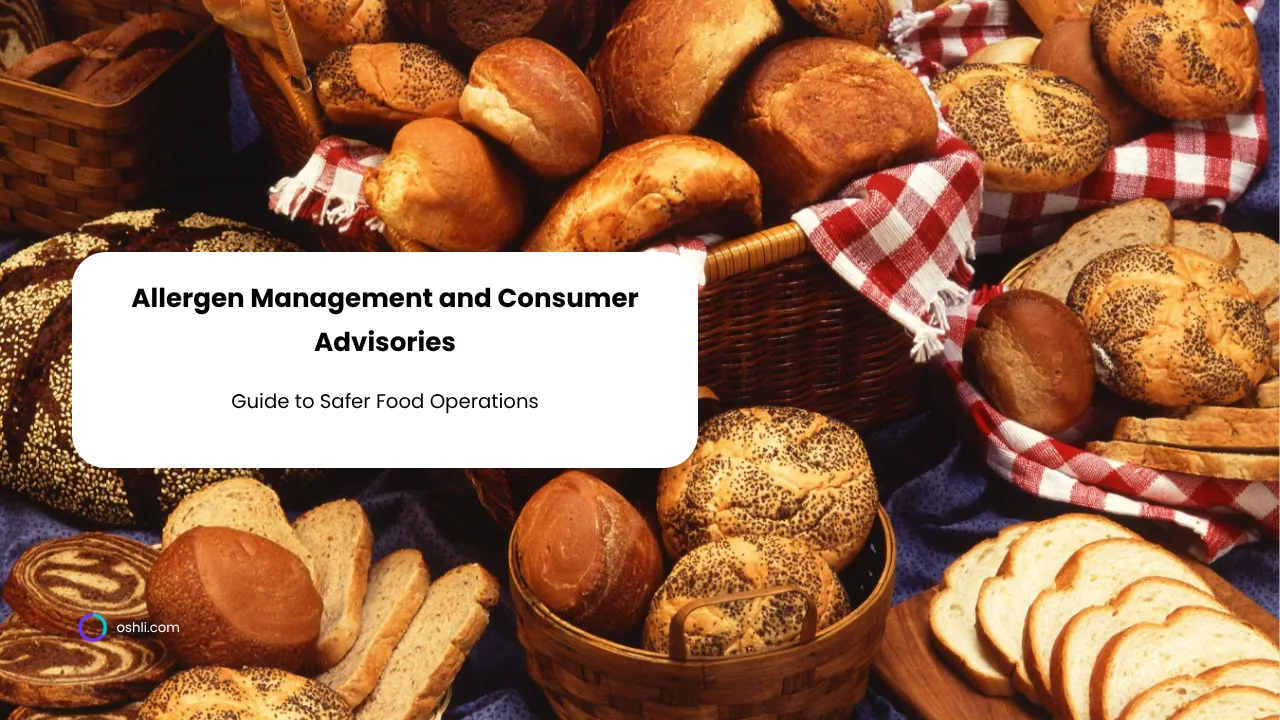
Allergen Management and Consumer Advisories: Your Comprehensive Guide to Safer Food Operations
Unlock effective allergen management and consumer advisories with practical steps, a ready-to-use template, and expert insights to safeguard your operations and delight customers.
allergen labeling guide, allergen management food, allergy advisory food, consumer food allergies, cross-contamination prevention, food allergen control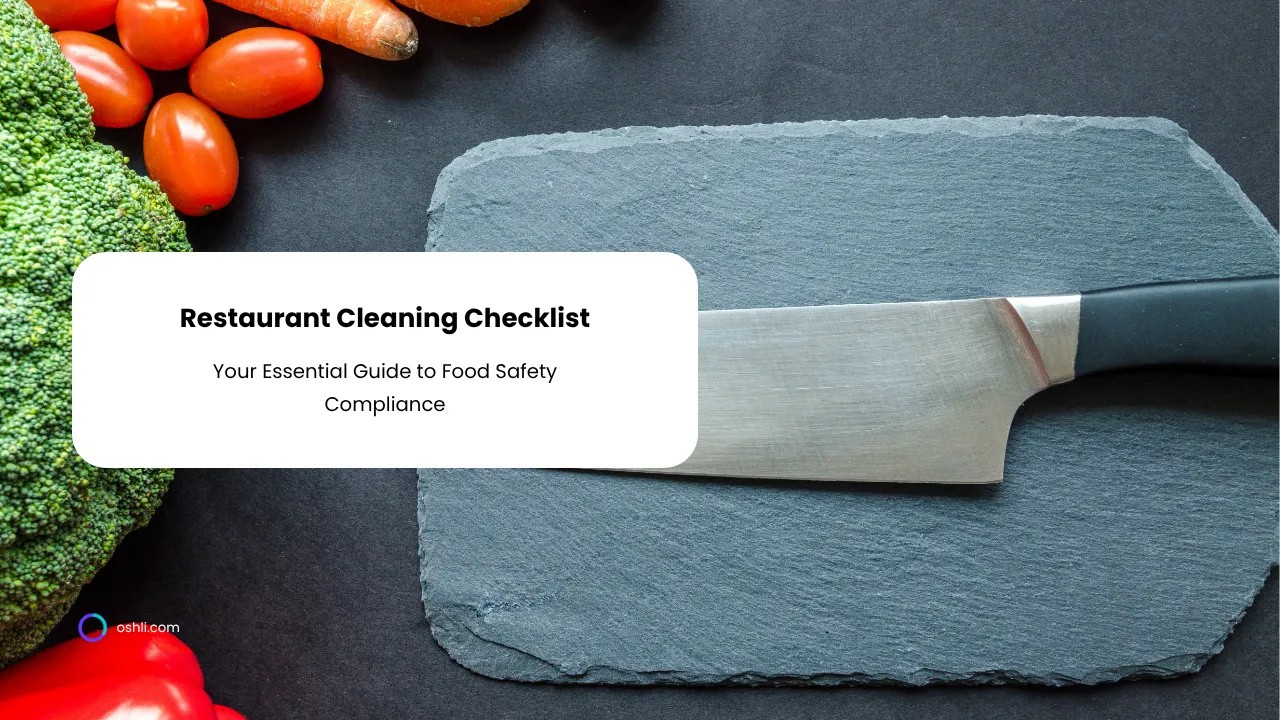
Restaurant Cleaning Checklist: Your Essential Guide
Explore key components of a restaurant cleaning checklist to ensure hygiene and compliance, with free templates to streamline your cleaning routine.
commercial kitchen cleaning, daily cleaning checklist, food safety cleaning, restaurant cleaning checklist, restaurant hygiene, restaurant sanitation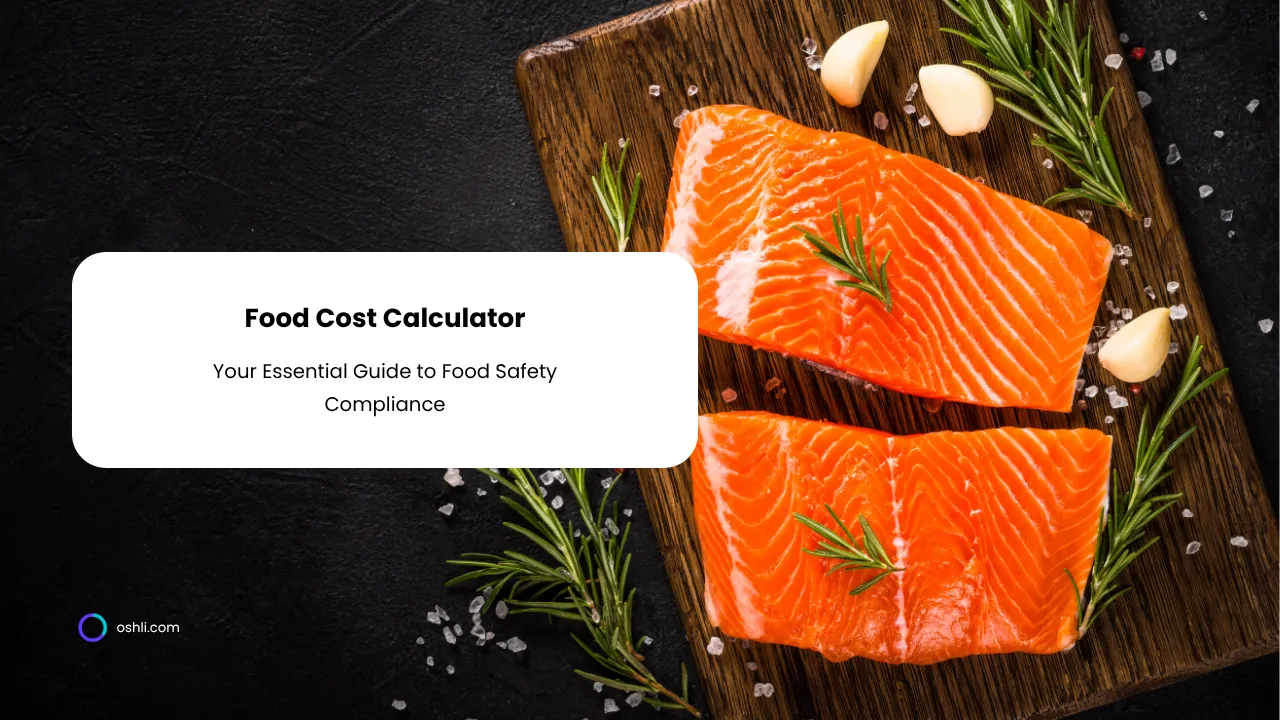
Food Cost Calculator: Your Essential Guide
Discover how a food cost calculator can boost restaurant profitability, with practical tips and free templates to streamline cost management.
food cost calculator, food inventory cost, how to calculate food cost, menu pricing calculator, recipe costing tool, restaurant food cost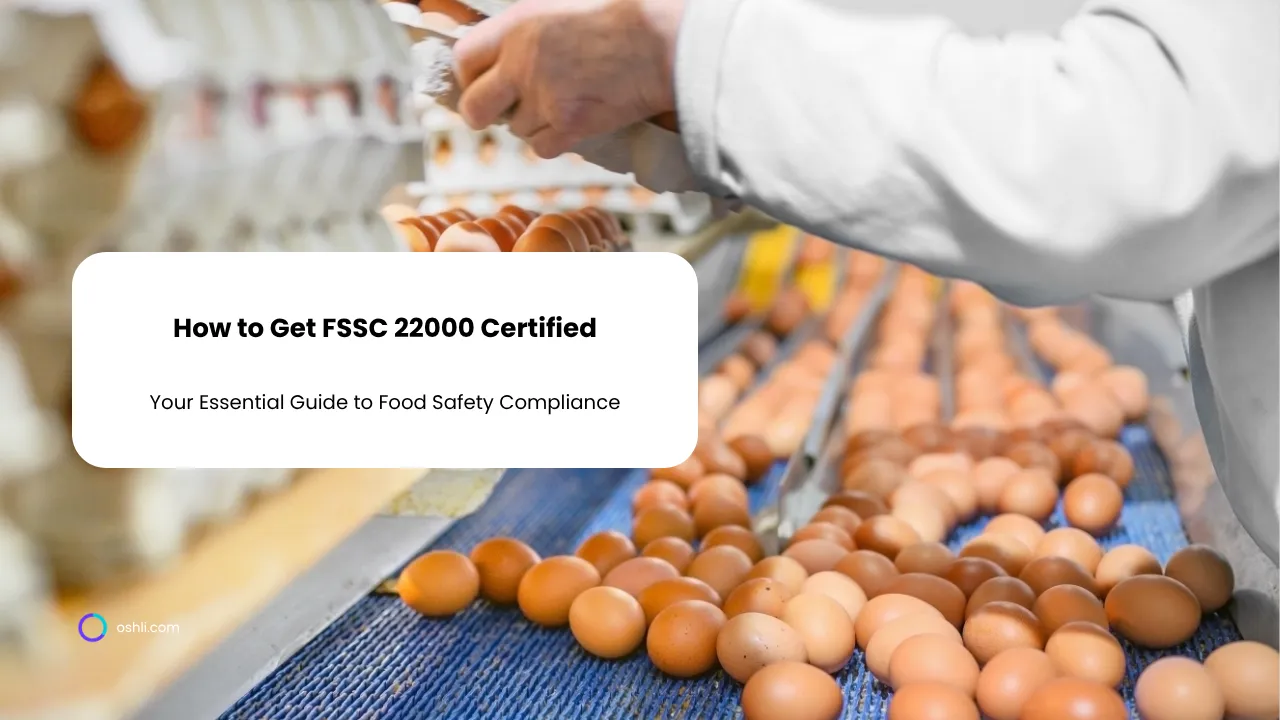
How to Get FSSC 22000 Certified: Your Step-by-Step Guide
Discover how to get FSSC 22000 certified with a clear, step-by-step guide to meet food safety standards and ensure compliance.
FSSC 22000 certification, FSSC 22000 process, FSSC 22000 requirements, FSSC 22000 step-by-step guide, food safety system certification, how to get FSSC 22000 certified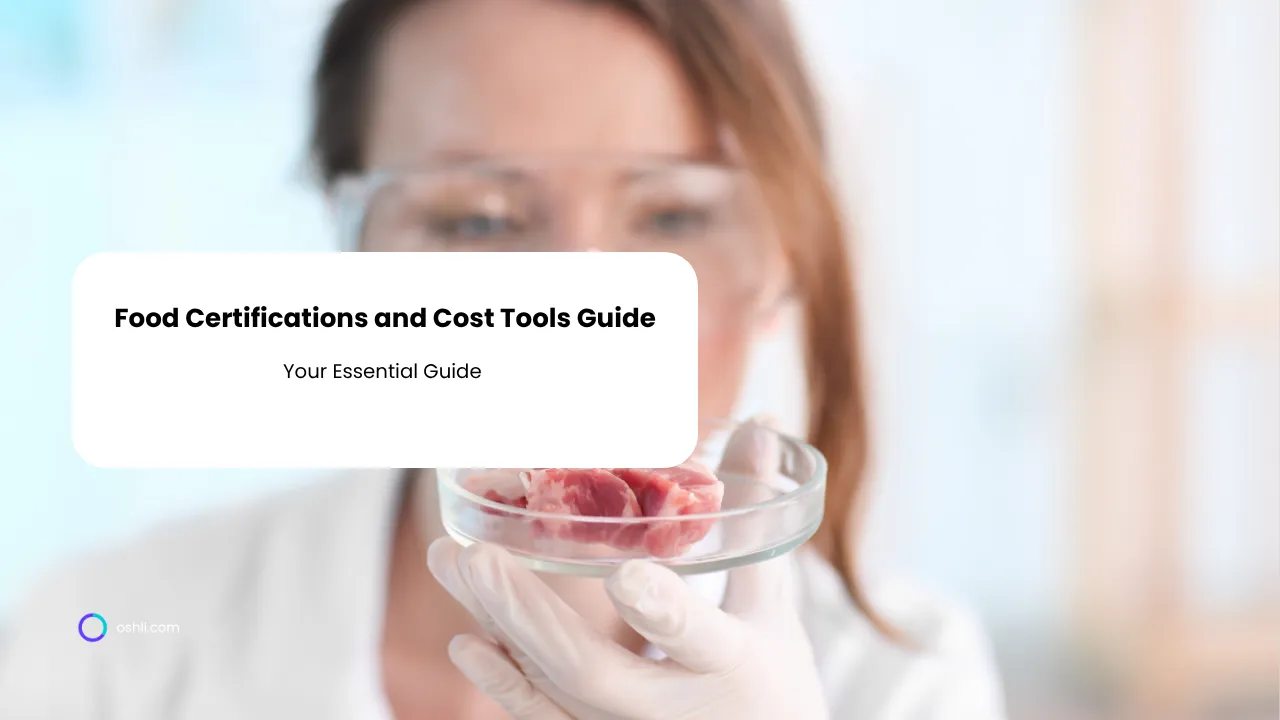
Food Certifications, Guides, and Cost Tools: Your Essential Guide
Discover how food certifications and cost tools can enhance restaurant compliance and profitability, with practical guides and free templates.
food safety standards, food certifications guide, food cost management tools, food industry certifications, haccp guide, restaurant compliance
How to Get ISO 22000 Certified: Your Step-by-Step Guide
Discover how to get ISO 22000 certified with a clear, step-by-step guide to meet food safety standards and ensure compliance.
food safety management system, ISO 22000 requirements, food safety certification, ISO 22000 certification, ISO 22000 process, how to get ISO 22000 certified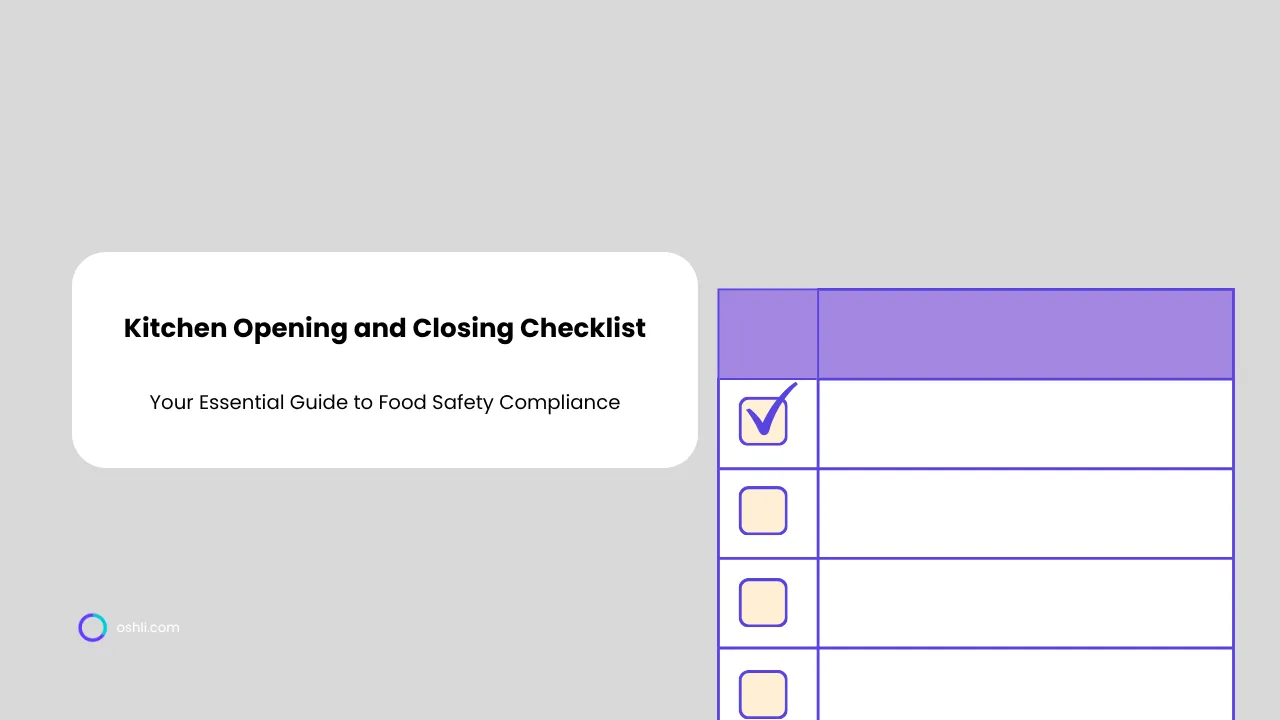
Kitchen Opening and Closing Checklist: Your Essential Guide
Discover how a kitchen opening and closing checklist can boost efficiency, ensure safety, and maintain compliance with free templates.
Closing Checklist for Kitchen, Daily Kitchen Procedures, Food Safety Checklist, Kitchen Opening Checklist, Restaurant Kitchen Management, Restaurant Operations Checklist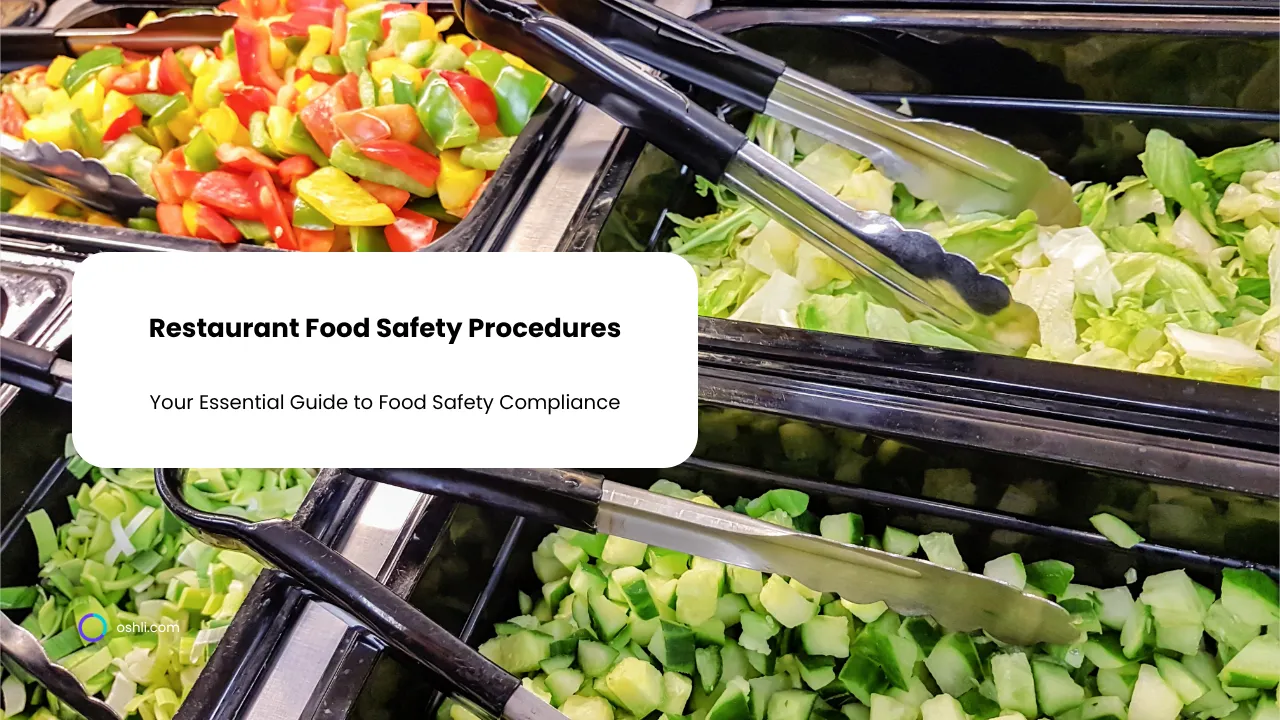
Restaurant Food Safety Procedures: Your Essential Guide
Discover how to implement restaurant food safety procedures to ensure compliance, protect customers, and streamline operations with free checklists.
food handling best practices, food safety compliance guide, haccp plan restaurant, restaurant food safety procedures, restaurant health inspection, restaurant hygiene procedures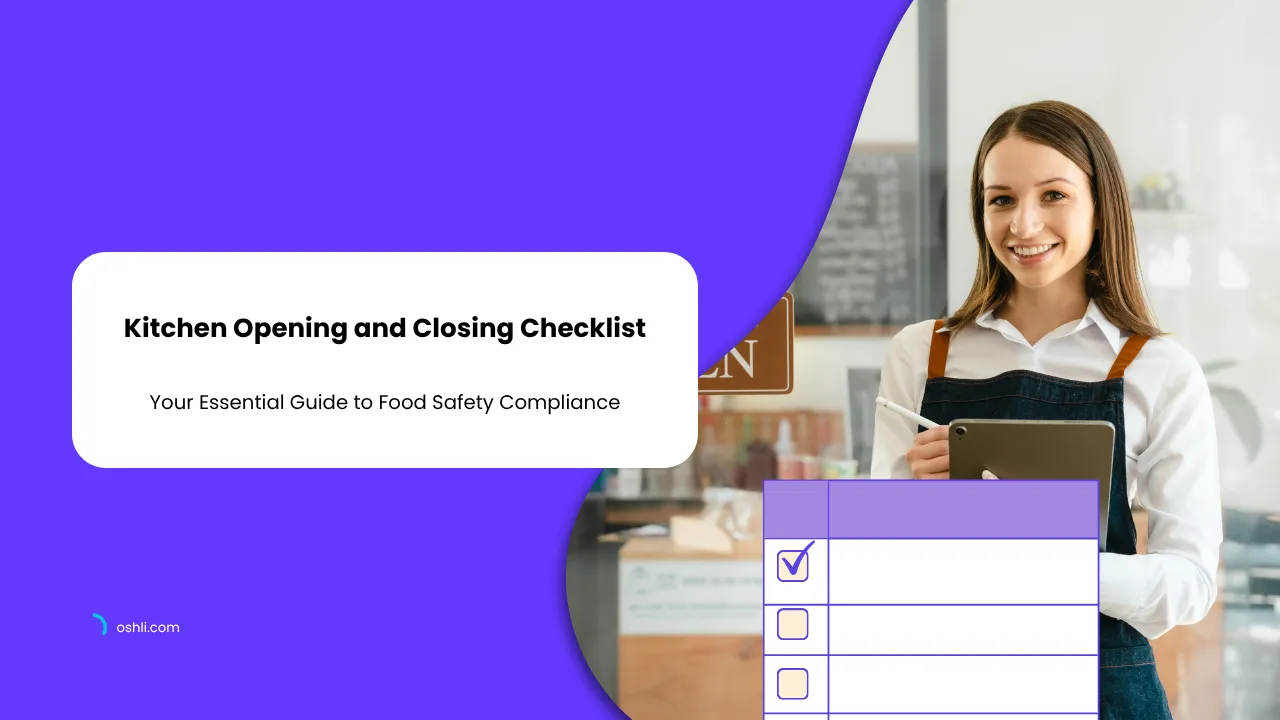
Kitchen Opening and Closing Checklist: Your Essential Guide
Discover how a kitchen opening and closing checklist can boost efficiency, ensure safety, and maintain compliance with free templates.
Closing Checklist for Kitchen, Daily Kitchen Procedures, Food Safety Checklist, Kitchen Opening Checklist, Restaurant Kitchen Management, Restaurant Operations Checklist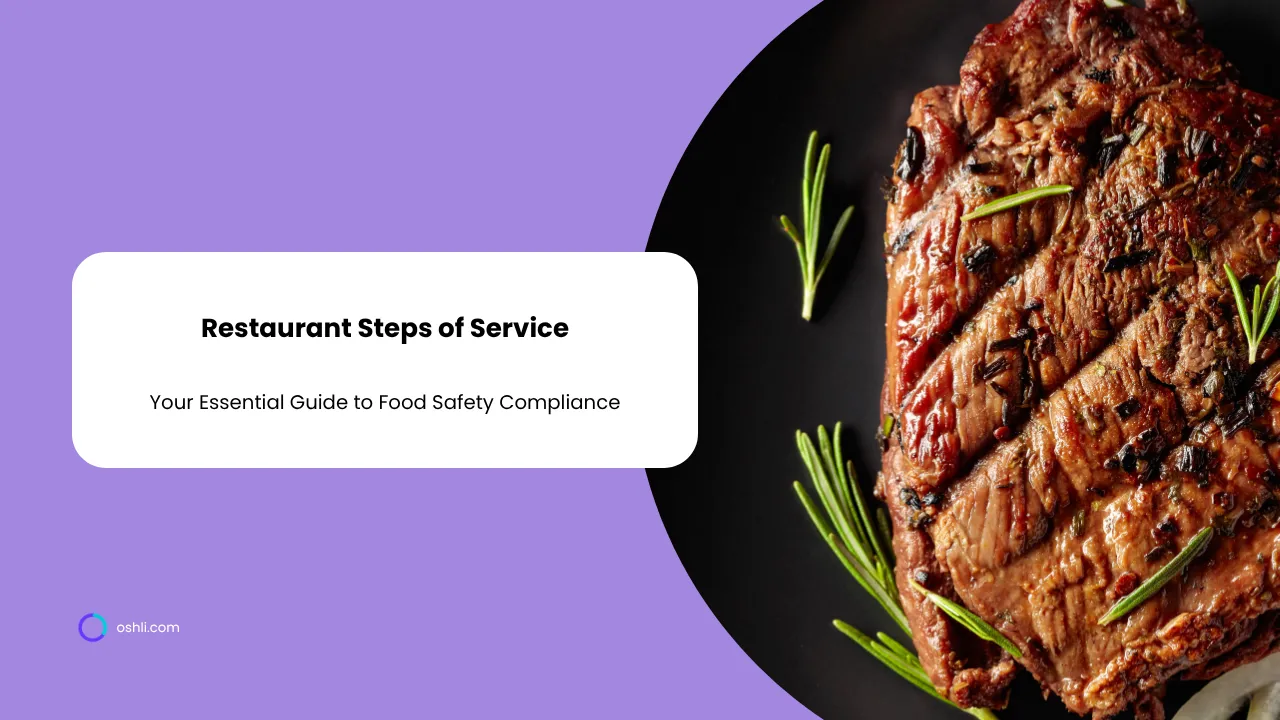
Restaurant Steps of Service: Your Essential Guide
Discover the restaurant steps of service to elevate guest satisfaction and streamline operations with free, customizable checklist templates.
front of house training, restaurant customer experience, restaurant service guide, restaurant steps of service, server training guide, waiter steps of service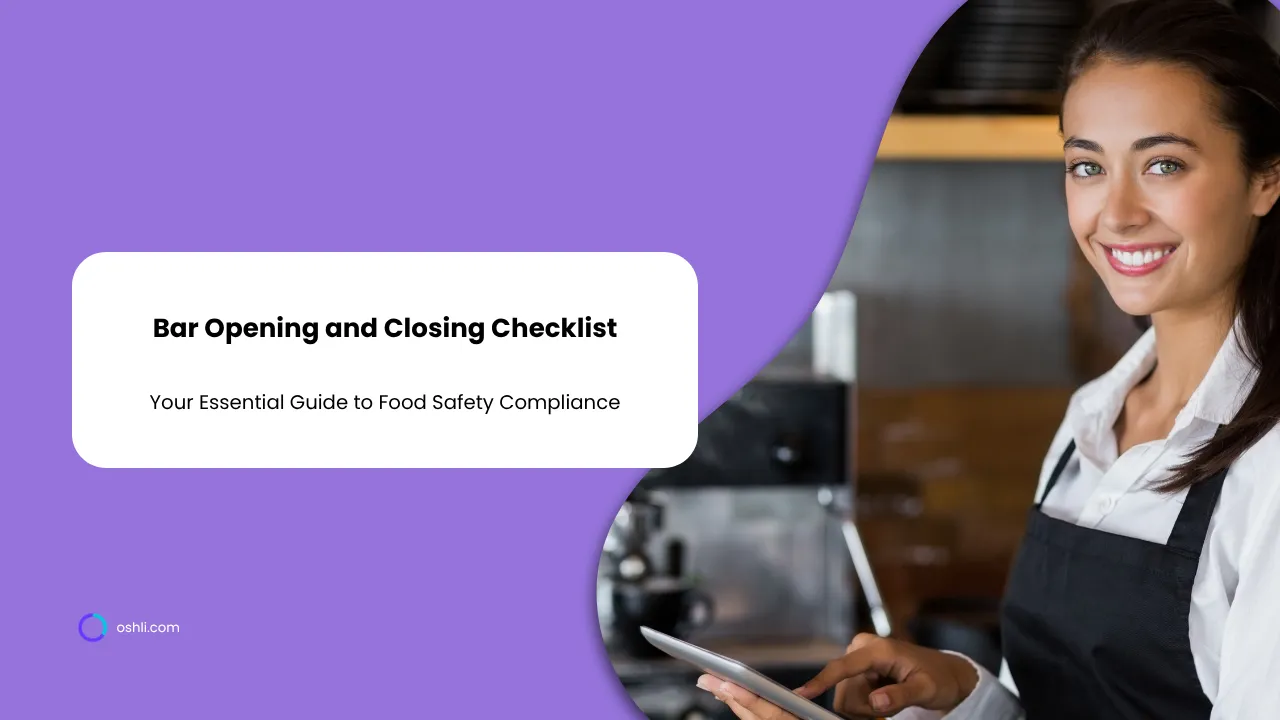
Bar Opening and Closing Checklist: Your Essential Guide
Discover how a bar opening and closing checklist can boost efficiency, ensure safety, and maintain compliance with free templates.
bar closing checklist, bar management guide, bar opening checklist, bar operations checklist, bar staff procedures, bartender duties checklist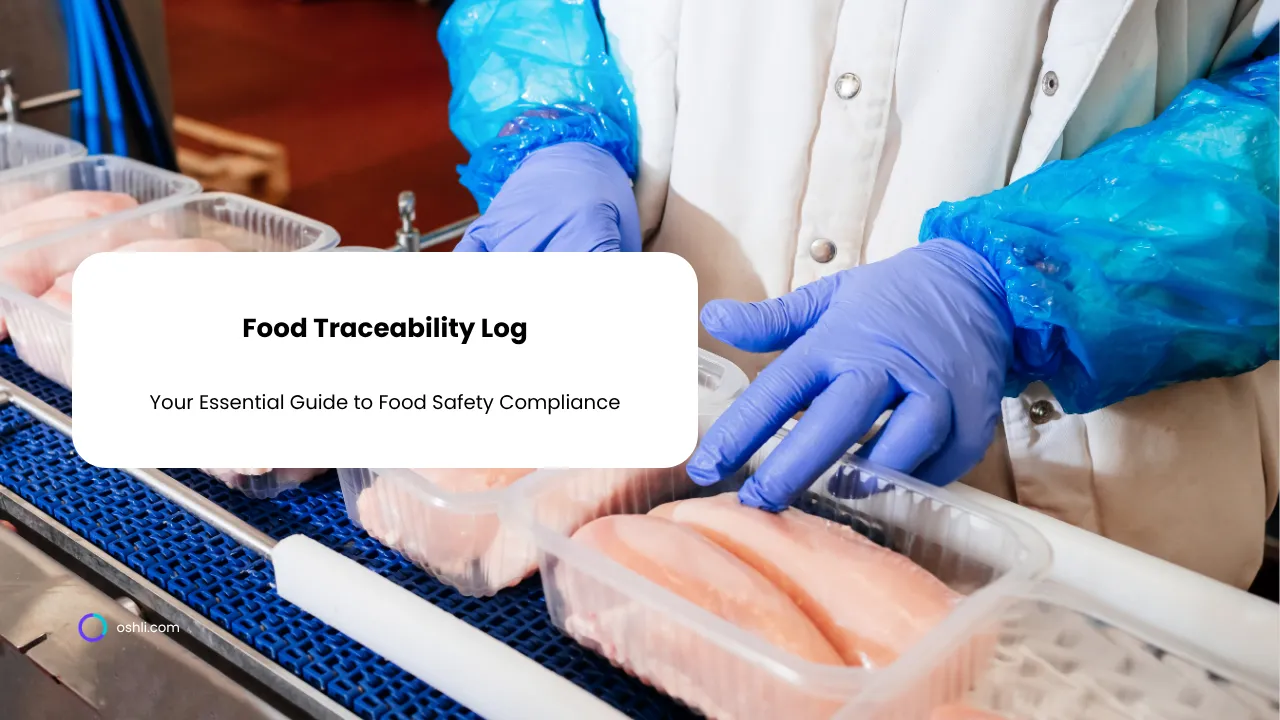
Food Traceability Log: Your Essential Guide
Discover how a food traceability log ensures safety, compliance, and transparency in restaurants with free, customizable templates.
farm to table tracking, food product recall, food safety tracking log, food supply chain traceability, food traceability log, food traceability system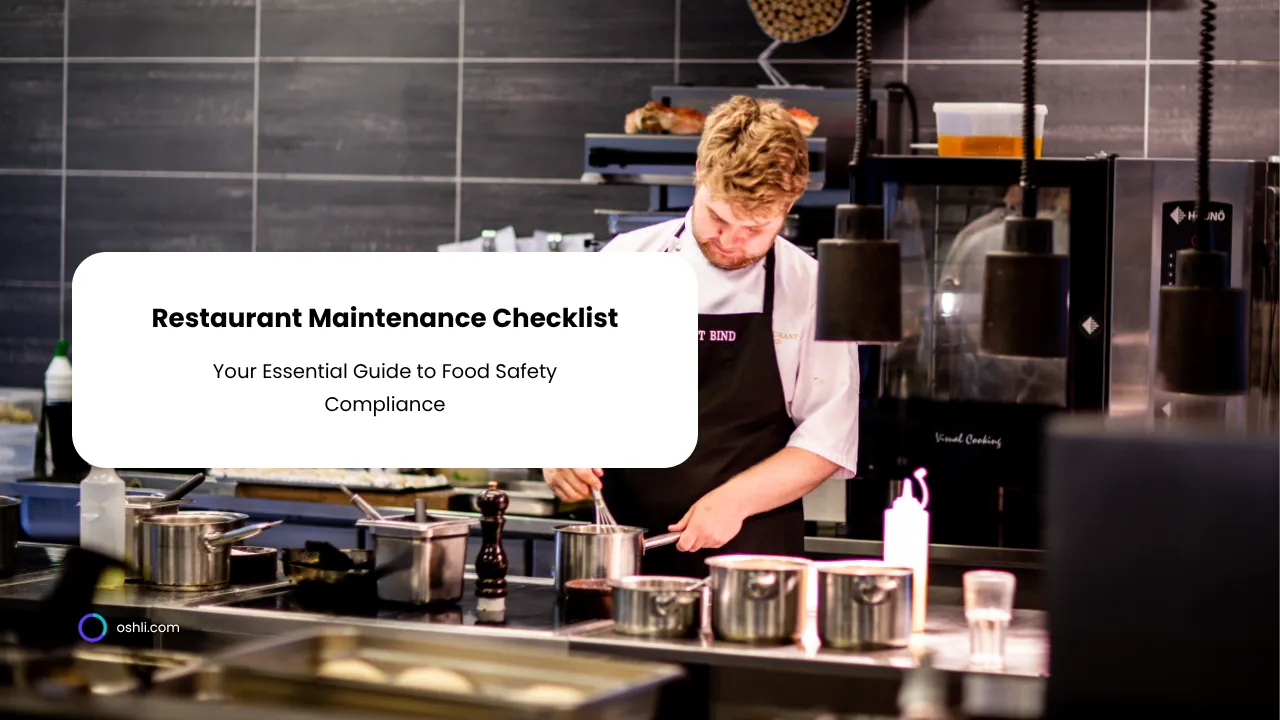
Restaurant Maintenance Checklist: Your Essential Guide
Discover key components of a restaurant maintenance checklist to ensure equipment reliability, safety, and compliance, with free templates for easy use.
commercial kitchen maintenance, facility maintenance checklist, preventive maintenance restaurant, restaurant equipment upkeep, restaurant maintenance checklist, restaurant repair schedule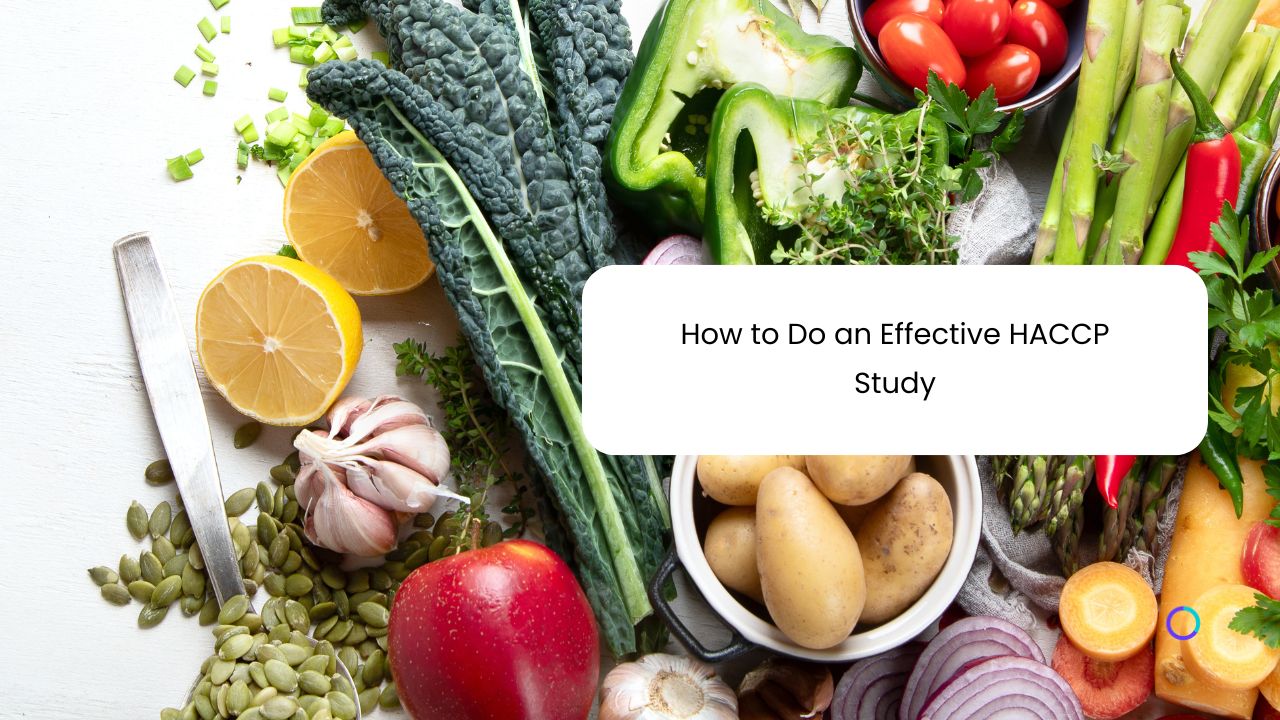
How to Do an Effective HACCP Study
In this comprehensive article, we will walk through the essential steps of conducting a HACCP study. We will explore what a HACCP plan is, how to develop one, why the process flow diagram is so crucial, and how to structure your hazard analysis to focus on severity and significance. By the end, you will have a detailed roadmap to guide your organization toward effective food safety and regulatory compliance.
food safety management system, HACCP audits and inspections, HACCP compliance requirements, HACCP documentation and record-keeping, HACCP for food manufacturers, HACCP for restaurants and catering, HACCP implementation guide, HACCP maintenance best practices, HACCP plan development, HACCP training and certification, HACCP verification process, critical control points in HACCP, food safety regulations 2025, risk assessment in HACCP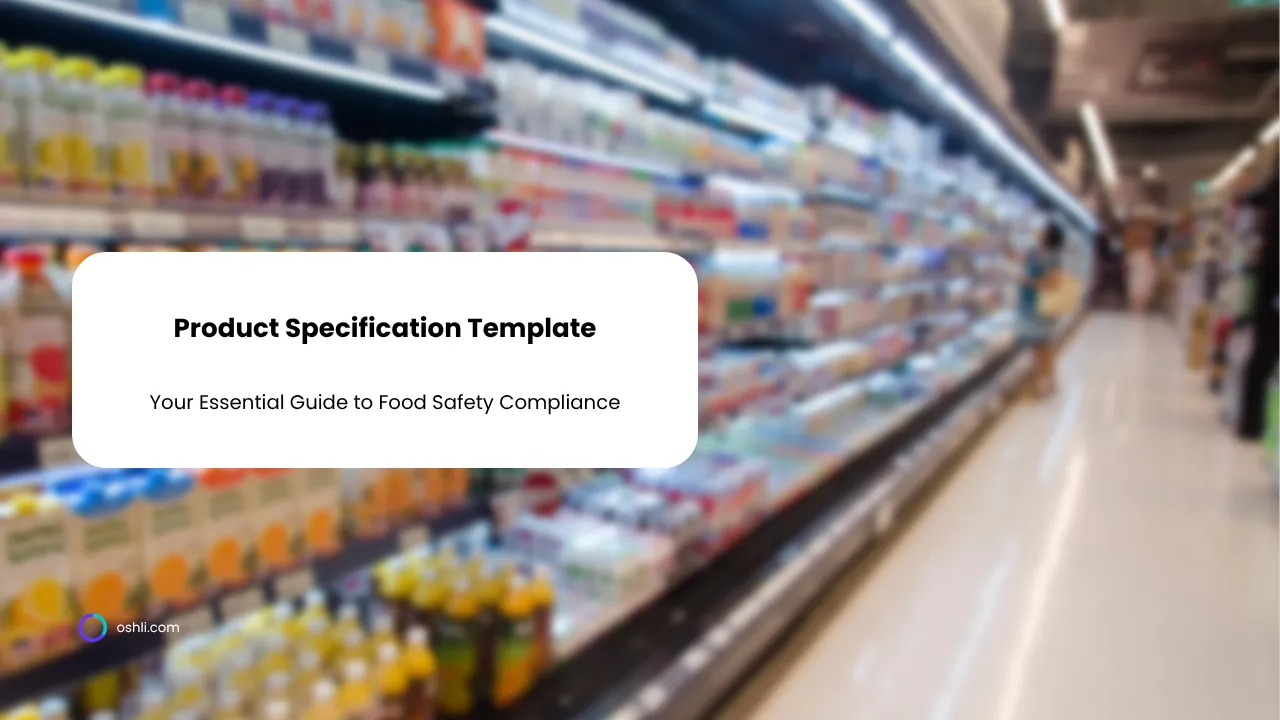
Product Specification Template: Your Essential Guide
Discover how a product specification template streamlines development, ensures quality, and supports compliance with free, customizable downloads.
engineering product specification, how to write product specs, product development documentation, product requirements template, product spec guide, product specification template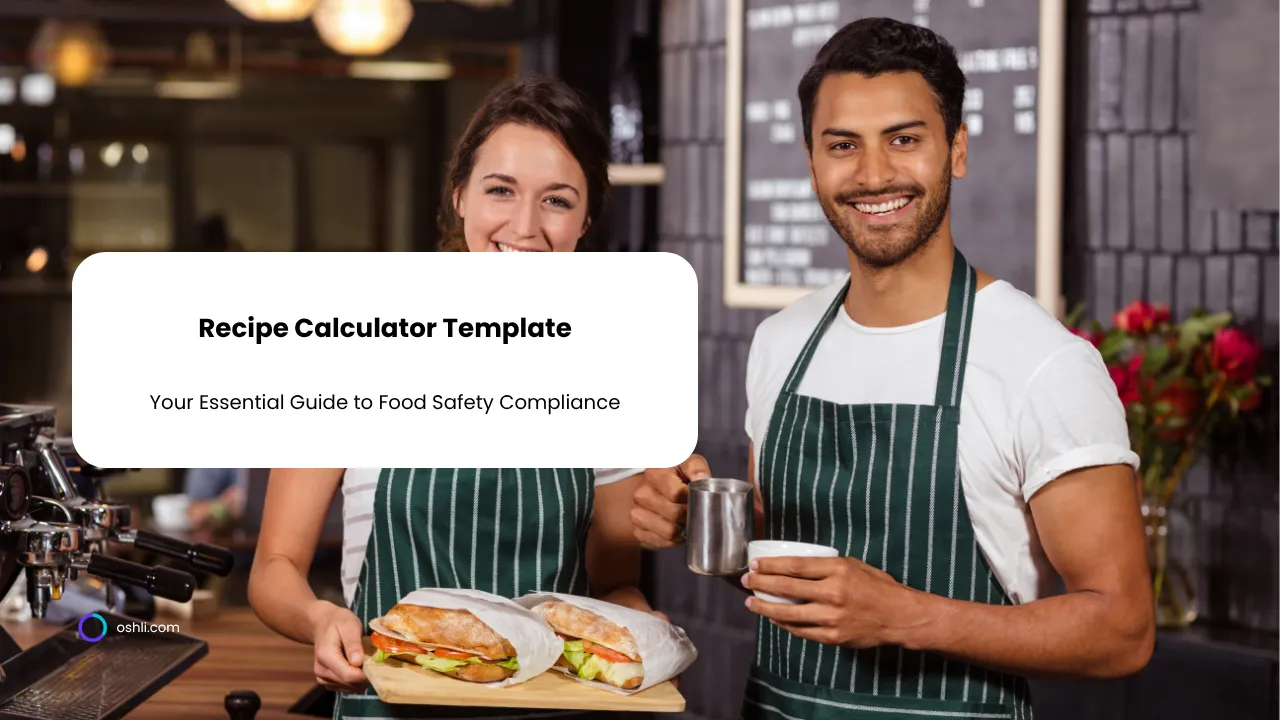
Recipe Calculator Template: Your Essential Guide
Discover how a recipe calculator template simplifies cost management, recipe scaling, and efficiency with free, customizable downloads.
excel recipe template, food cost calculator, recipe calculator template, recipe cost calculator, restaurant menu pricing, spreadsheet recipe template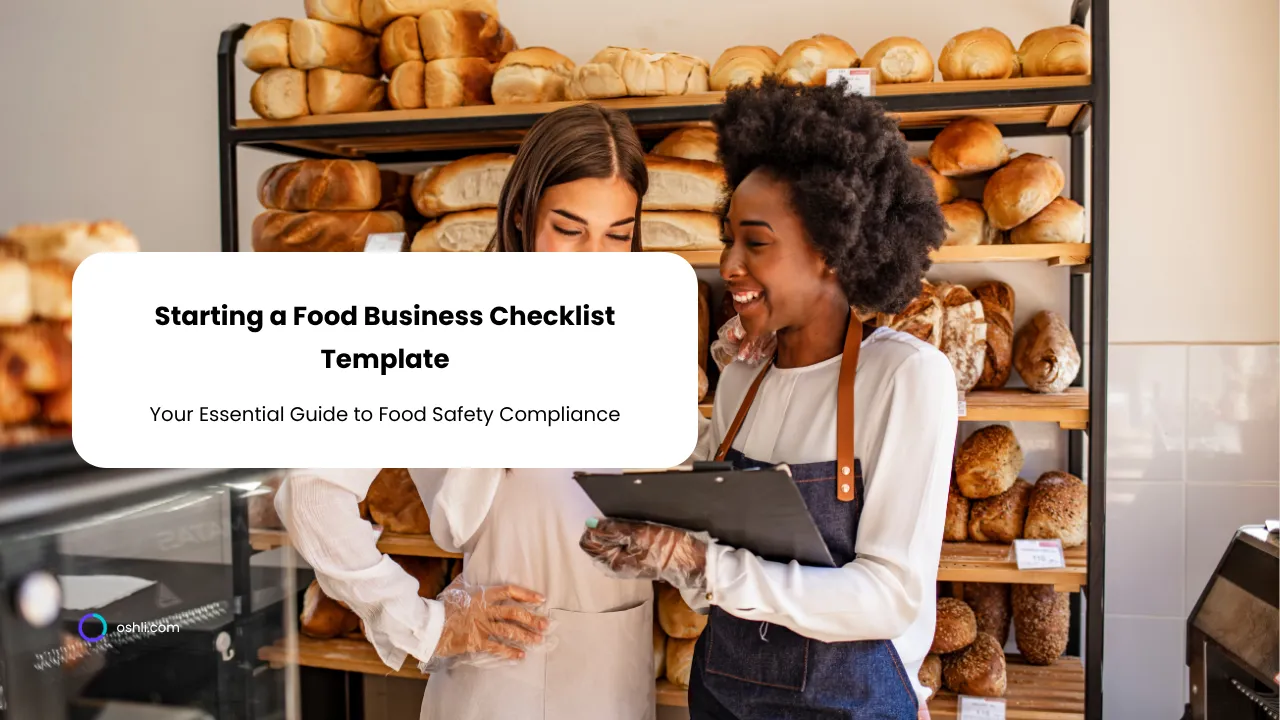
Starting a Food Business Checklist Template: Your Essential Guide
Discover how a starting a food business checklist template ensures compliance, streamlines setup, and drives success with free, customizable downloads.
culinary business startup, food business checklist, food entrepreneur guide, food startup template, restaurant business plan, starting a food business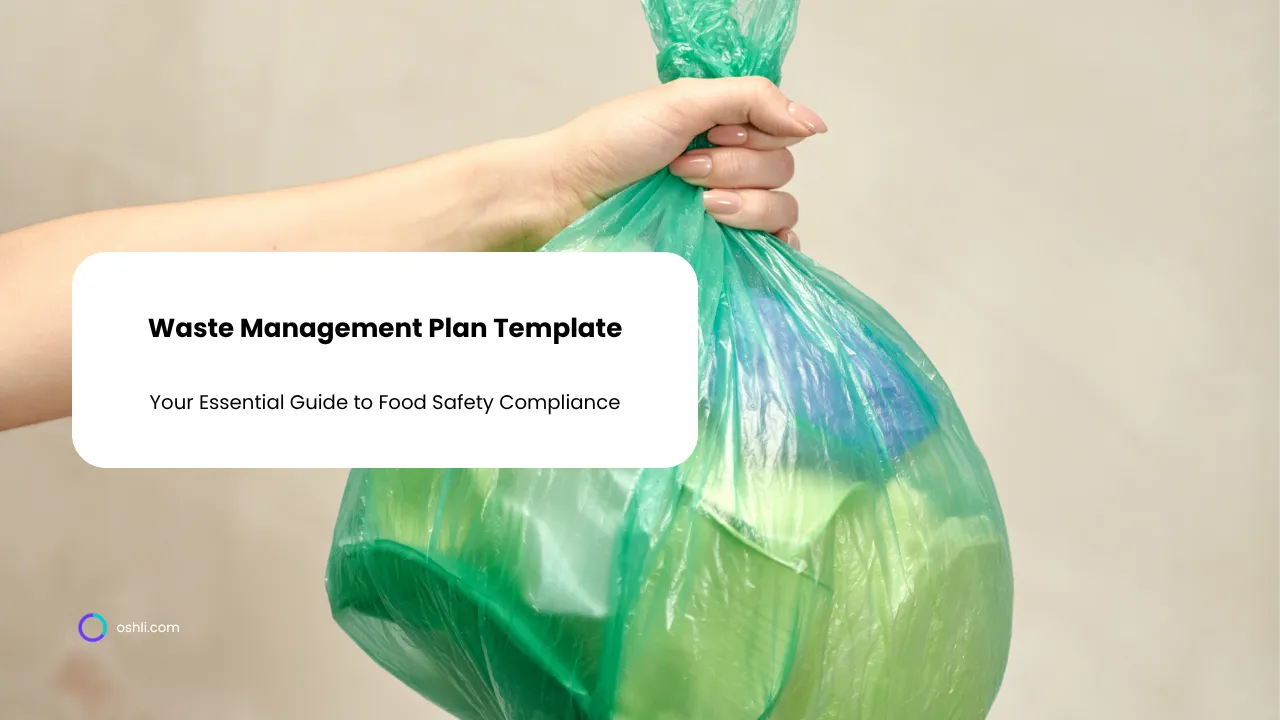
Waste Management Plan Template: Your Essential Guide
Discover how a waste management plan template reduces waste, ensures compliance, and promotes sustainability with free, customizable downloads.
environmental waste plan, recycling management template, sustainable waste strategy, waste disposal template, waste management plan, waste management plan template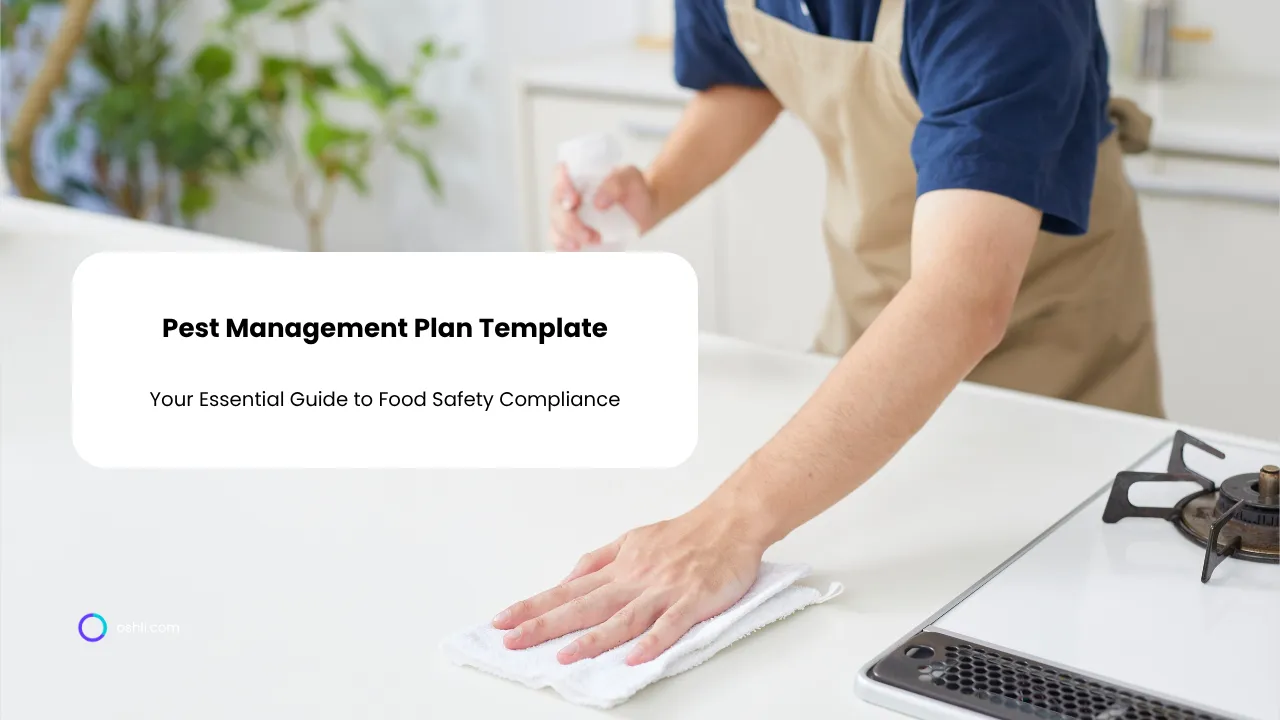
Pest Management Plan Template: Your Essential Guide
Discover how a pest management plan template ensures compliance, prevents infestations, and protects facilities with free, customizable downloads.
IPM plan template, essential pest management, free pest plan download, pest control guide, pest control strategy, pest management plan template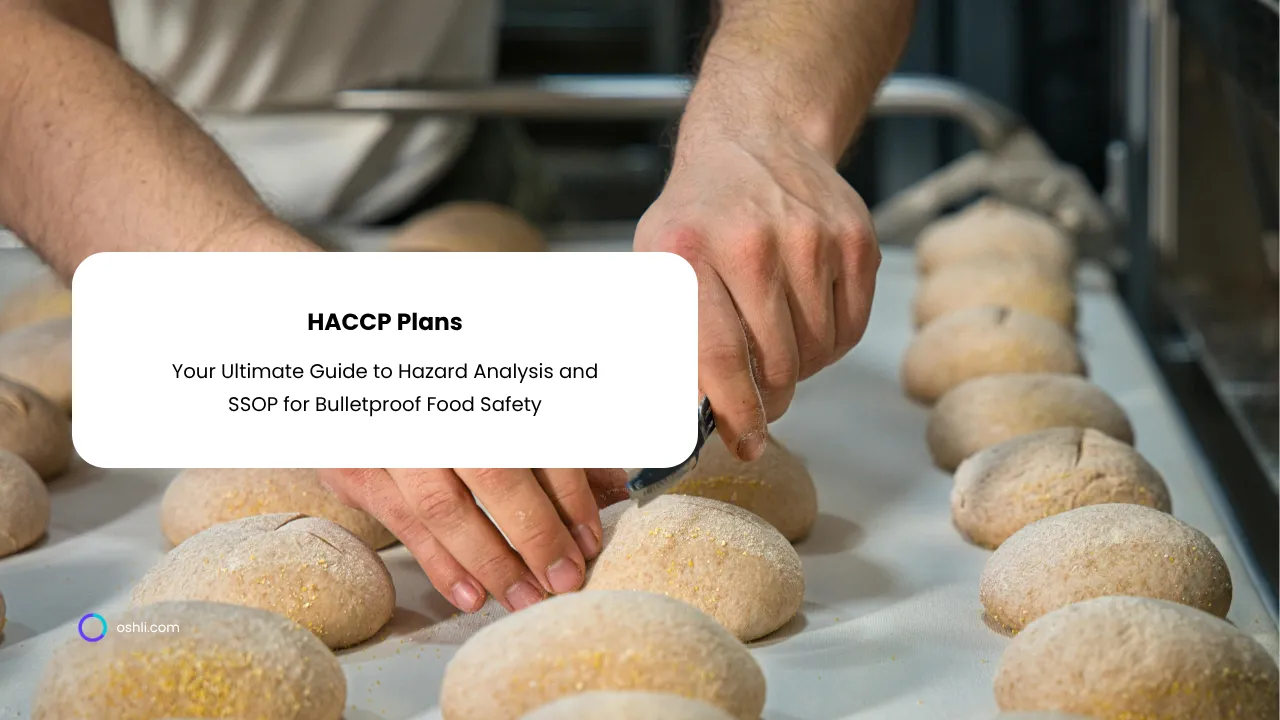
Mastering HACCP Plans: Your Ultimate Guide to Hazard Analysis and SSOP for Bulletproof Food Safety
Unlock the power of HACCP plans enhanced by hazard analysis and SSOP. This guide provides a free template, detailed principles, and real-world strategies for unbreakable food safety.
develop haccp plan, food safety haccp, haccp plans, haccp principles, implement haccp, write haccp plan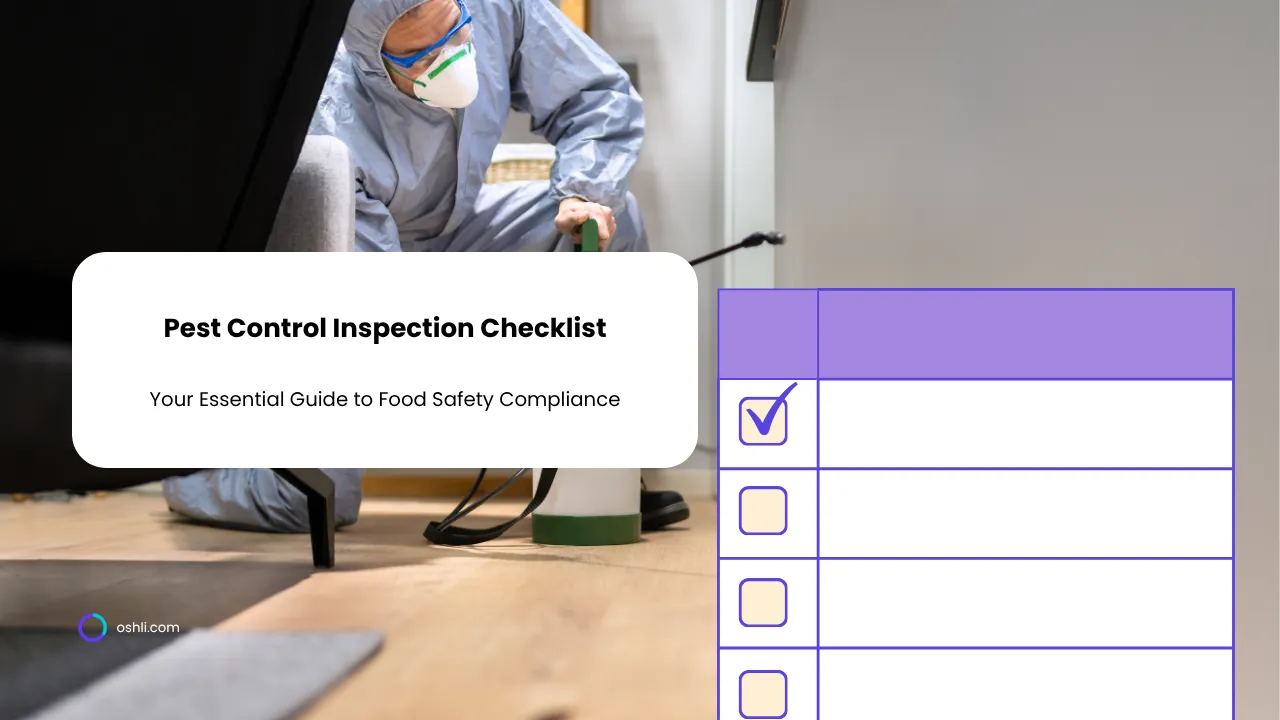
Pest Control Inspection Checklist: Your Essential Guide
Discover how a pest control inspection checklist ensures compliance, prevents infestations, and protects facilities with free, customizable downloads.
essential pest guide, home pest control, inspection guide, pest control checklist, pest inspection, pest management tips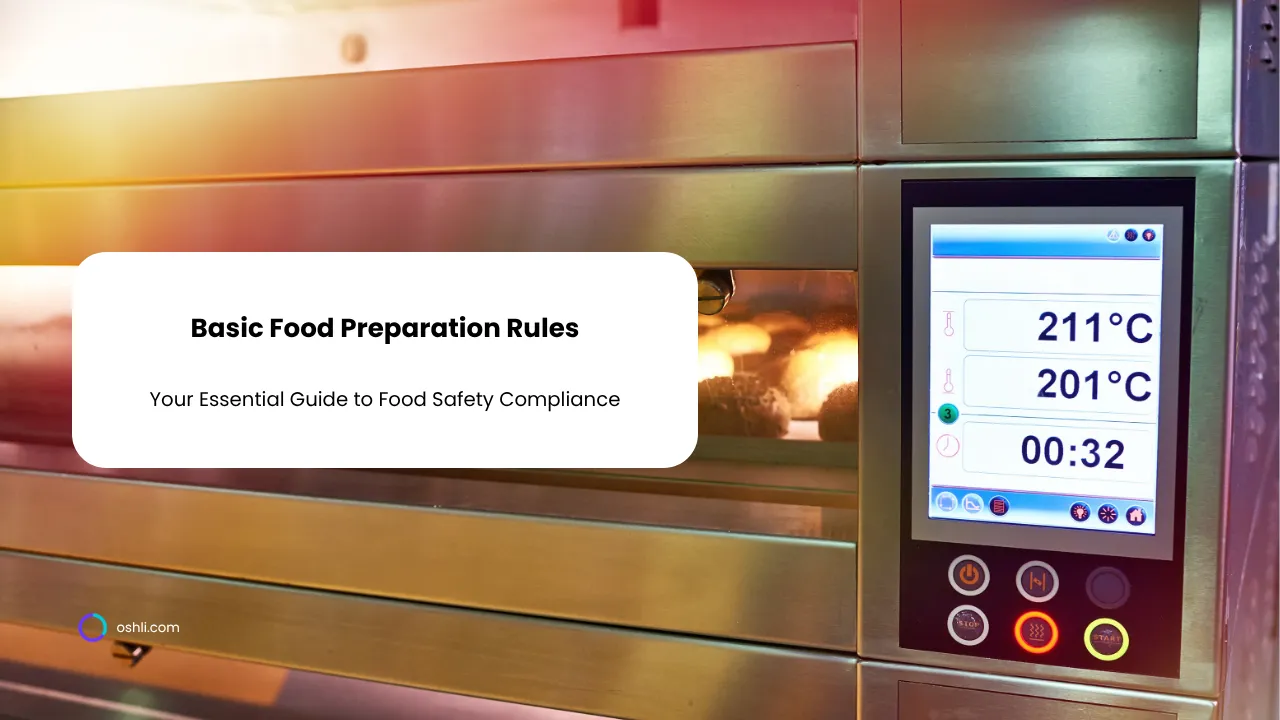
Basic Food Preparation Rules: Your Essential Guide
Discover basic food preparation rules to ensure safety, hygiene, and compliance with free, customizable checklists for any kitchen.
Basic Food Prep Rules, Cross Contamination Prevention, Food Hygiene Guide, Food Storage Safety, Kitchen Hygiene Practices, Safe Food Handling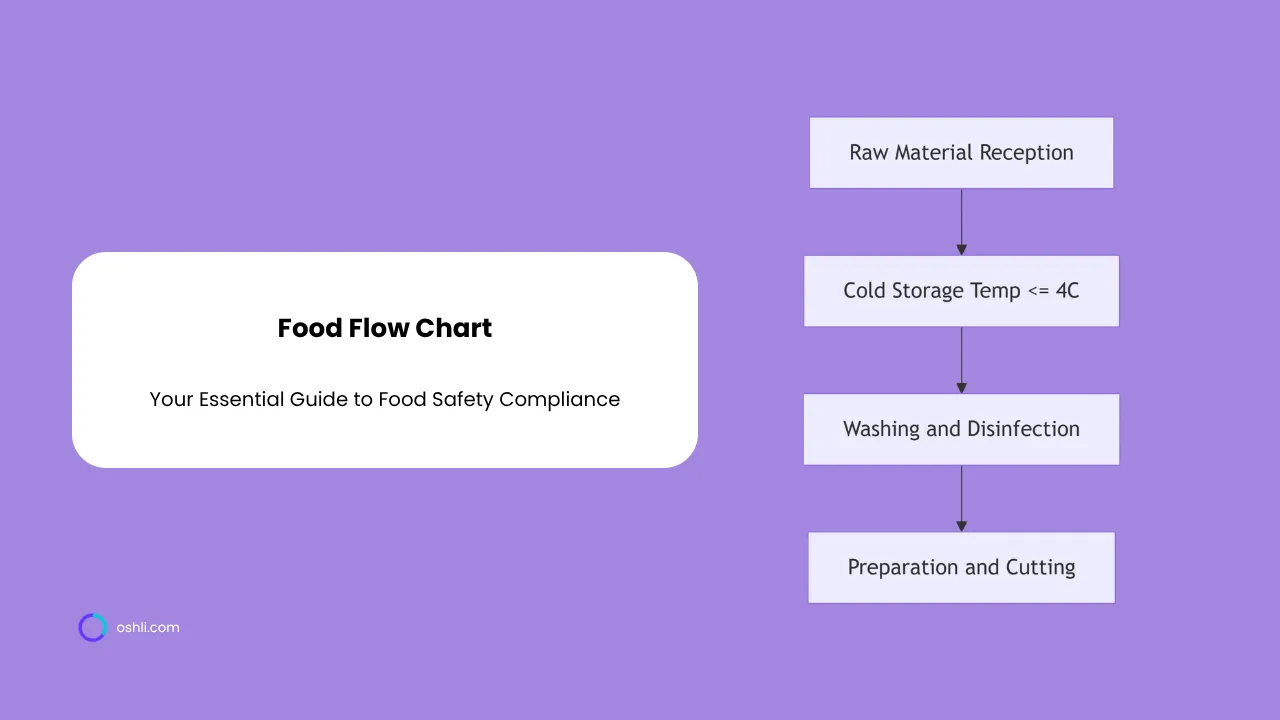
Food Flow Chart: Your Essential Guide
Discover how a food flow chart streamlines kitchen processes, ensures safety, and meets compliance with free, customizable templates.
essential guide food, food flow chart, food preparation guide, food process diagram, kitchen workflow chart, meal planning flowchart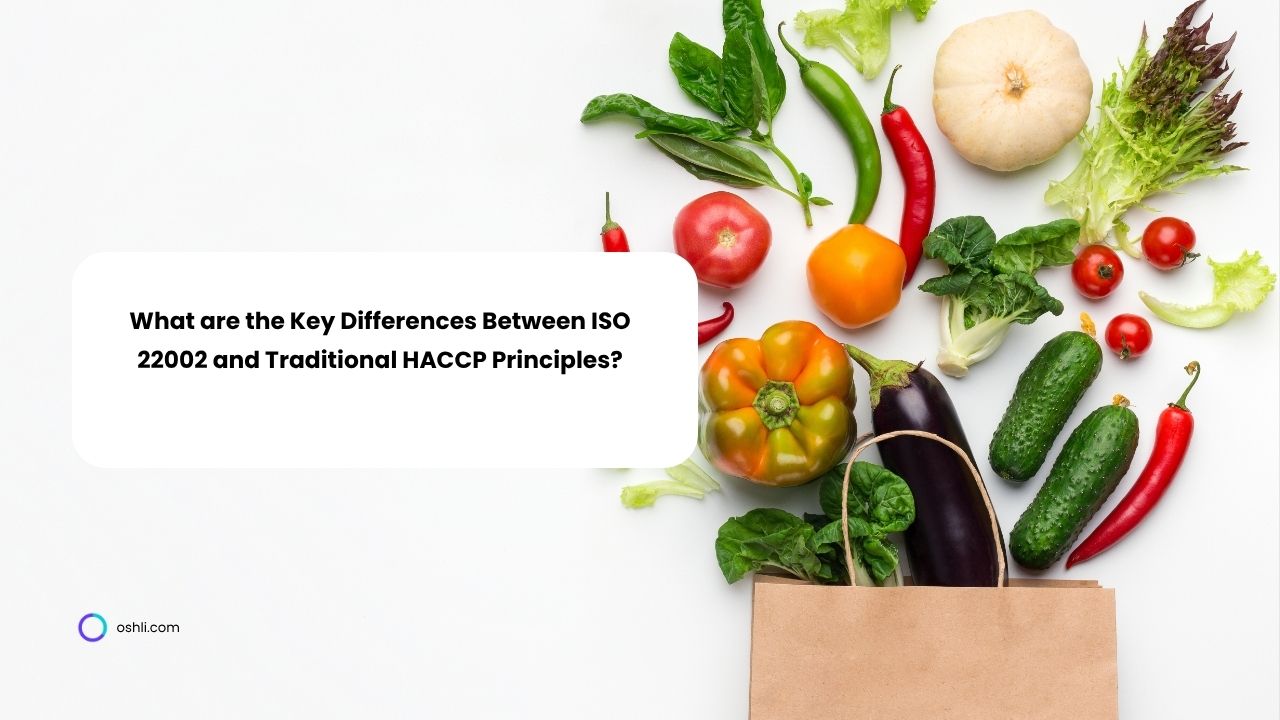
What are the Key Differences Between ISO 22002 and Traditional HACCP Principles?
In the world of food safety, understanding the differences between ISO 22002 and HACCP is crucial for compliance and efficiency. This guide breaks it down simply.
ISO 22002, HACCP, ISO 22000, food safety standards, prerequisite programs, CCPs, differences ISO 22002 HACCP, food safety management
How to Write a HACCP Plan: Your Essential Guide
Discover how to write a HACCP plan to ensure food safety, meet compliance, and streamline operations with free, customizable templates.
HACCP guide, HACCP plan, HACCP template, food safety plan, hazard analysis critical control points, how to write HACCP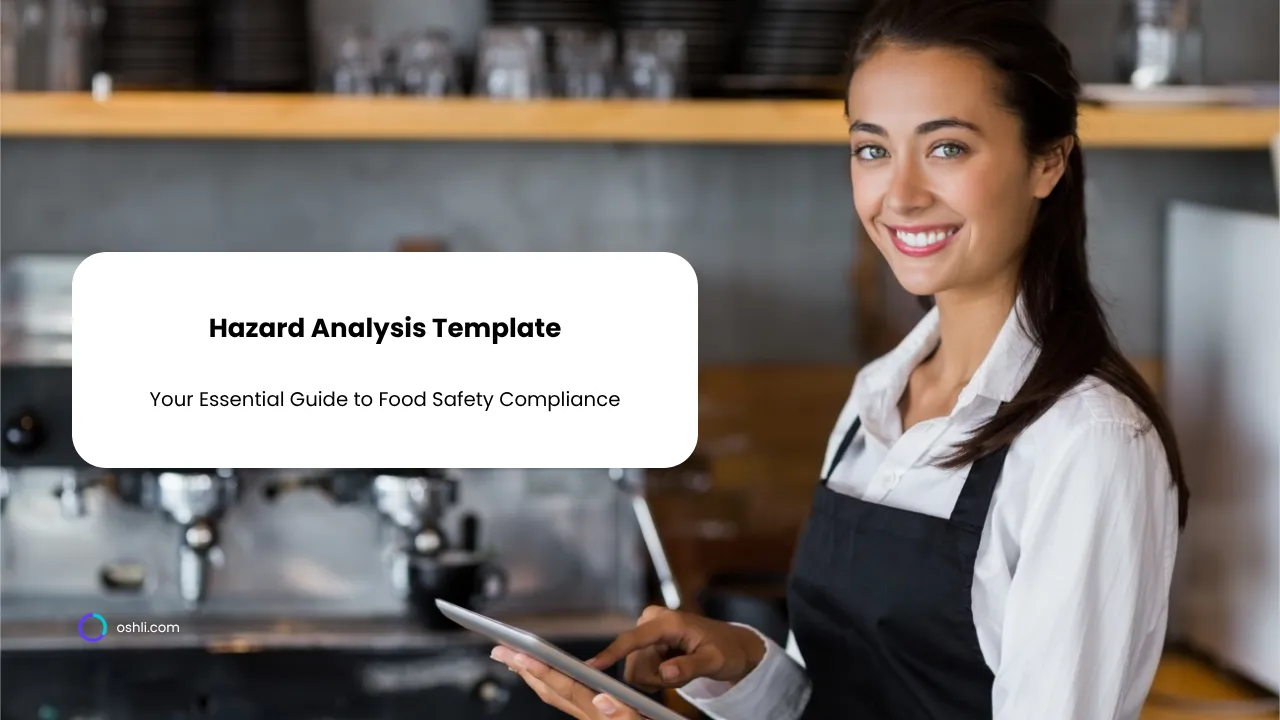
Hazard Analysis Template: Your Essential Guide
Discover how to create a hazard analysis template to ensure food safety, meet compliance, and streamline risk assessment with free, customizable templates.
HACCP hazard analysis worksheet with examples, best practices for risk assessment in food safety management, free hazard analysis template for HACCP and food safety plans, hazard analysis template for restaurants and food businesses, how to conduct a hazard analysis in food production, step-by-step guide to identifying biological, chemical, and physical hazards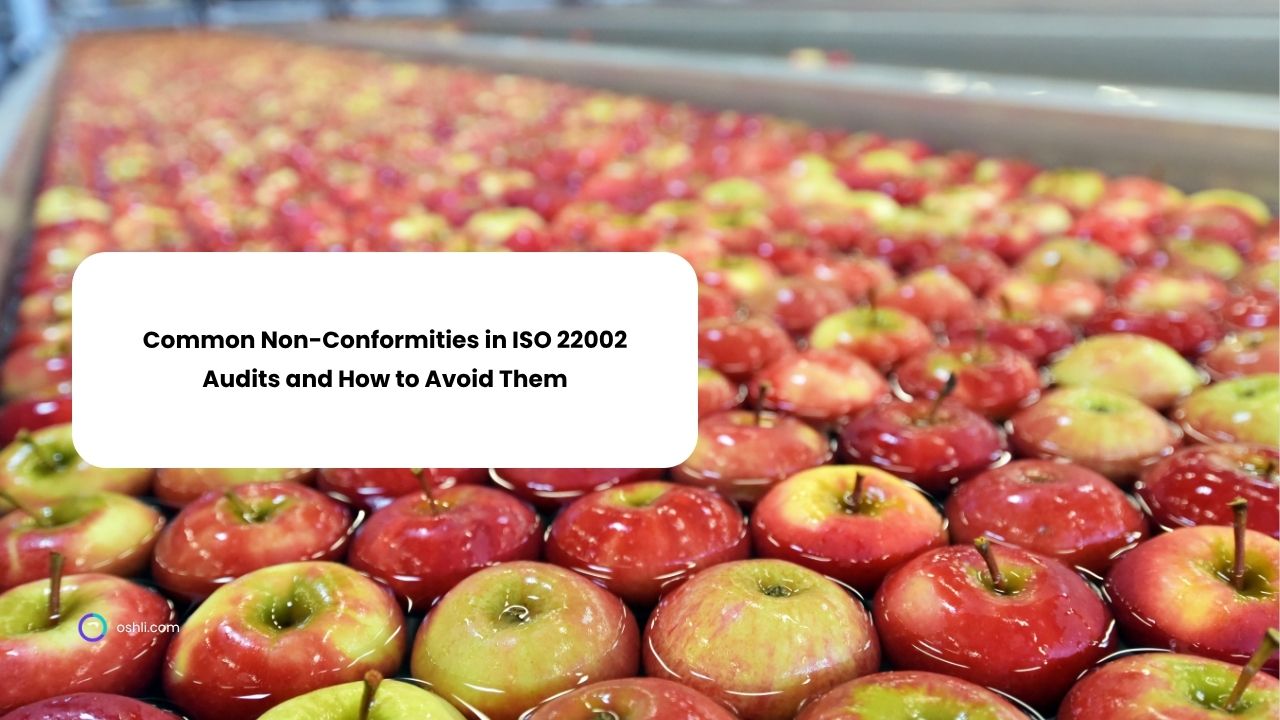
Common Non-Conformities in ISO 22002 Audits and How to Avoid Them
Navigating ISO 22002 audits? Learn about frequent non-conformities like inadequate PRPs and supplier verification, plus friendly tips to sidestep them and boost your food safety program.
food safety, PRPs, ISO 22002 audits, allergen control, audit preparation, non-conformities, root cause analysis, supplier verification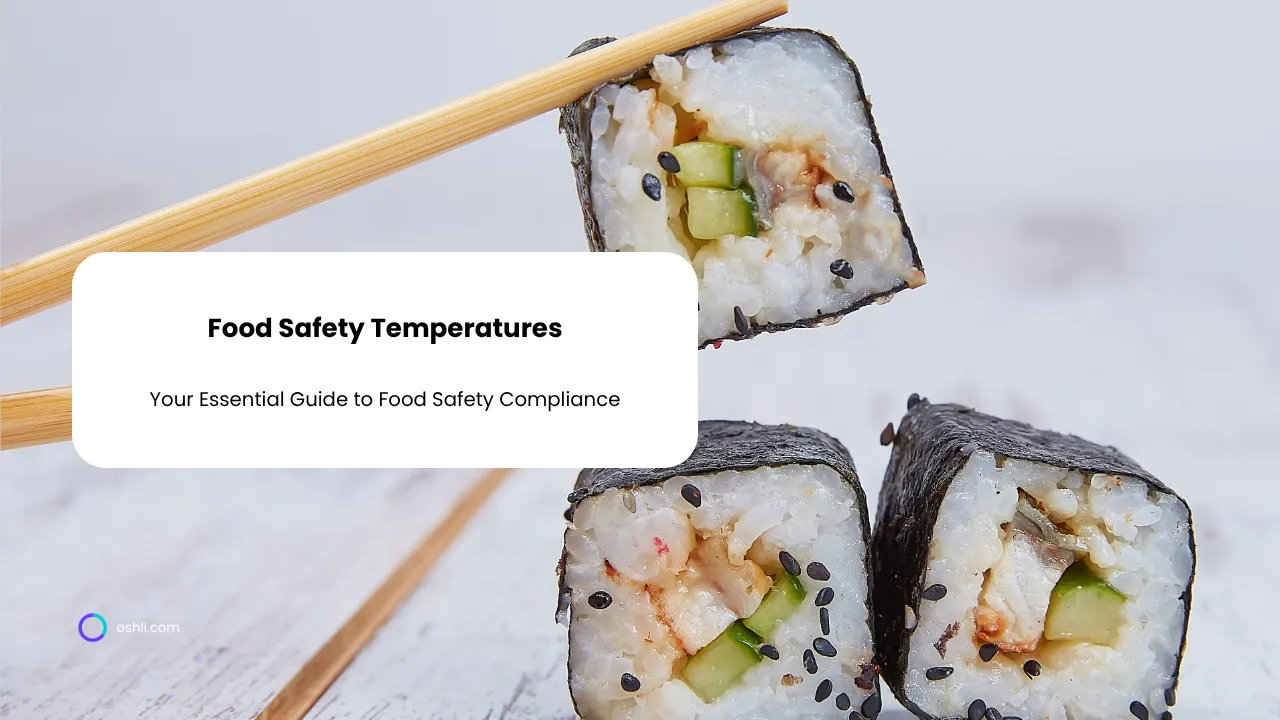
Food Safety Temperatures: Your Essential Guide
Discover how to create a food safety temperatures template to ensure compliance, maintain safe food temperatures, and streamline control with free tools.
essential guide to internal food temperatures, food safety temperature chart for meat, poultry, and fish, food safety tips for cooking at home or professionally, how to use a food thermometer correctly, minimum safe temperatures for beef, chicken, pork, and seafood, safe cooking temperatures to prevent foodborne illness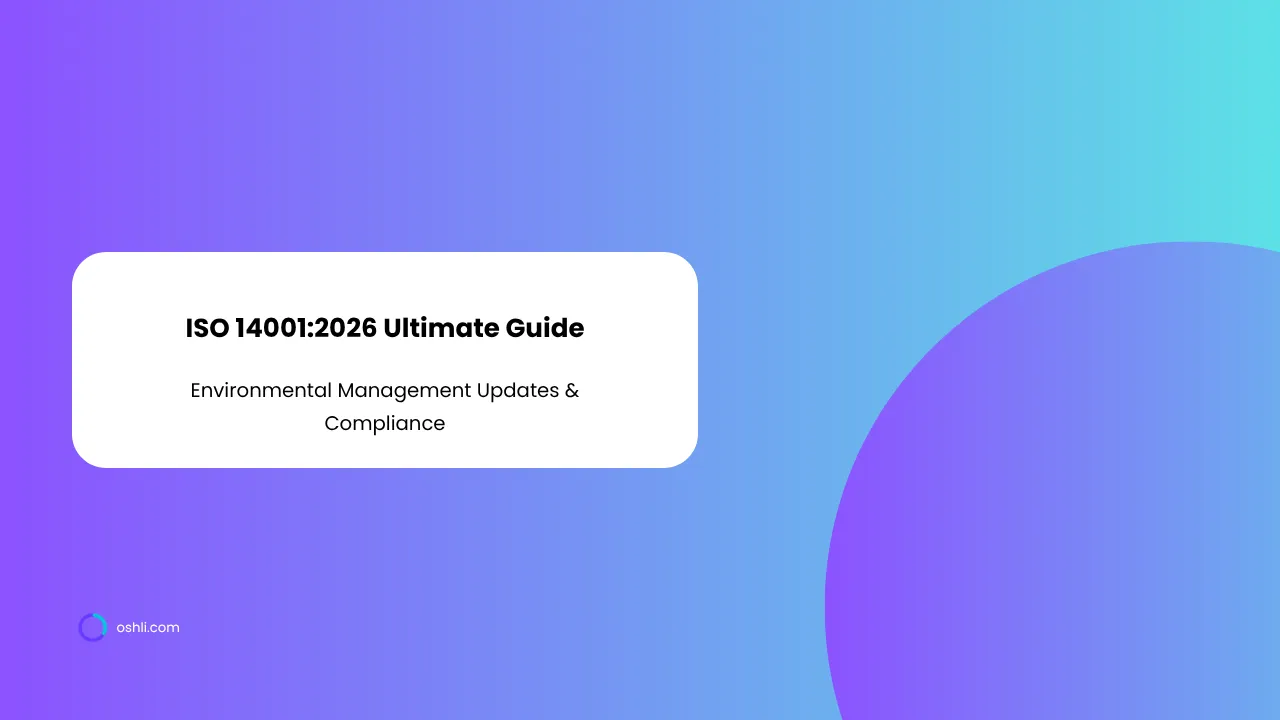
ISO 14001:2026 Ultimate Guide: Environmental Management Updates, Compliance Tips, and Transition Roadmap
Master ISO 14001:2026 with this ultimate guide covering environmental management updates, practical compliance tips, and a clear transition roadmap to ensure sustainability and regulatory success.
ISO 14001:2026 certification process, ISO 14001:2026 environmental management updates, ISO 14001:2026 sustainability best practices, how to comply with ISO 14001:2026, implementing ISO 14001:2026 for businesses, key changes in ISO 14001:2026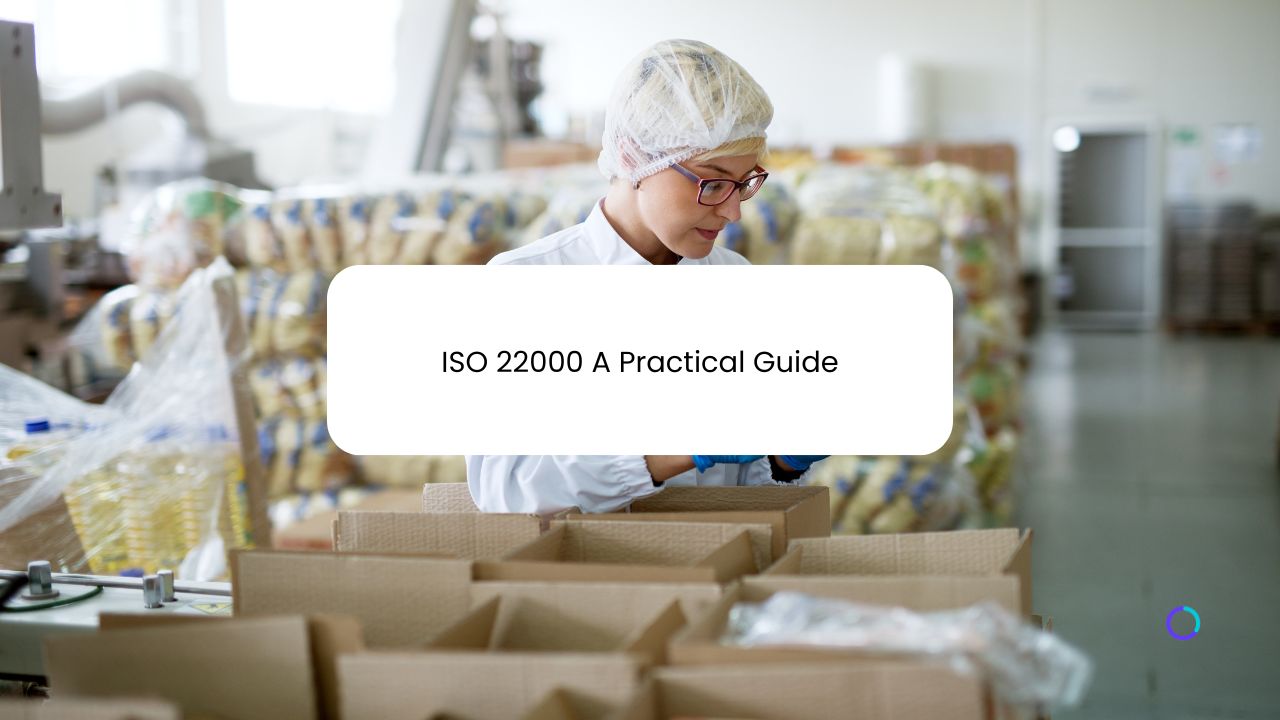
A Comprehensive Guide to ISO 22000, Audit Fundamentals, and Certification
Explore the key clauses of ISO 22000, learn the essentials of audit fundamentals, and discover how ISO 17021 and ISO 19011 facilitate certification. This guide provides a structured roadmap to implement and maintain a robust food safety management system for ongoing compliance and consumer trust.
Audit Fundamentals Certification, Food Safety Certification Process, ISO 22000 Audit Training, ISO 22000 Certification Guide, ISO Certification Food, Obtaining ISO 22000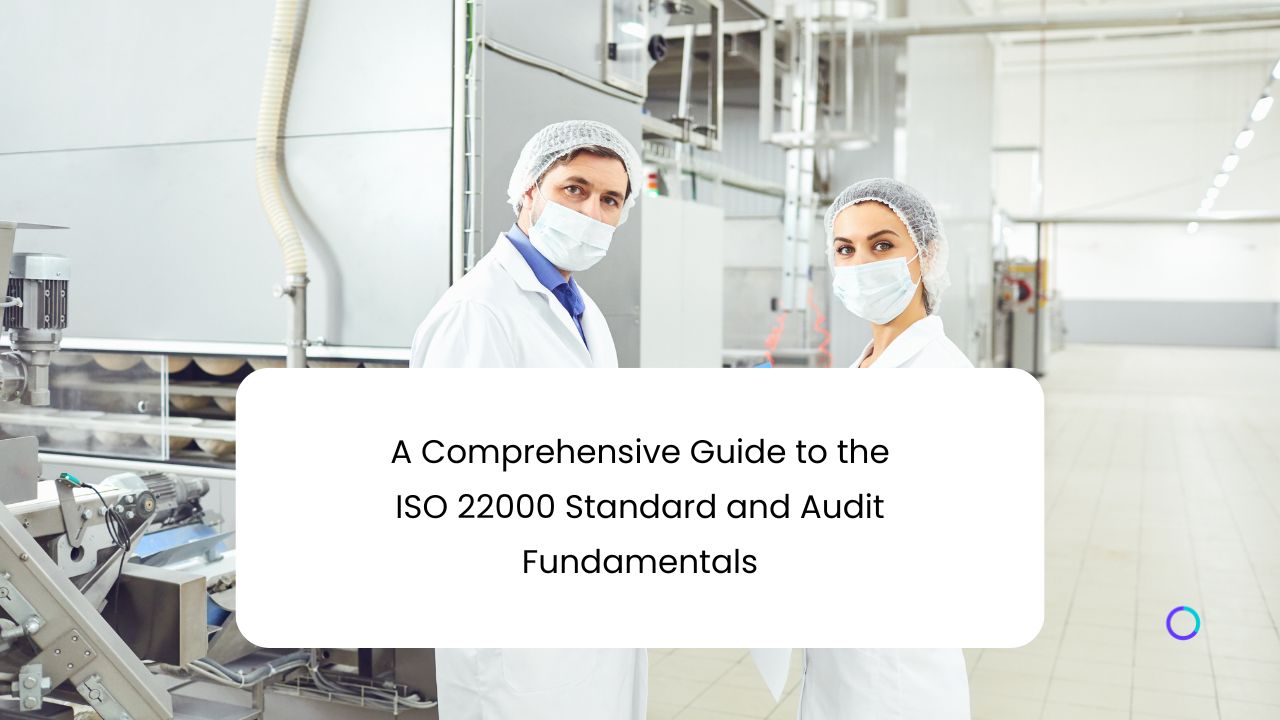
A Comprehensive Guide to the ISO 22000 Standard and Audit Fundamentals
Explore how ISO 22000’s clauses provide a comprehensive framework for food safety management and discover key audit fundamentals—document review, interviews, testing, and more—that ensure ongoing compliance and continual improvement in the food industry.
Audit Basics Food Safety, Food Safety Audit Process, ISO 22000 Audit Fundamentals, ISO 22000 Requirements, ISO 22000 Standard Guide, Internal Audit ISO 22000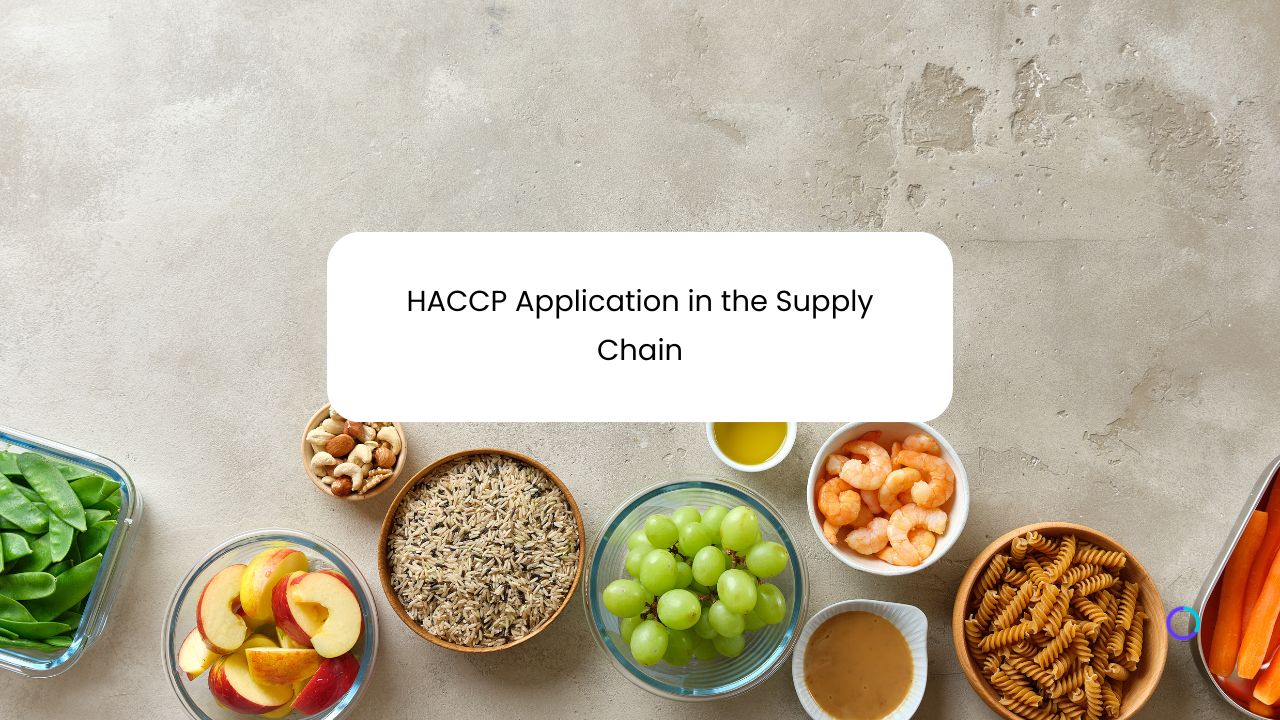
HACCP Application in the Supply Chain
HACCP is essential for safeguarding food safety across every segment of the supply chain—from packaging production and feed supply to primary farming, manufacturing, and supermarkets. This comprehensive guide details how to apply HACCP principles at each stage, ensuring products remain safe and high-quality until they reach consumers.
food safety management system, HACCP audits and inspections, HACCP compliance requirements, HACCP documentation and record-keeping, HACCP for food manufacturers, HACCP for restaurants and catering, HACCP implementation guide, HACCP maintenance best practices, HACCP plan development, HACCP training and certification, HACCP verification process, critical control points in HACCP, food safety regulations 2025, risk assessment in HACCP
Top 10 Changes in ISO 9001:2026 vs. 2015 – What You Need to Know
The ISO 9001:2026 revision brings significant updates to the quality management standard. This guide covers the top 10 changes from the 2015 version, offering insights and preparation tips for compliance.
ISO 9001:2026 best practices for compliance, ISO 9001:2026 certification requirements, ISO 9001:2026 quality management system updates, benefits of ISO 9001:2026 for businesses, how to implement ISO 9001:2026 standards, key changes in ISO 9001:2026
Hazard Analysis Template: Your Essential Guide
Discover how to create a hazard analysis template to ensure food safety, meet compliance, and streamline risk assessment with free, customizable templates.
HACCP hazard analysis worksheet with examples, best practices for risk assessment in food safety management, free hazard analysis template for HACCP and food safety plans, hazard analysis template for restaurants and food businesses, how to conduct a hazard analysis in food production, step-by-step guide to identifying biological, chemical, and physical hazards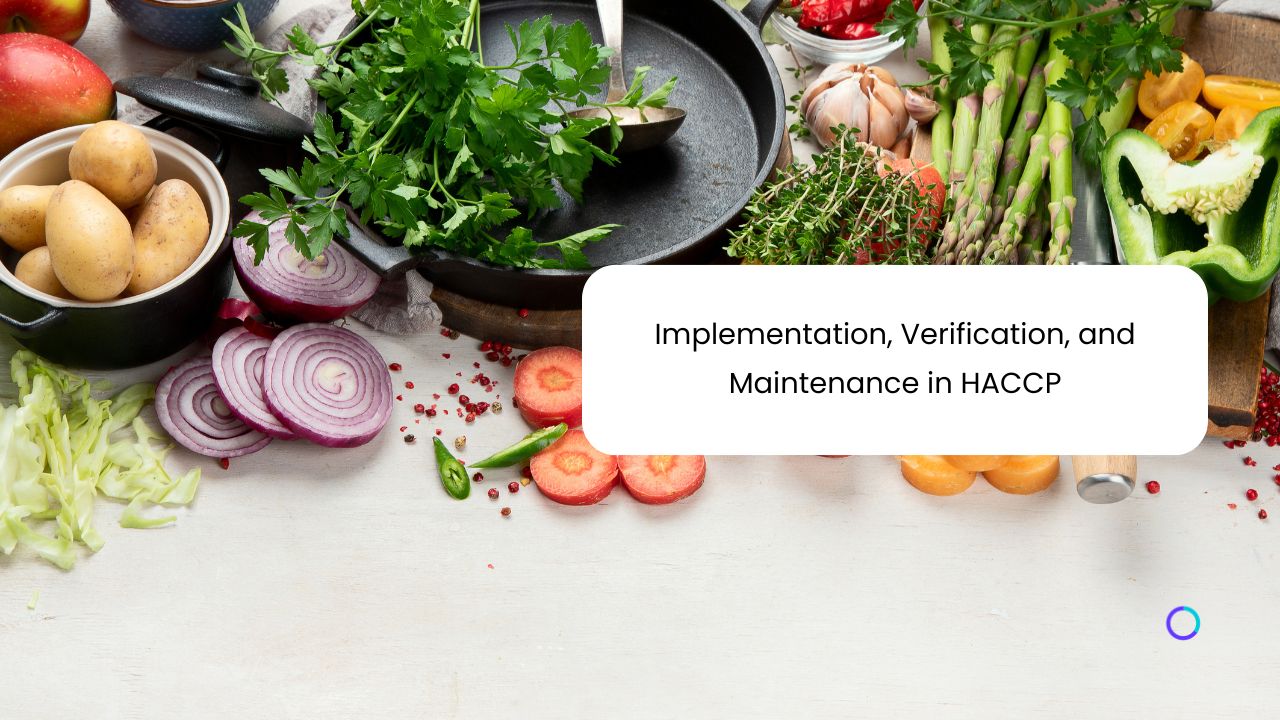
Implementation, Verification, and Maintenance in HACCP
Implementing, verifying, and maintaining a HACCP system are critical steps in safeguarding food safety. This article offers a deep dive into effective HACCP planning, monitoring records, statistical techniques, and continuous improvement strategies, ensuring your organization remains compliant and consumer-focused.
food safety management system, HACCP audits and inspections, HACCP compliance requirements, HACCP documentation and record-keeping, HACCP for food manufacturers, HACCP for restaurants and catering, HACCP implementation guide, HACCP maintenance best practices, HACCP plan development, HACCP training and certification, HACCP verification process, critical control points in HACCP, food safety regulations 2025, risk assessment in HACCP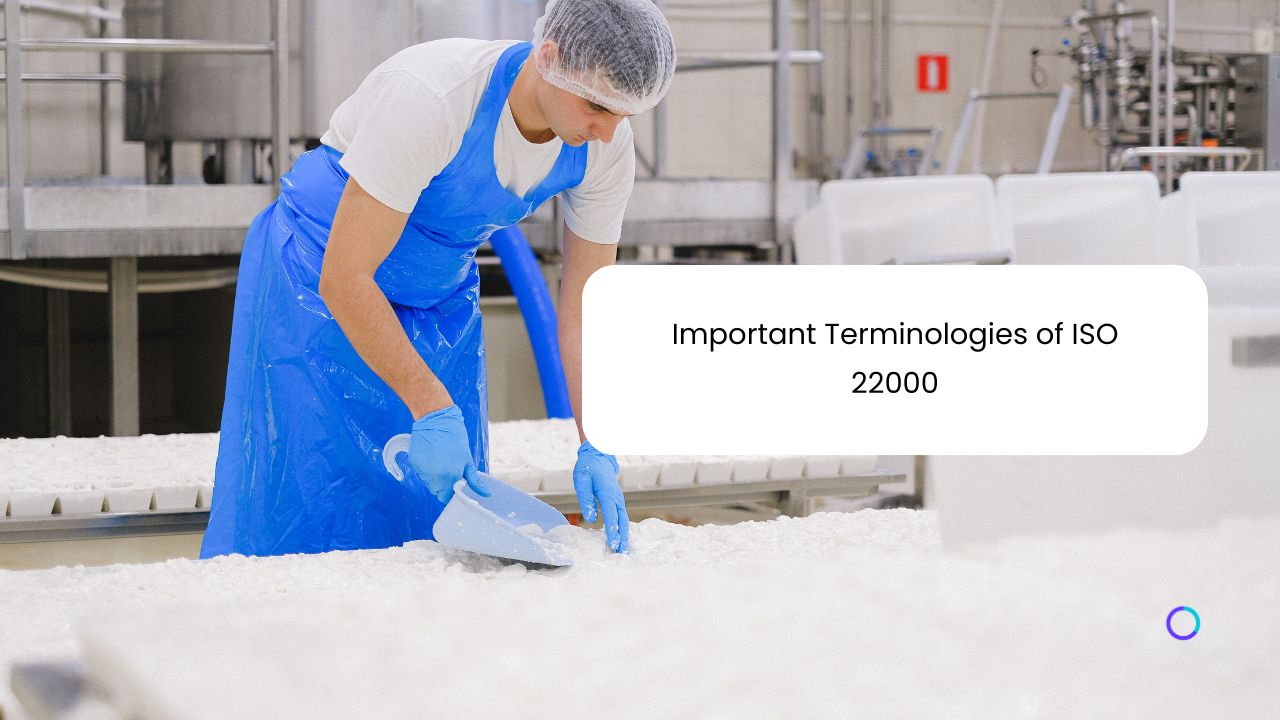
Important Terminologies of ISO 22000:2018
ISO 22000:2018 is an internationally recognized Food Safety Management System standard that integrates HACCP principles with robust processes. In this article, we explore essential terminologies like PRP, OPRP, CCP, Critical Limits, Validation, and more, offering valuable insights for any organization seeking to ensure food safety and regulatory compliance.
food safety standards, food safety documentation, food safety management system, FSMS terminology, ISO 22000 compliance, ISO 22000 definitions, ISO 22000 essential guide, ISO 22000 glossary, ISO 22000 implementation, ISO 22000 key terms, ISO 22000 requirements, ISO 22000 terminologies, ISO 22000:2018, food safety audit, food safety best practices, food safety certification, food safety regulations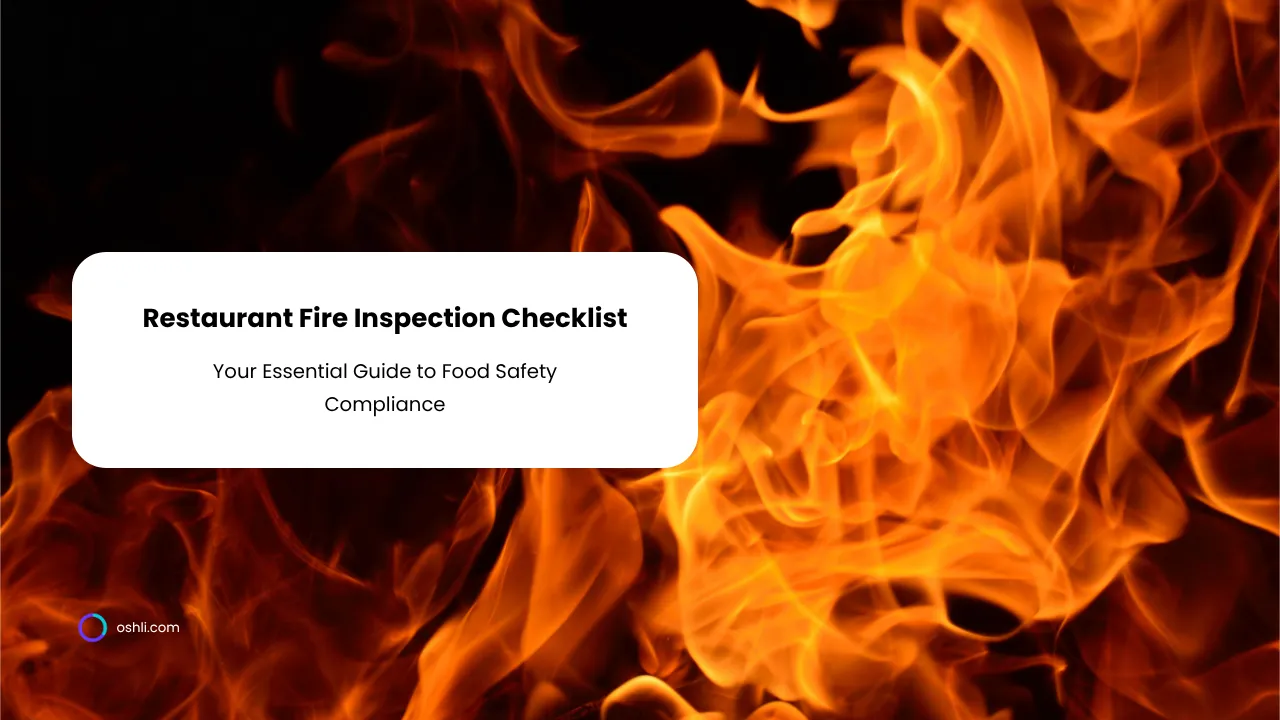
Restaurant Fire Inspection Checklist: Your Essential Guide
Explore key elements of a restaurant fire inspection checklist to ensure safety compliance, prevent hazards, and access free templates for easy implementation.
commercial kitchen fire prevention, fire inspection regulations restaurant, preparing for fire inspection, restaurant fire inspection checklist, restaurant fire safety, restaurant fire safety equipment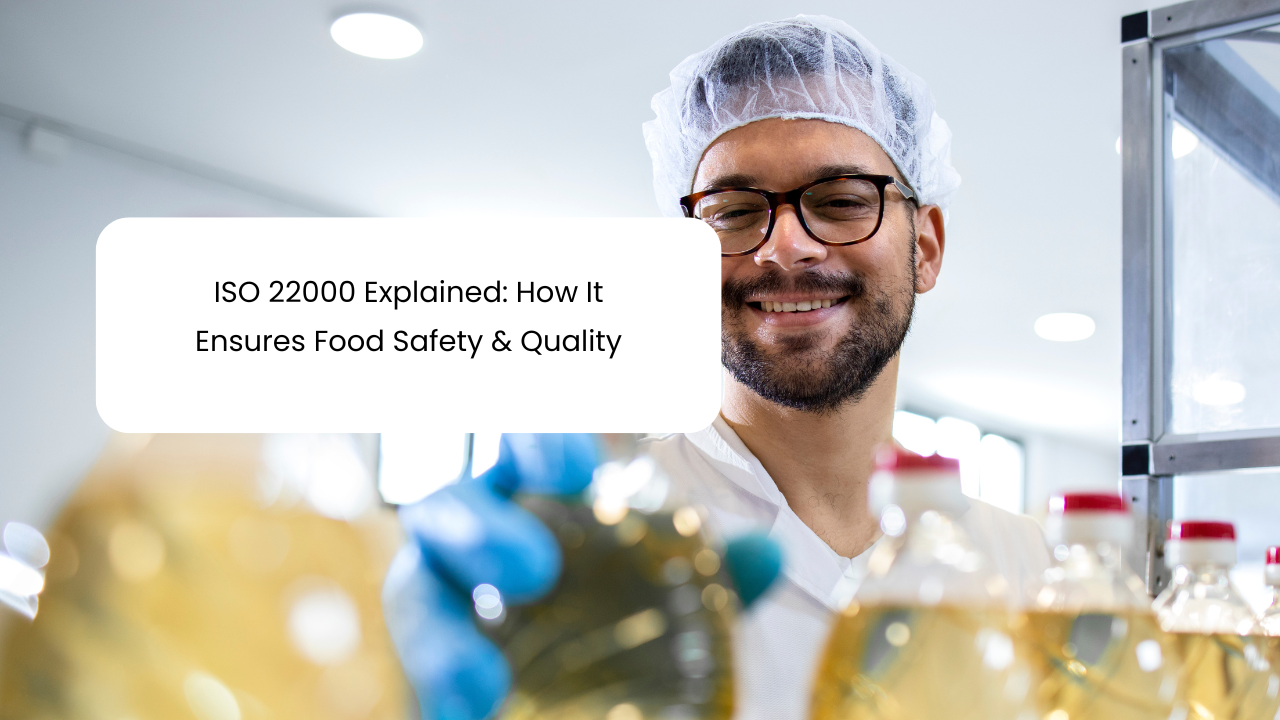
ISO 22000 Explained: How It Ensures Food Safety & Quality – A Comprehensive Guide
In this comprehensive article, we will break down ISO 22000, explore its key components, and discuss how it plays a vital role in protecting consumers while supporting continuous improvement in your food safety management systems.
Food Safety Standards ISO 22000, ISO 22000 Certification, ISO 22000 Guide, ISO Food Safety Explained, Implementing ISO 22000, Quality Management Food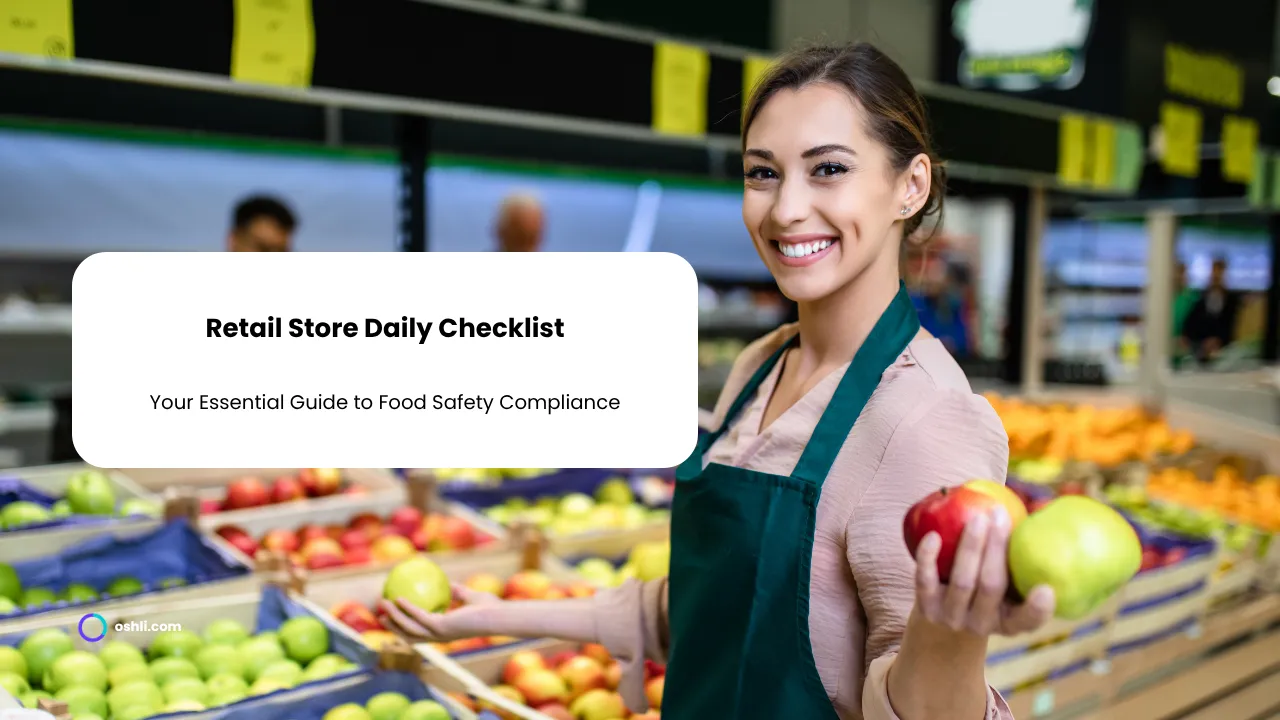
Retail Store Daily Checklist: Your Essential Guide
Discover how a retail store daily checklist boosts efficiency, ensures safety, and maintains compliance with free, customizable templates.
daily retail tasks, retail daily checklist, retail management guide, retail store operations, store closing checklist, store opening checklist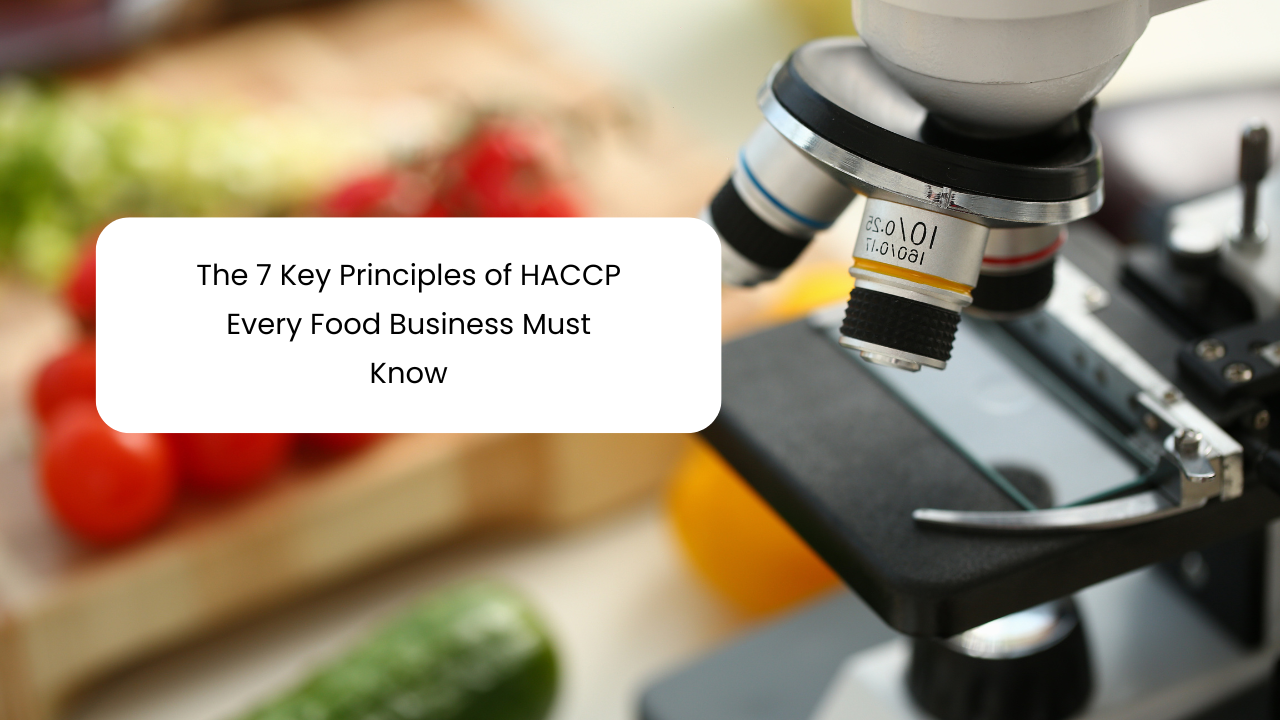
The 7 Key Principles of HACCP Every Food Business Must Know – Essential Guide
This guide is crafted with your dedication in mind. We recognize the hard work and commitment that food safety professionals put in every day to protect consumers and improve quality. In this article, we break down the 7 key principles of HACCP, providing you with clear explanations, practical strategies, and real-world insights.
HACCP audit preparation, HACCP audits, HACCP checklist template, HACCP compliance guide, essential HACCP checklist, food safety audits